-
Posts
2.332 -
Joined
-
Last visited
-
Days Won
60
Posts posted by Sundiata
-
-
@Lion.Kanzen Hmmm... They just reused the content from the free mods, which in themselves are just reskins, and slapped a price on it...
Concept art is cool though:
Their Lion-dude looks a lot like a combination of our own lion-dude and our full scale armour hero...
But it's not like I haven't shared Total War (mod) references here

-
 4
4
-
-
So I guess AoE DE is nothing to worry about huh? I'm curious what they'll come up with for AoE IV... It seems like this DE was just to keep the memory alive and spark some interest in the upcoming 4th instalment... If it's anything like DE, they better just not...
-
 1
1
-
-
A pretty decent video to understand first impressions:
A random selection of comments:
- That's why I stopped playing, as much as I like the game you have no time to establish a colony before the A.I. slaughters you.
-
Oh but once you get good and play online with friends in PvP or PvAI it gets awesome! I love dominating the seas with OP ships harassing the enemies then dropping a swift land attack from another side while simultaneously stealing their resources. Muahahahah

- But yeah by default this game throws you in at the deep end. I kind of like that. It's not a game that holds your hand as you play. It's a game that takes your hand then violently mauls it for every little failure until you learn.
-
if it was super easy people would just play AOE2

- The latest version has a tutorial built in. You can also set each AI to sandbox mode and just play around with it. The music is simply awesome and free for download, btw.
- it's the best game ever that one!! (in the opensource and non openra world)
- What is the minimum spec for this game????
- You could probably run it with a potato connected to a raspberry pi.
- Awesome game...!
- hahahahhahaha how do you expect to win with a hand full of solider!! you must expand as quickly as possible. increase your workforce, increase your army, increase your resource and area of dominance. Conquer all other nations. this the game I play everyday, when i get a chance
- Not for the faint of heart
- Yeah when you play this prepare to get the crap kicked out of you. You'll be starting out, especially bad if you're getting your bearings, then you'll just have the wrath of God drop out of nowhere and unleash unholy blitzkrieg on you.. [Hahahahahaha...! I died when I read that one...]
-
Dude you need to use trump tactics! Build a big fat wall and towers along it!
 PS: I suggest you to install the game from the official ppa. The game build version you were playing is from 2016 lol https://play0ad.com/download/linux/
PS: I suggest you to install the game from the official ppa. The game build version you were playing is from 2016 lol https://play0ad.com/download/linux/
- I get swamped by the enemy too. Neat game though.
- Age of Empires? Is that you?
- Mate, this game kicks ya butt nearly all the time but the visuals a good and teaming up helps..is fun me thinks..
- The AI can be a little brutal, though they've improved the balance in newer versions. Once you know what to build and how to manage resources, you'll find it much easier to prepare yourself for that zerging mofo.
- 0 ad really disappointed me years ago
I think most of these "concerns" will be addressed with the introduction of different behaviours for the AI and improved tutorial in the new alpha... The AI is fine (could even be tougher), first-timers just need to be able to ease in to it a little.
-
 1
1
-
@stanislas69 Thank you! It looks so lovely

On a side-note: in order to react adequately to posts without having to comment, I wish there was a blue "like" buton in the form of a thumbs up, and a red "love" button, in the form a heart, to nuance beteween, "hey, that's pretty cool", and "oh my god, I looove this!"
-
 1
1
-
 1
1
-
-
5 hours ago, mimesot said:
But the Kushites are not planned for this release, are they?
Actually...
 There's been a "soft" announcement, but I didn't want to make too much noise about it yet... I don't use svn myself, but you should definitely check it out
There's been a "soft" announcement, but I didn't want to make too much noise about it yet... I don't use svn myself, but you should definitely check it out 
-
Well, Kushites were active as far as Thebes during our timeframe, and were quite influential politically and religiously in the Thebaid region in general. They even built temples and monuments in Southern Egypt, like the original temple of Debod in Philae (currently in Madrid, Spain) built by Adikhalamani and the original temple of Dakka built by Arqamani. These were built in periods of Kushite supported revolts against Ptolemaic rule in Upper Egypt and Lower Nubia, against Ptolemy IV and Ptolemy V. Even the massive Kiosk of Taharqa, in the first courtyard of the temple of Amun in Karnak (Thebes) was built by... Taharqa, in addition to other monuments like the Edifice of Taharqa by the Sacred Lake in the precinct of Mut, in Karnak.
Admittedly, the Kushite heartlands were significantly more South than this map. It's an amazing map though, can't wait to play it
 Spoiler
SpoilerThe traditional areas of Kushite control, although during 0AD's timeframe this control sometimes extended as far as Thebes:
Kiosk of Taharqa in Karnak, Thebes, in front the second Pylon:
The last remaining "pillar of Taharqa" today:
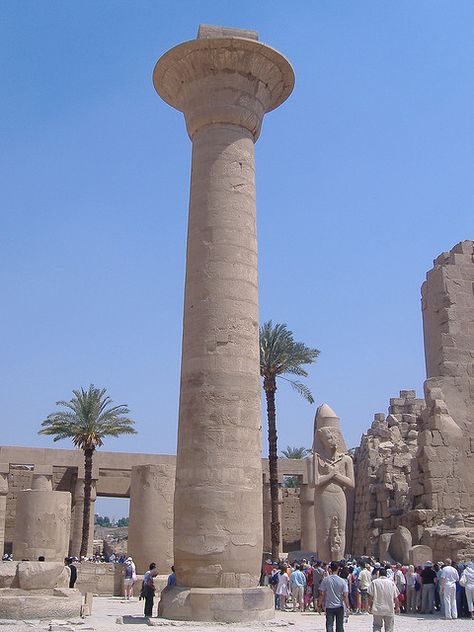
Temple of Debod, with Ptolemaic and Roman additions:
Temple of Dakka, with Roman and Ptolemaic additions
-
 1
1
-
 1
1
-
-
@LordGood That's so freakin' nice! Even the jewellery is so on point...
-
For those of you who liked the previous post on Pre-Colonial African Cavalry traditions, and those of you who haven't gone through the images yet:
The post has been extensively updated with a ton of new images and more information.
It is now divided in 4 sections:
- Pre-Colonial African Cavalry in etchings and drawings
- Pre-Colonial African Cavalry in Pictures
- Contemporary African Cavalry Traditions
- Mahdist armour for cavalry men, Sudan
-
My face right now:

Jezus... Like seriously... Hmmm, Ugh, argh, grrrr, grrrrgdbizbk###§§§§
Luckily right click and Open Image in New Tab still works... You can't keep us down google!!!
So Getty Images is the devil??
-
 1
1
-
-
@stanislas69 And these are the pointy wicker shield references from Sudan, if you're feeling for an improved pointy shield mesh..
-
 1
1
-
-
@wackyserious & @stanislas69, I can't find any good Sudanese references of round wicker shields, only the "hexagonal" ones (wicker really doesn't preserve well), but I'm guessing it would look similar to these Oriental and Ottoman examples?
Spoiler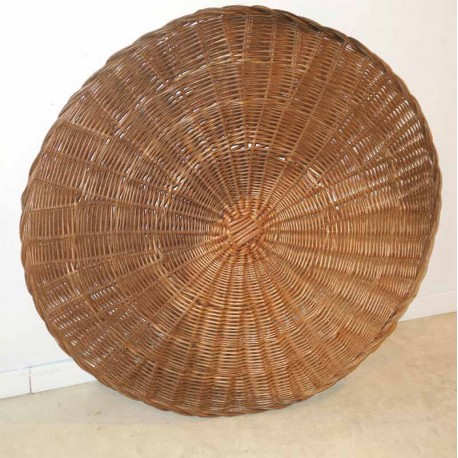
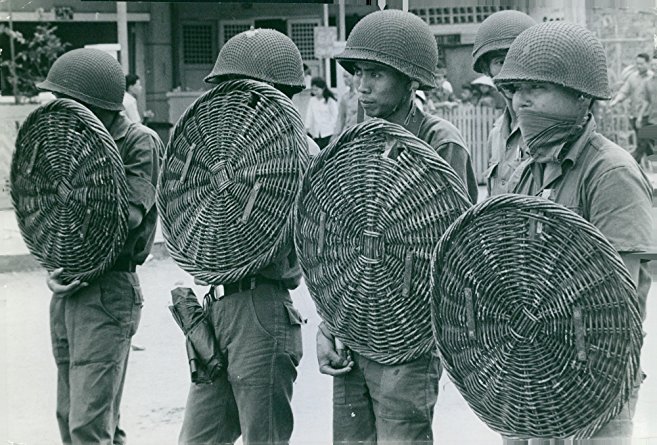
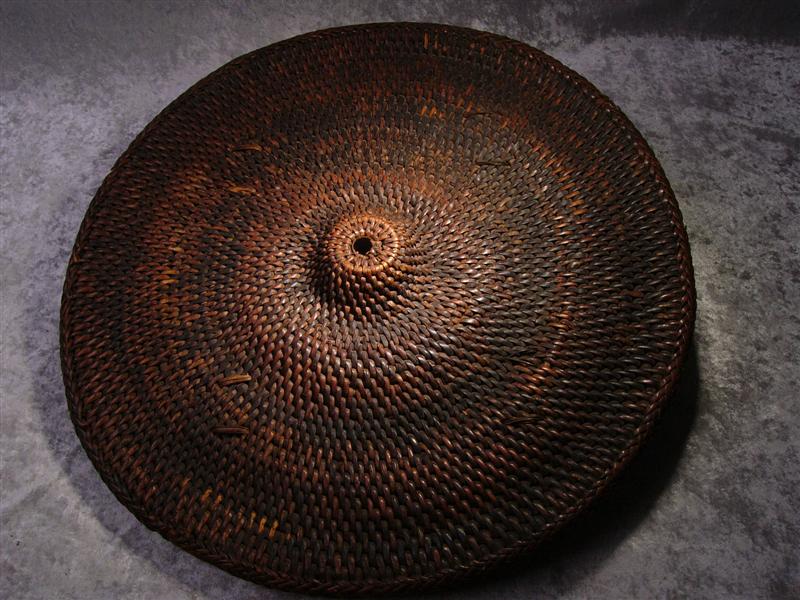
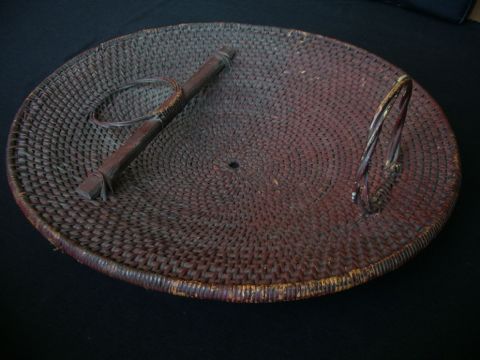
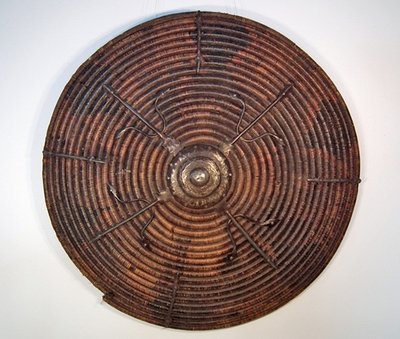
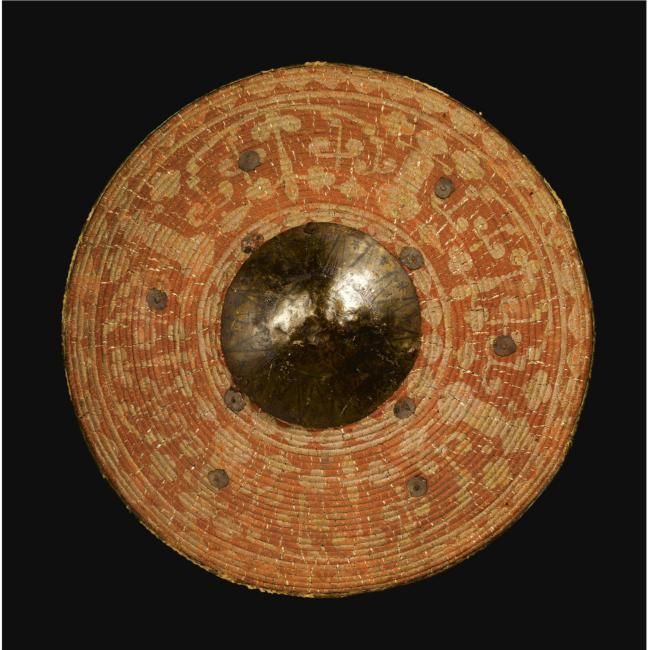
-
@Alexandermb I think plain brown cow's leather is best. I believe leopards aren't as common in the desert as in the savannahs or Nile Banks.
-
1 hour ago, Alexandermb said:
what you think about the javeling bag for the camel javelin kushites?
I don't see why not, although I can't find any references apart from these miniatures:
Spoiler -
3 hours ago, Alexandermb said:
Paint here any blanket texture desired, so it will be rendered this way
Sorry, I'm a texture novice: so does the white area stretch out to become the the sectioned part?
-
@wowgetoffyourcellphone That helmet itself is Sarmatian I believe, which would be ok. It's just the face armour/mask that's conjecture.
@Alexandermb & @wackyserious, I hope this helps a little. A collection of what I think are pretty historically accurate images of the Persian army during 0AD's timeframe. Remember they use mercenaries from all over, including Sarmatians, Scythians, Greeks, Indians, Egyptians, even "Aethiopians", so that also influenced their army composition and equipment over time.
Brace yourselves:
The Achaemenid Persian Army:
-
 2
2
-
 1
1
-
-
-
@Alexandermb I think the other references (all of them) are pretty good, with the exception of that face-armour :/. I searched and searched, but I couldn't find any references for that type of mask dating to the Achaemenid Persian era. They seem to become popular during the Parthian and Sassanid era, and are very common for late medieval Persia, but not the achaemenids apparently...
I must note, by the time that Alexander invades, Greek mercenaries and their equipment were commonly used by the Achaemenids, so it's even unlikely that there weren't at least some of those face armours around, I just haven't seen any evidence.
-
 1
1
-
-
@Alexandermb The new camel looks supercool indeed! Don't forget about your new camel-stance though, with the legs being closer together.
It actually looks like an actual camel... Pretty groovy...
-
9 hours ago, LordGood said:
Guys think it might be time for more true 3D rimmed shields?
I'm not stopping you

-
44 minutes ago, stanislas69 said:
Dépends on what black bands you are referring too. If you refer to the horizon when having the camera at the ground level it's the skybox.
If you refer to a corner appearing on the screen to the skybox then yes that's because it's not transparent. Alpha transparency for this could have disastrous performance though.
It depends on both... There should never be any black band stretching across any horizon. I don't know anything about alpha transparency and performance, but I do know that those black bands (whether they're caused by the skybox or by the map, it's the same black), are very distracting from an aesthetic point of view, and ruin otherwise majestic screenshots.
This probably isn't an easy fix, or else it would have been fixed before, but it should be one of the (many) priorities. It would make for a much more professional looking game. Black band screenshots are terrible for marketing, is basically what I'm saying.
-
 3
3
-
-
Oh my, I feel so silly now... So the black bands are created by the black edges of the square map, that's pretending to be round?? Ooooh, of course, duh...
as @mimesot said:
Quotethere is the equally beautiful circular map shape with its smooth transition into blackness, which you usually look upon from above. What if the transition wasn't into blackness but into transparency and the skybox had a much lower lower boundary. As the botton of the skybox is black, you wouldn't see any difference at the transition zone when looking down at a steep angle. At a flat angle the transition zone would look much slimmer (except the terrain was inclined steep upwards) and transition from terrain texture to sky texture. If the terrain at the map boundary was sloped downwards you would even get a hard horizon line. Is this possible? Does the engine support alpha values for terrain surfaces?
This problem really needs to be solved because it's a real thorn in the eye for screenshots... It's been brought up by many people for years.. 0AD looks gorgeous at low angles, and the low angle stuff puts 0AD in a different league than most RTS games. The black bands at the horizon just kind of ruin it... I don't want to have to photoshop my screenshots just to have something presentable, you know... It feels wrong... But black bands at the horizon are even more wrong...
So the map should indeed transition into transparency, not blackness.
Who can do this? @elexis?
-
 1
1
-
-
Just now, wackyserious said:
What would be the color of Harsiotef's horse?
I love specific questions like that, even if I don't have the answer...

I haven't seen any specific mentions of horse colours during 0AD's timeframe, but in the later post-Meroitic and Christian periods, a black horse with white socks was specifically mentioned as the preferred type. So I coincidentally used an appropriate type in my example...
-
 1
1
-
-
Pre-Colonial African Cavalry Traditions
Super Illustrated
When I was a lot younger, I came across 2 images of African pre-colonial heavy cavalry, which absolutely fascinated me. At the time I had never seen African cavalry, let alone heavy cavalry. In those early days of internet, it was very difficult to figure out where these images came from, or what exactly they were depicting. Luckily, times have changed, and we now know a lot more about these images, as well as the much broader context of ancient African cavalry traditions. Even more interesting for us, it has become apparent to me that the earliest diffusion of horses and cavalry culture into Central- and West-Africa came from none other than Kush and its periphery, which makes the study of African cavalry traditions all the more interesting from a Kushite perspective.
Quilted cotton for horse and rider, seen on this cavalry man from the Kingdom of Baguirmi (Chad), once part of the great Kanem-Bornu Empire (neighbouring Sudan). The riders often wear a leather or iron/steel cuirass underneath the cotton armour. This 19th century rider is wearing a quilted cotton skullcap... This can not be unseen... Neither can his double tipped spear. These are the cataphracts of ancient Africa:
Imagine my elation when I stumbled across this exact type of armour in a basement exhibition on African history in the British Museum, by chance... They're even more imposing in real life! Those metal cuirasses were impressive, and were said to be able stop the ball of a musket.
Chainmail was also widespread. Mounted body guard of the Sheik of Bornu, in full chainmail. Underneath his turban, he has a leather reinforced cap, made up of thick bands tied together at the top with those rectangular leather bits. Also, that armour piercing spear seems unpleasant...
Studying the similarities between ancient Kushite cavalry and later medieval cavalry traditions is made difficult because of the spread of Arab and Berber cavalry customs to the Sub-Saharan regions in later periods, which has totally overshadowed the earlier Sub-Saharan horse periods from an academic perspective. Most people including academics don't know that horses were being bred in Sudan as early 1500BC, which makes an accurate assessment of the origins of African cavalry traditions nearly impossible in the popular academic world. I hope that my research in this thread (including the reliefs and graffito depicting horses, written histories mentioning cavalry, and the burial of entire horses and their equipment in some of the royal tombs) goes some way to addressing this issue. Experts in the field have long written about the importance of horses, cavalry and chariotry in ancient Kush, but popular attitudes are sometimes hard to change.
Following points are interesting:
the existence of an ancient and large indigenous African horse-breed, known as the Dongolawi, which is markedly different from Arab or Barb horses, originated in Sudan and fits ancient descriptions. It predates the Arab and Barb horses in Africa, and was bred and exported widely on a large scale during antiquity. It is now found all across the Sudanic belt (from Sudan to Senegal), but has been interbred with foreign horse-breeds. Pure Dongolawi are rare, but still widespread.
The widespread similarities in Sub-Saharan horse-acutrements, including decorated bands of leather and/or cloth and metal across the chest and backside, metal bells, saddle-types, types of halter and types of stirrups and even the use of raised chamfrons as well as the use of semi-cercular cheek-guards is noteworthy.
Arab, Berber and Sub-Saharan cavalry traditions share certain commonalities, but are also very distinct from each other. Arabised African populations use Arab cavalry traditions. Berbers cavalry is part of the Numidian and even Roman heritage mixed in with Arab and Sub-Saharan influences. I believe Sub-Saharan cavalry traditions primarily come from a third "mystery" source: Kush... Especially along the Sudanic belt, a vast biotope stretching from the savannahs of Sudan to Senegal, culture, people, religions and technology moved relatively freely. Many similarities can be found among the otherwise very diverse people of this vast region, including similar cavalry traditions. It is no coincidence that some of Africa's largest empires were situated along this biotope, like the Mali Empire, the Songhai Empire, Kanem-Bornu, the Hausa city states and the Sokoto Caliphate.
Quilted cotton armour, which is first recorded in the Nile Valley in antiquity, was used by Kushites to cover horse and rider. This is a quintessentially African type of armour that was used in Sudan during the BC-era, and spread to Central- and West-Africa where it is used to this very day (mostly ceremonial). This specific type of armour is so wide-spread, that an ancient point of dissemination is almost unquestionable. It is used in countries from Sudan to Mali, including Chad, Niger, Nigeria, Cameroon, Burkina Faso, Togo... Quilted cotton was later spread in the Middle East by the Arabs through Egyptian influence and even appears in medieval Europe.
In the book "On the Erythraean Sea", the Greek historian Agatharchides, relating to Ptolemy II Nubian campaign, refers to a native type of felt armour for horse and rider that covers the whole body except for the eyes:
For the war against the Aithiopians Ptolemy recruited 500 cavalrymen from Greece. To those who were to fight in the front ranks and to be the vanguard - they were a hundred in number - he assigned the following form of equipment. For he distributed to them and their horses garments of felt (stolas piletas), which those of that country (hoi kata ten choran; "the natives of the country" in Burstein) call kasas, that conceal the whole body except for the eyes.
This is almost definitely Kushite quilted cotton. "that conceal the whole body except for the eyes"... I think I might know exactly what type of armour it was, and why it was so important. It was used by Kushites as an effective protection against arrows, which made it important for Ptolemies in their campaign against the archery heavy Kushite army. Here's an example of a 19th century Sudanese quilted cotton armour for horse and rider, covering the whole body except for the eyes, almost the same as the one used by the horsemen of Baguirmi and fitting ancient descriptions:
An ancient Kushite example?:
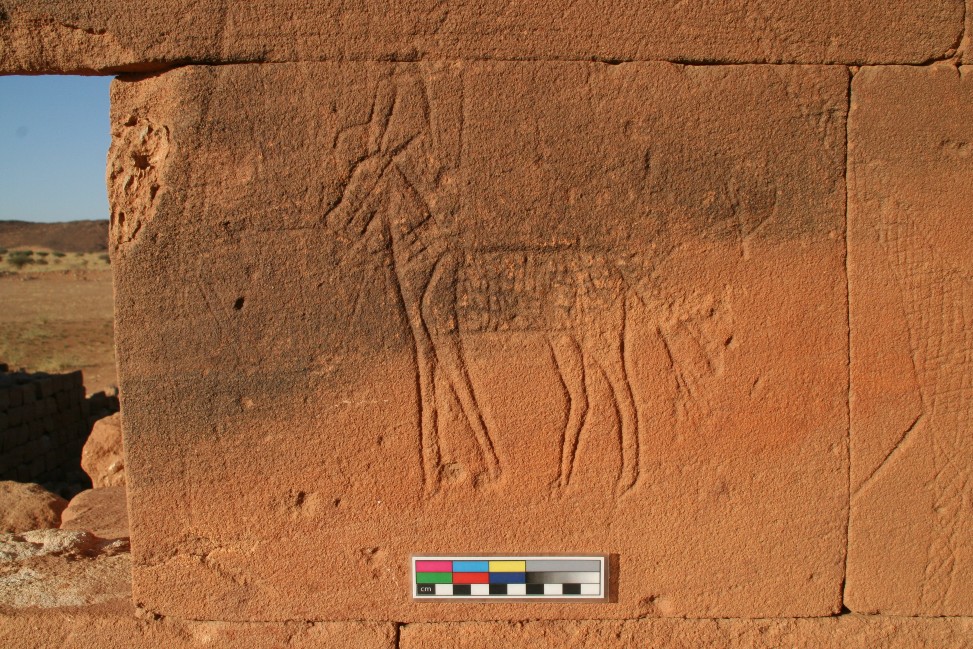
The iron cuirass worn underneath the quilted cotton armour of the riders of Baguirmi:
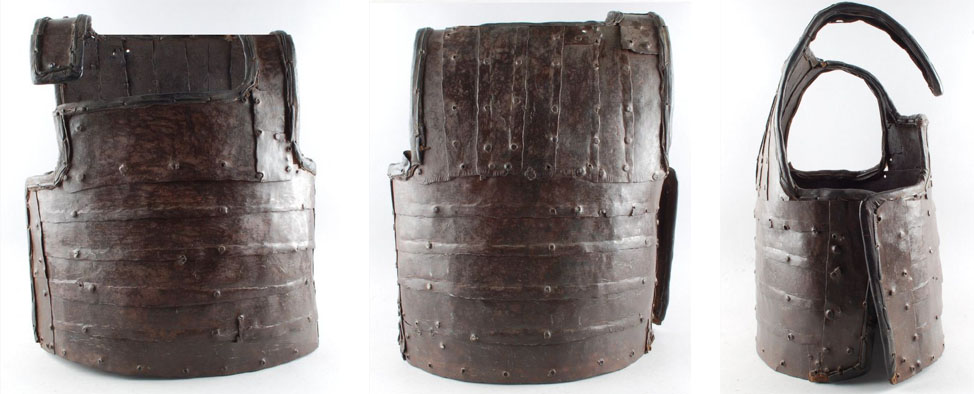
Anyway, enough talk from me, enjoy this very large collection of Pre-Colonial African cavalry illustrations:
Pre-Colonial African Cavalry in etchings and drawings:
Spoiler19th century Kanem Bornu warriors
Bornu warriors
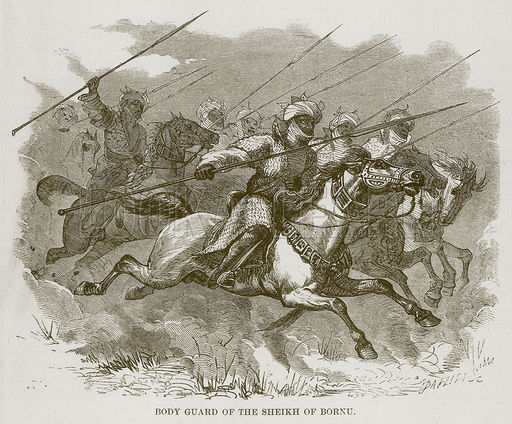
Lovely...
Mossi cavalry doing some slave-raiding in Burkina Faso/Northern Ghana.
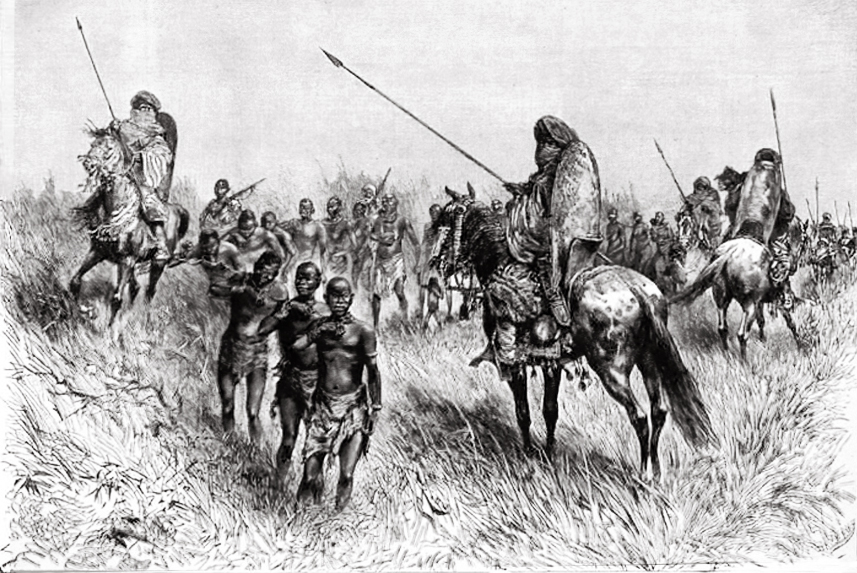
The Mossi King and his horsemen
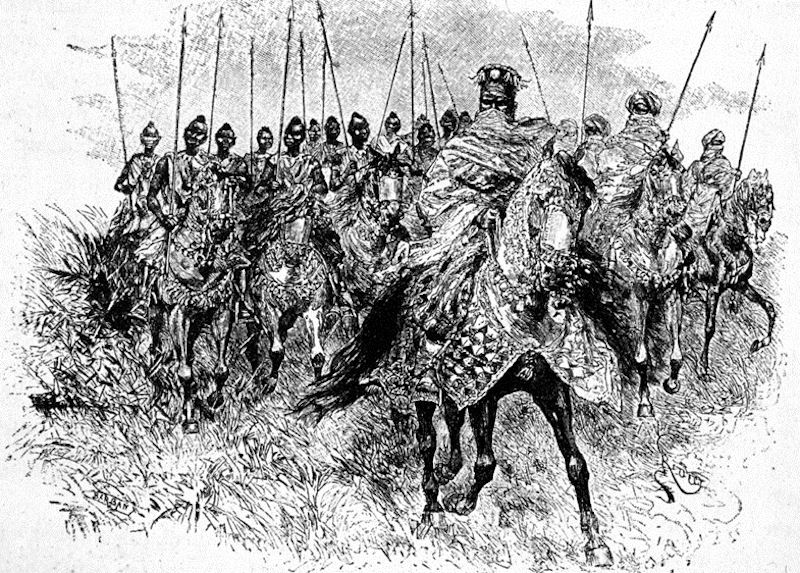
Mahdists in Sudan
Sudanese Mahdist warrior. That linen wrap-around looks very similar to our Kushite linen corselets
Sudanese Mahdist warriors during a cavalry charge into musket fire. If you look closely, these 19th century warriors are wearing linen "corselets" remarkably similar to the ancient Nile Valley equivalent.
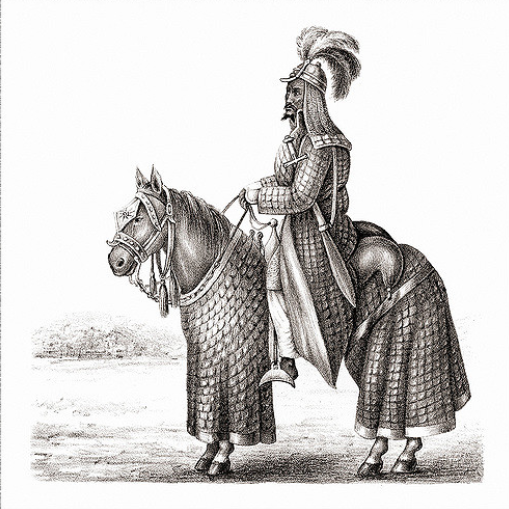
Ethiopian cavalry
The Ethiopian Emperor Tewodross II fought a rather disastrous war against the British, who employed Indian war-elephants and heavy artillery. The British didn't stick around though. Menelik II had consolidated power as quickly as Tewodros II had been defeated.
Emperor Menelik II, sovereign of the Abyssinian Empire of Ethiopia, marching with an immense army of more than a hundred thousand men, and almost 9000 horses towards Adwa, to face an Italian force of more than 10.000 Italians and tens of thousands of native levies including Eritrean Ascari and Oromo horsemen, in 1896. The Battle of Adwa was the largest single defeat of a modern European force in African history and it was decisive. The Italian army was completely decimated, and the Italians were forced to recognise Ethiopian sovereignty. As the only African nation to successfully resist European colonialism, Ethiopia became a symbol of hope and resistance for African liberation struggles around the world.
Menelik II also started construction on Ethiopia's first rail-way from Addis Ababa to Djibouti.
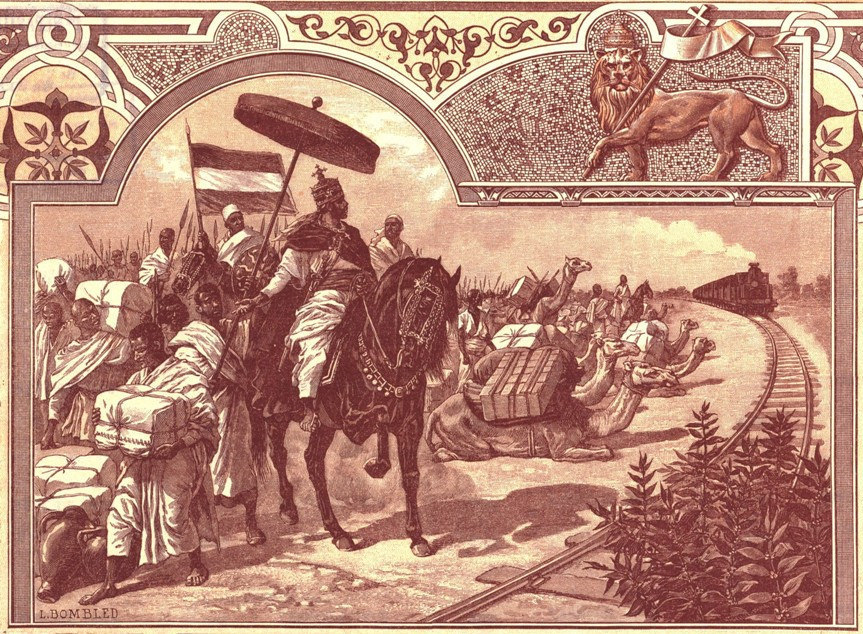
Ras Makonnen, brother of Emperor Menelik II and father of Emperor Haile Selassie I, was one of the main commanders at the battle of Adwa
Emperor Menelik II and Ras Makonnen
Abyssinian warriors, Ethiopia
Early Kanem Bornu
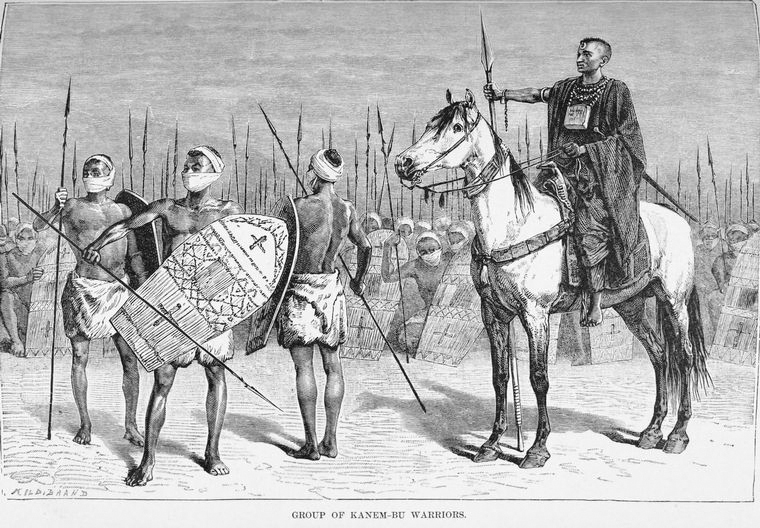
A king's favourite wife..
Heavy cavalry and infantry-man from the Sudanese Mahdist revolution in the late 19th century. These are some of the last real African knights to ride in to battle in full chain mail. Chainmail causes bullets to fragment in to splinters (very ugly wounds), so that didn't work out too well for them...
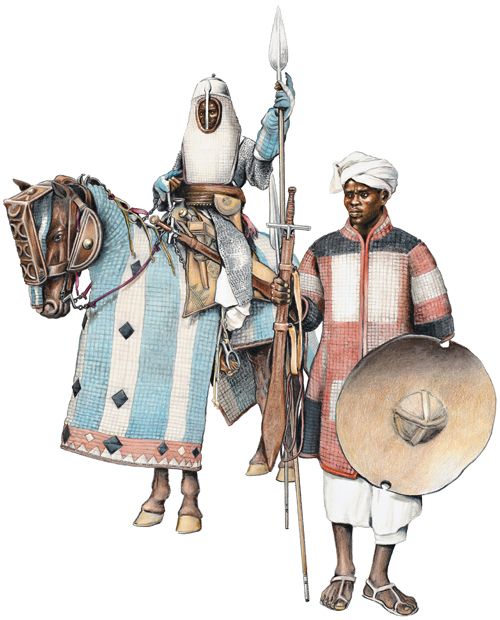
Cavalry from the Sudanese Sultanate of Sennar alongside a British merchant. The Sultanate of Sennar was one of the last independent Sudanese states, before its assimilation in to the Ottoman Empire.
The Nobatian King Silko (Nubia, Sudan), alongside a Blemmye archer and a Roman frontier guard. After the central authority of Meroë started weakening, the Romans "invited" the Noba (semi-nomadic Western Desert dwellers) to settle Lower Nubia, as Roman foederati to protect the Roman frontier in Southern Egypt. Many aspects of Nobatian culture was directly inherited from their earlier Meroitic overlords.
Typical Sudanic quilted cotton on the African savannahs
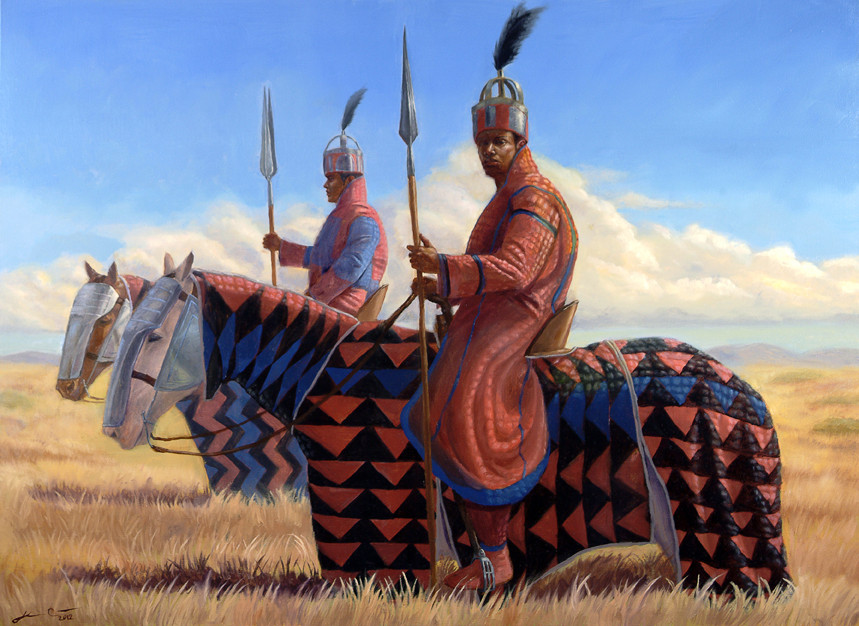
The Oba of Benin meets with Portuguese traders.
The Oba of Benin. Benin was an ancient and powerful city state in the Southern Nigerian rainforest, famous for it's brass-cast heads of royals, known as the Benin Bronzes. They were fond of leopards...
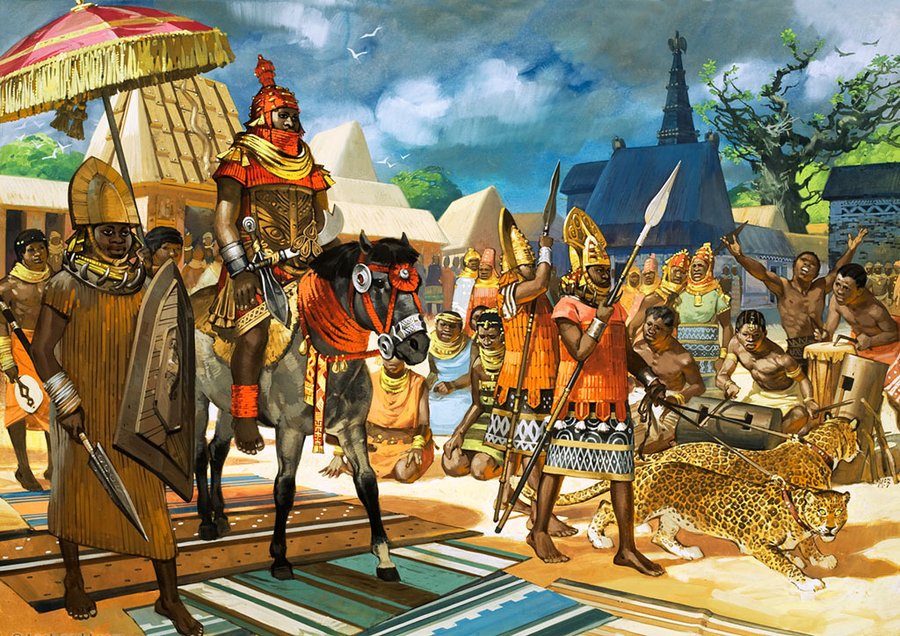
A commander in the army of the Ashanti empire, one of the most powerful military forces in Africa at the dawn of colonialism (modern day Ghana), second only to that of the Abyssinian Empire (Ethiopia). The use of massed musketry and advanced military tactics and strategy made Ashanti a formidable opponent to European colonisers, resulting in no less than 4 Anglo-Ashanti wars spread over almost a 100 years of fighting before the British managed to subdue them. Ashanti are not known today for their horses, but used to maintain a royal cavalry force at the capital city of Kumasi. Tse Tse flies wiped out the horses in the 18th century...
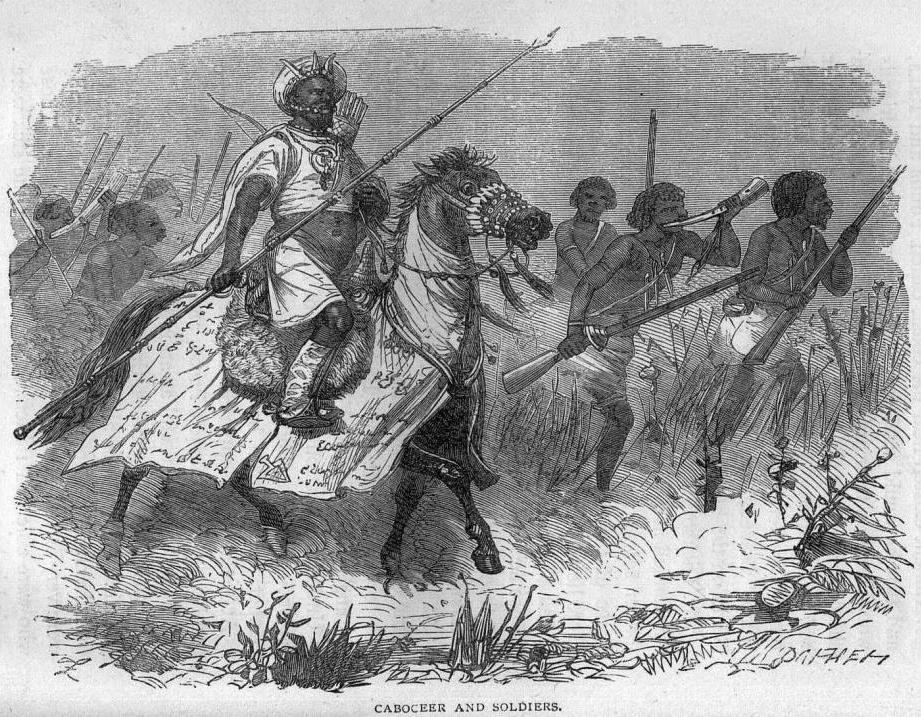
Another Ashanti commander, wearing the batakari war-smock and wearing a ram-horn headdress with feathers still worn by the right hand of the Akan kings today.
Senegalese horseman, 1780's
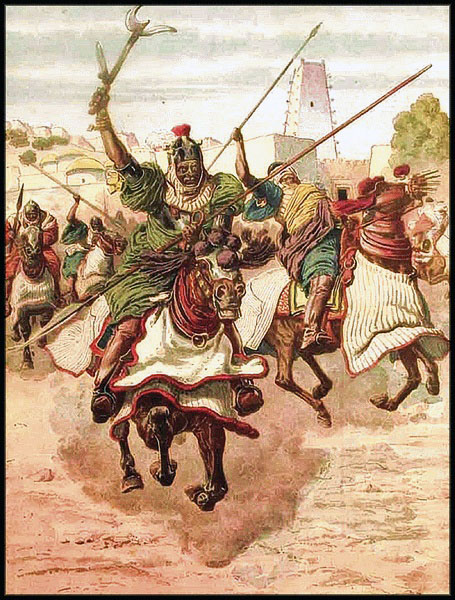
From the Faras cathedral in Nubia, Sudan, Makurian period.
Ethiopian cavalry in medieval Christian Ethiopian church paintings:
Saint George slaying the dragon
Pre-Colonial African Cavalry in Pictures:
SpoilerSudanese quilted cotton in the field. The rider on the right is wearing a heavy chain-mail armour. Notice the hundred or so cavalry men lined in the distance behind this pair.
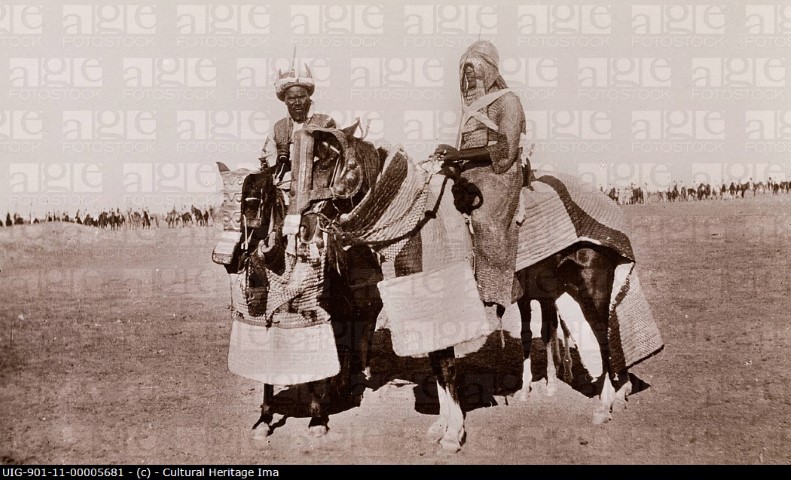
Rider from Sudan
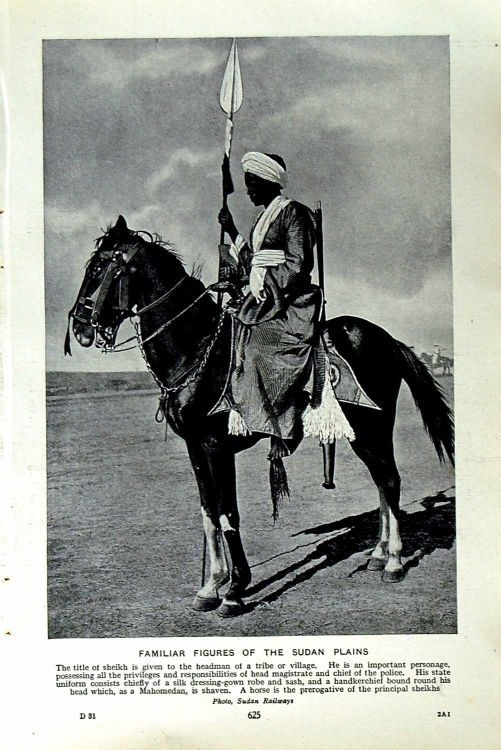
Sultan of Dar Masalit, Sudan
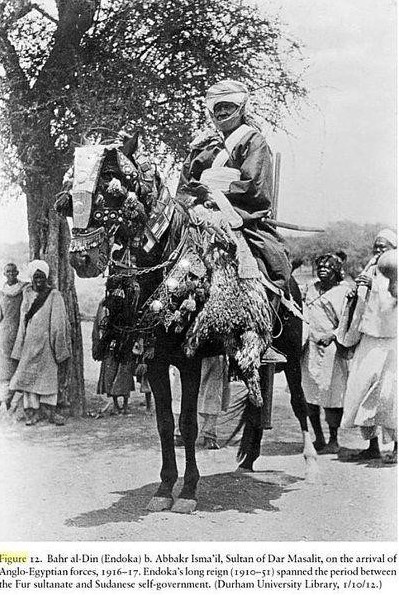
Gift from the Sultan of Darfur, Sudan, to the British governor. Quite incredibly, both of the men in this picture are wearing wrapped linen corselets, seemingly identical to the ancient type worn by Kushites and Egyptians!
Rider from Darfur, Sudan
Nupe rider, from Bida, Nigeria
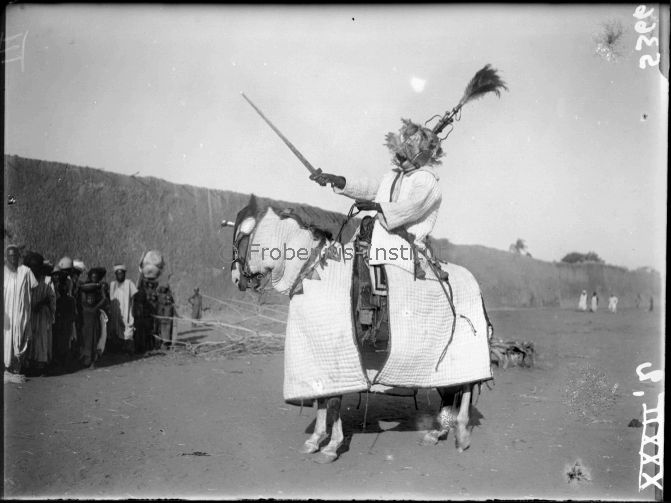
Flaps open for ventilation?
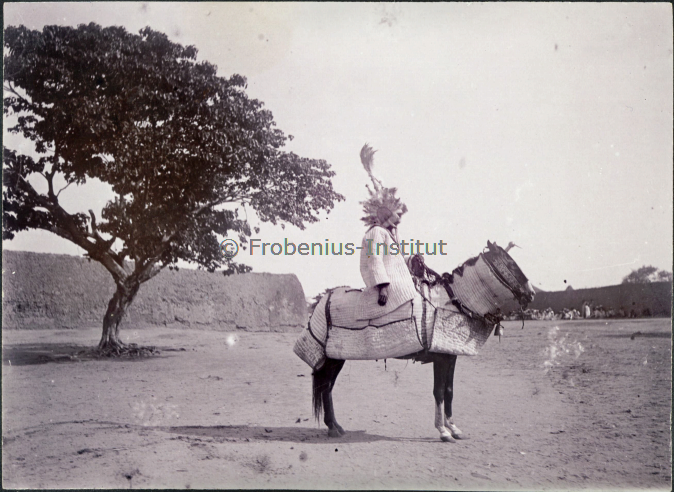
Cavalry of the Kingdom of Bamun, at the ancient capital of Fumban, Cameroon
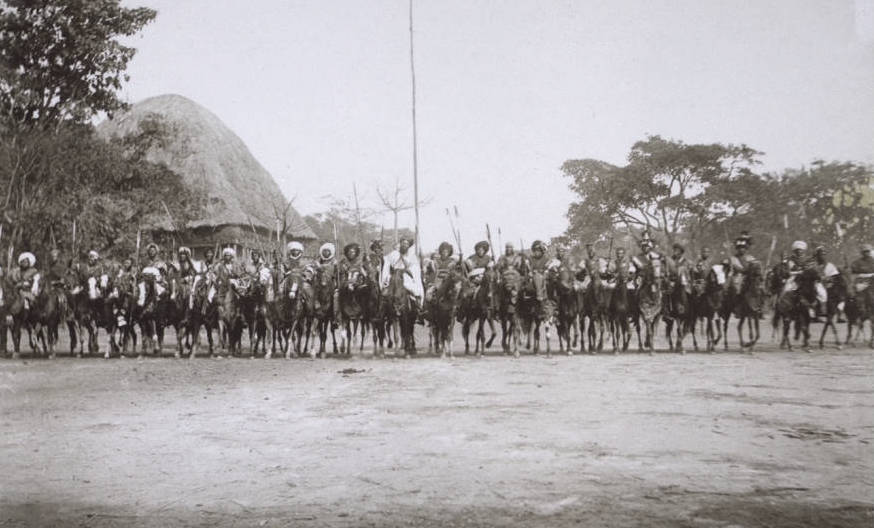
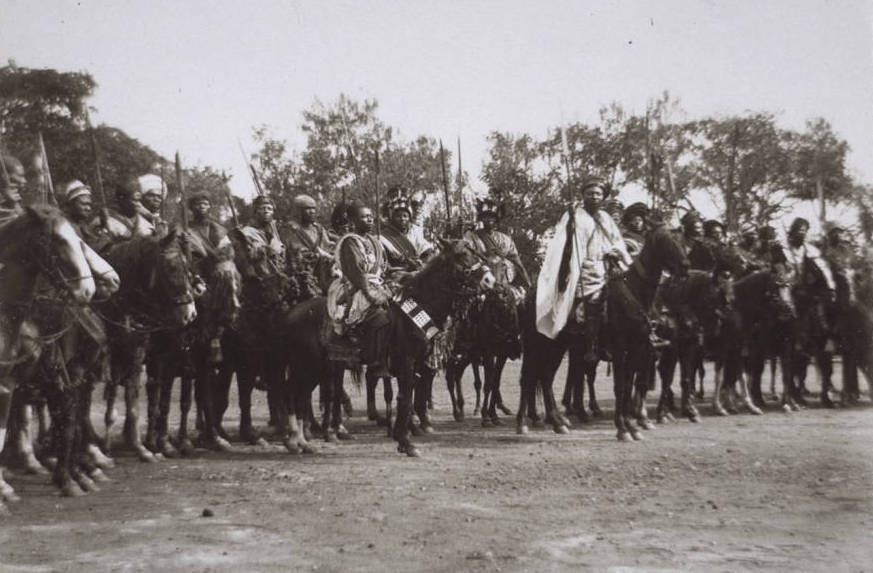
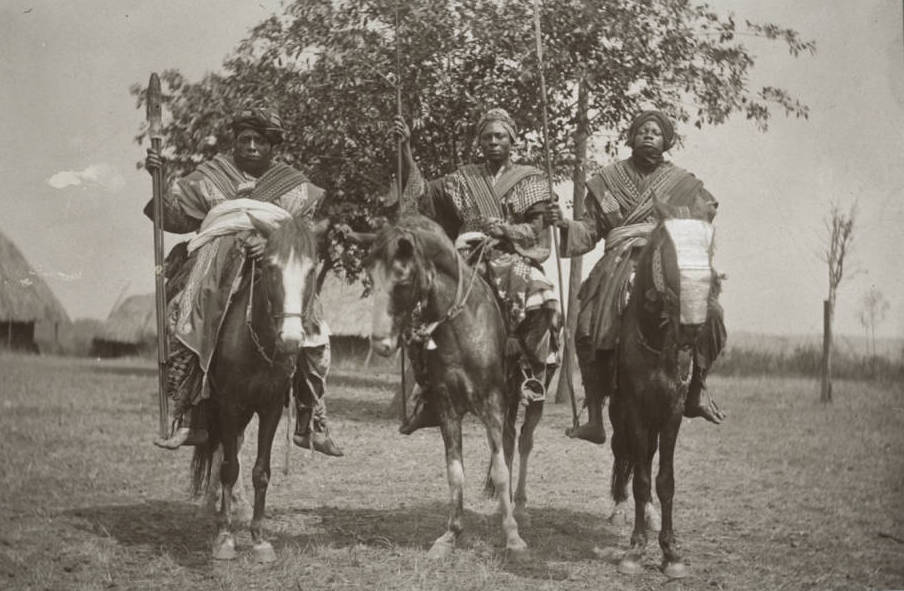
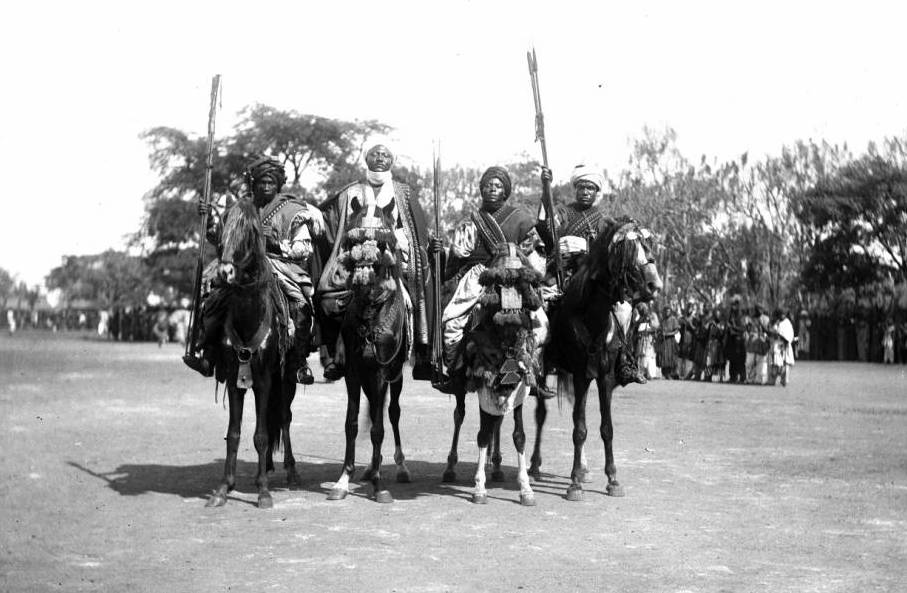
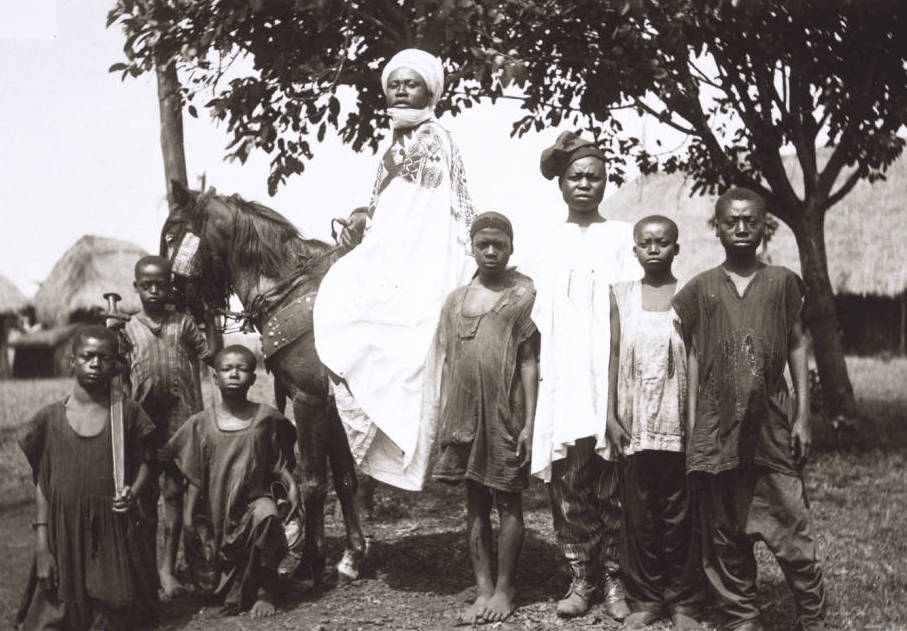
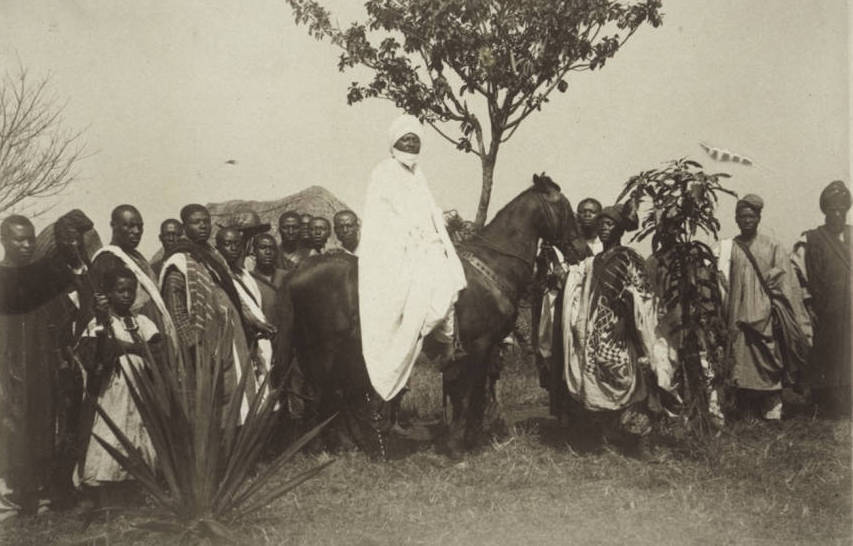
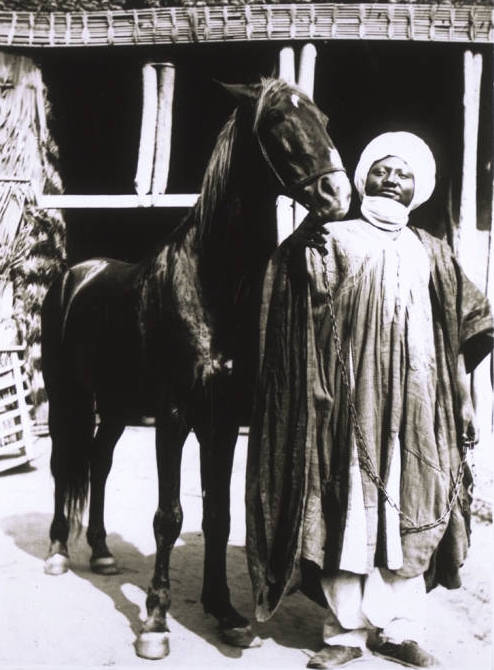
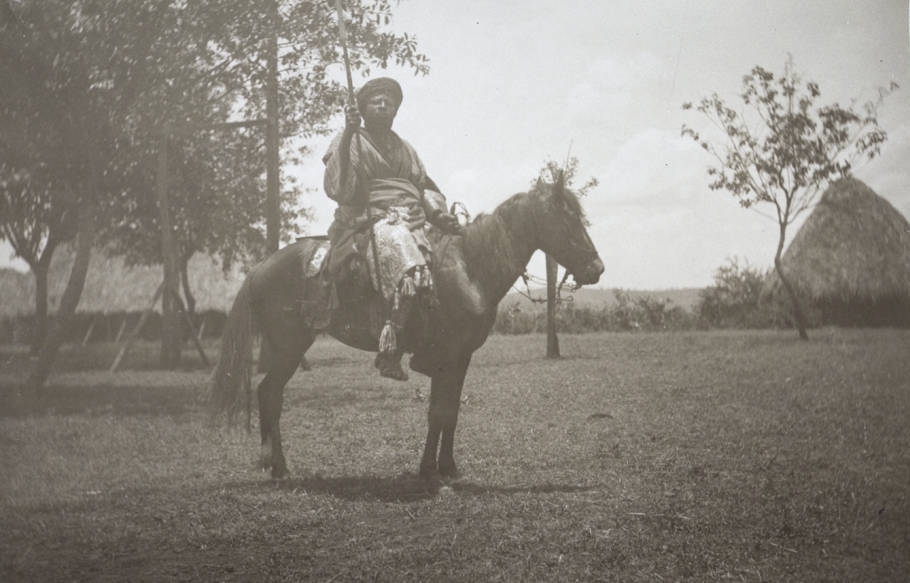
Riders in front of the palace at Fumban
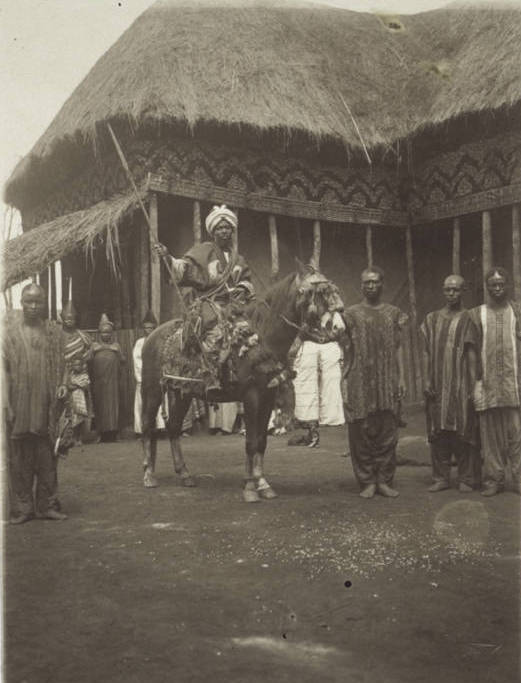
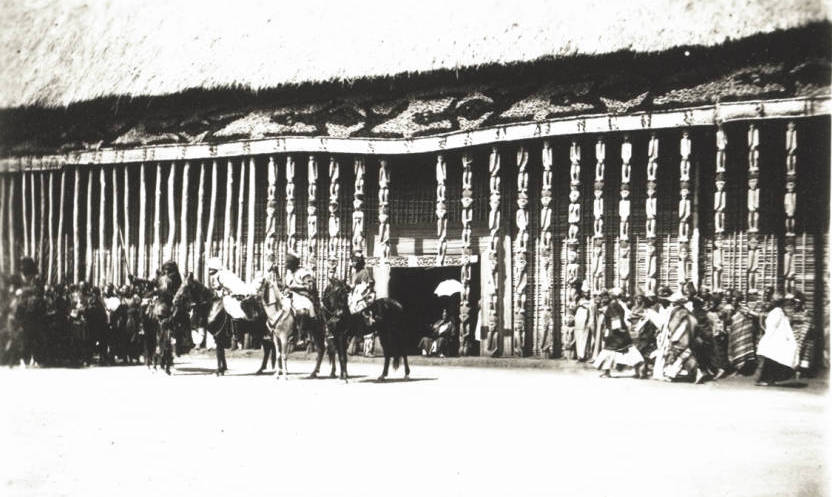
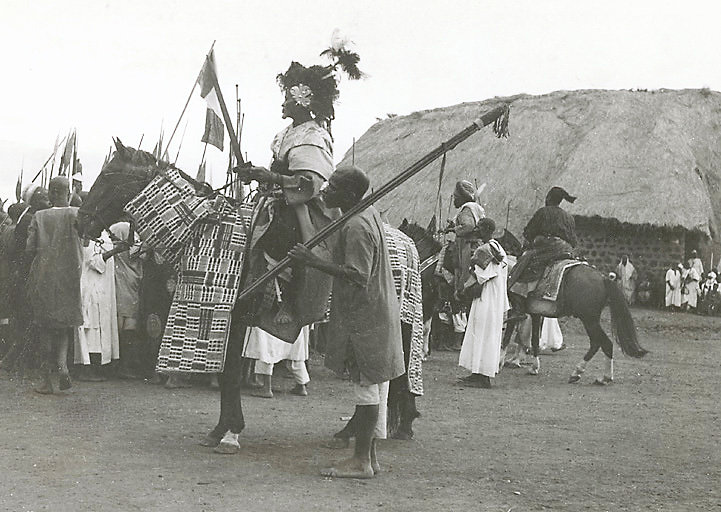
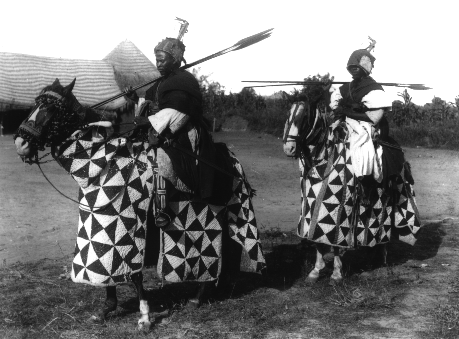
Mundang horsemen
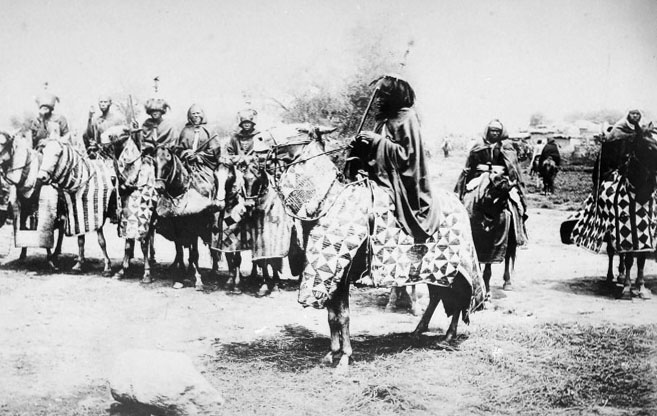
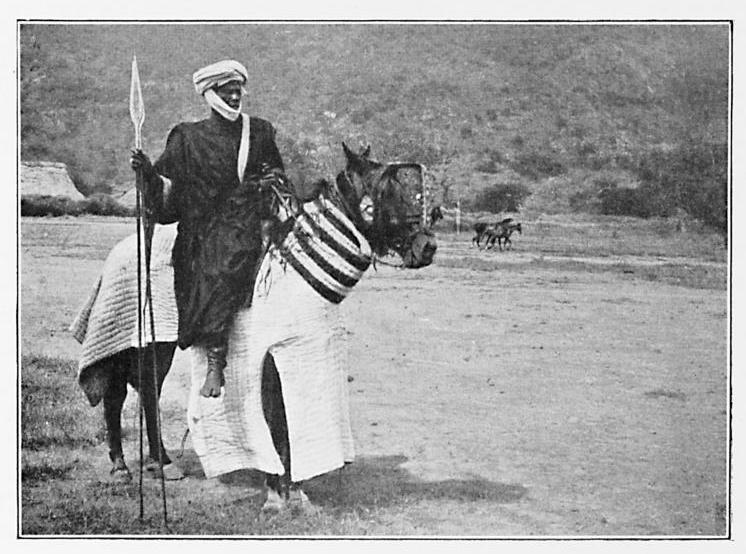
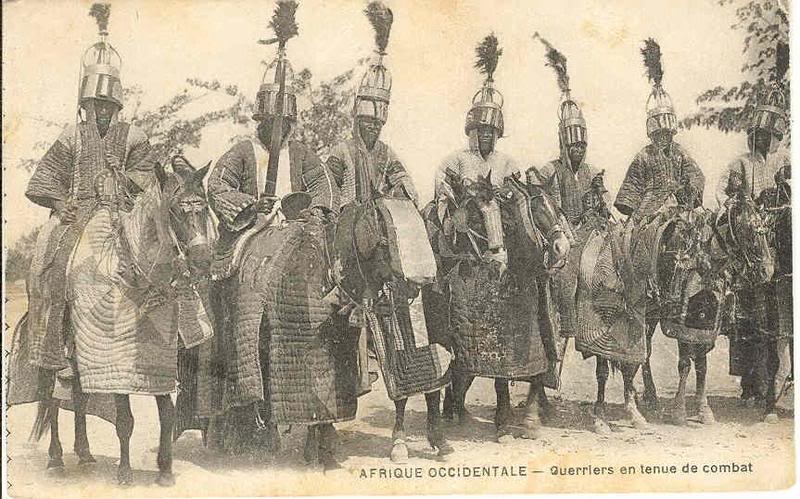
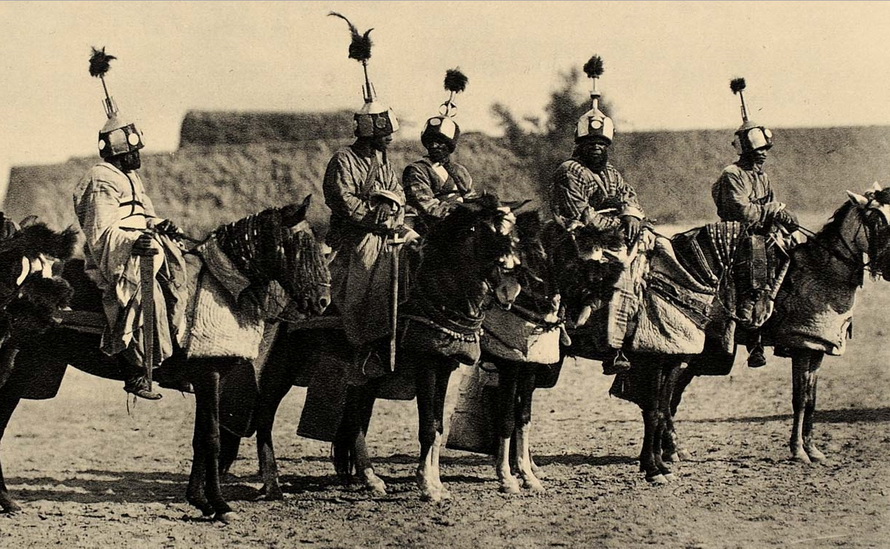
Dikwa horseman. Head is covered with chainmail. I suspect there's an entire armour underneath all that fabric.
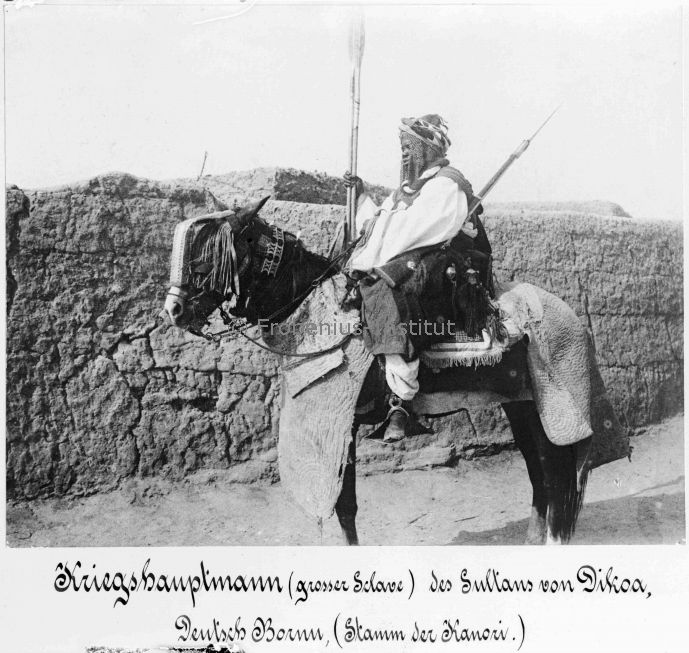
A Majestic example of the Dongolawi horse-breed! A strong and tall horse with a relatively short back and a concave head.
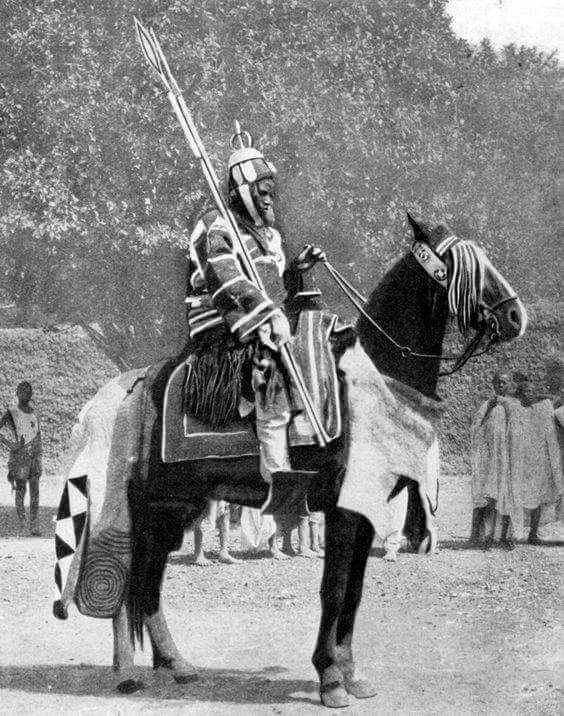
Mounted soldiers from Dikwa wearing a chain mail vest
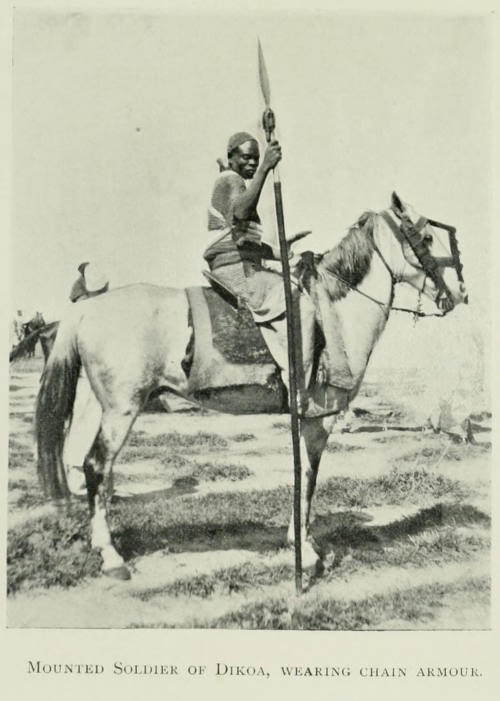
Another chainmail vest and chainmail cap
Hausa horseman
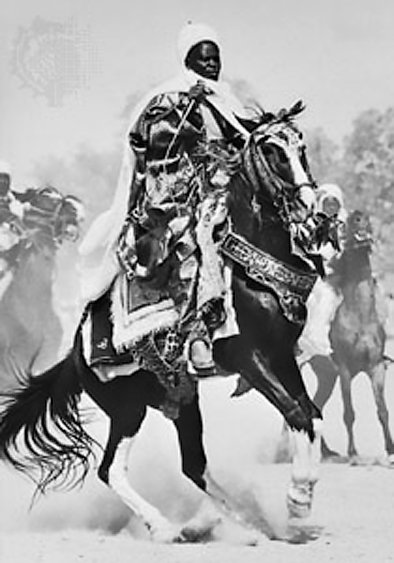
Nupe, bida
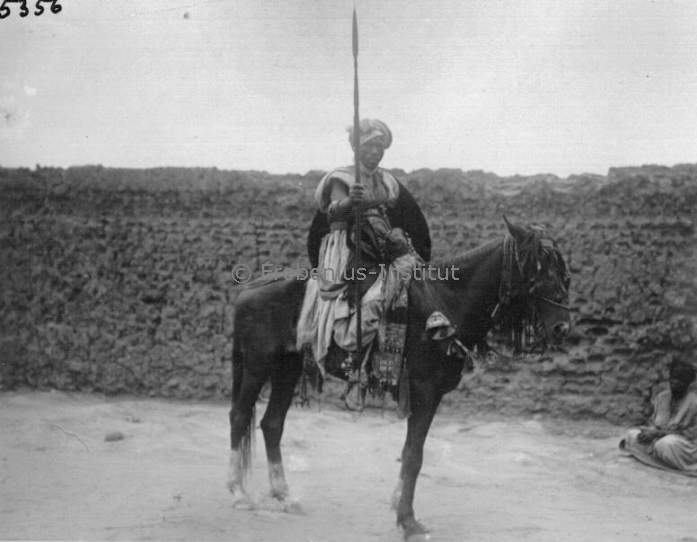
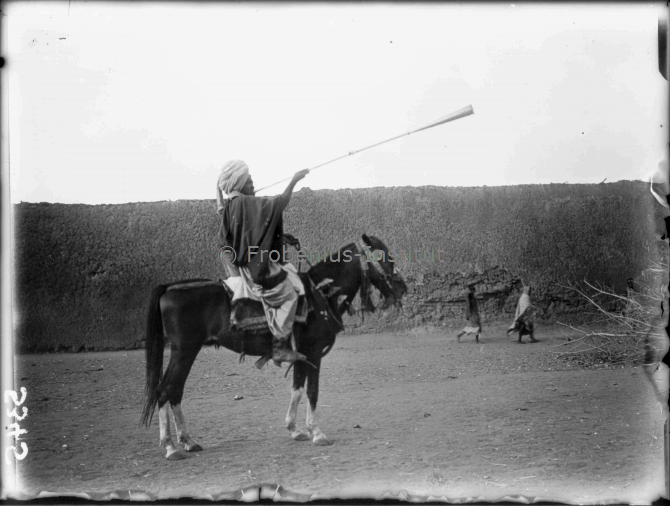
Cameroon
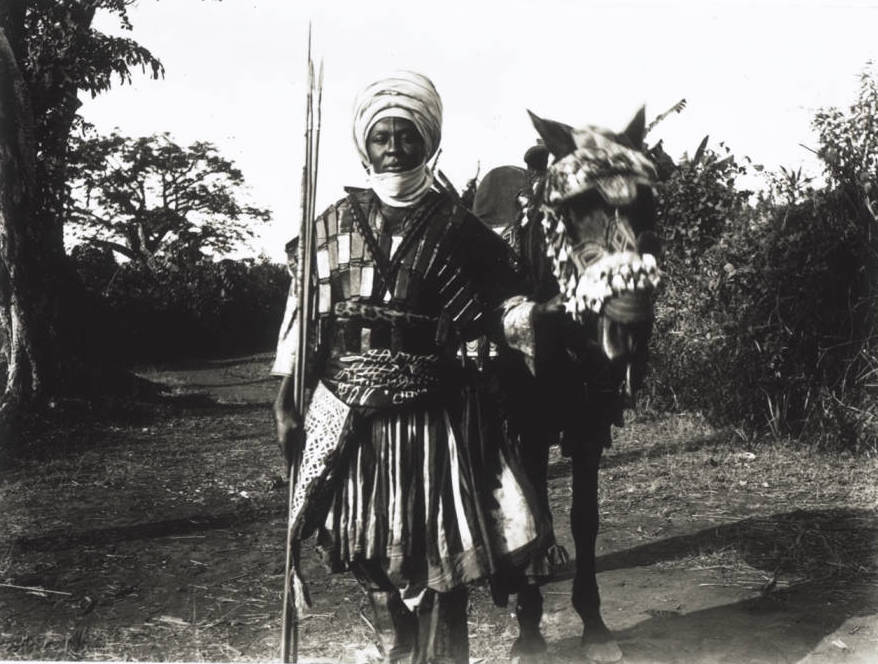
Togo
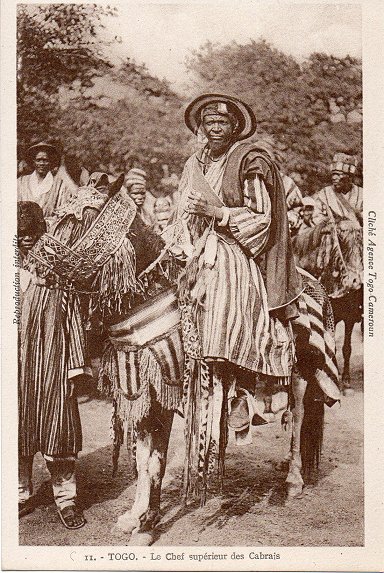
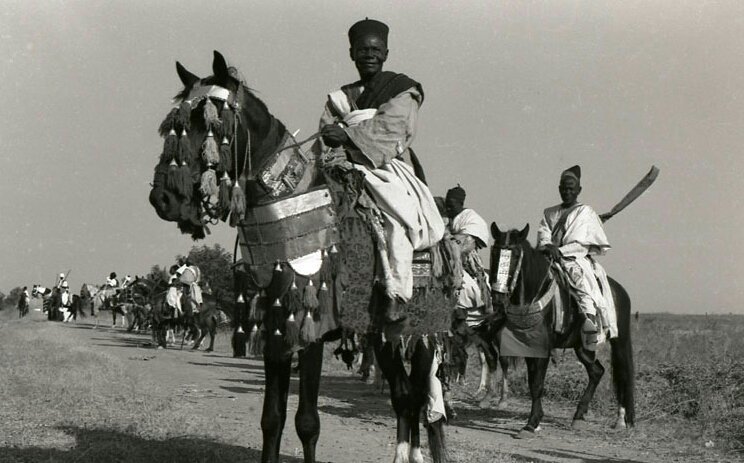
Chad
The Shehu, ruler of the Dikwa emirate (a successor to the Bornu Empire) showing off.
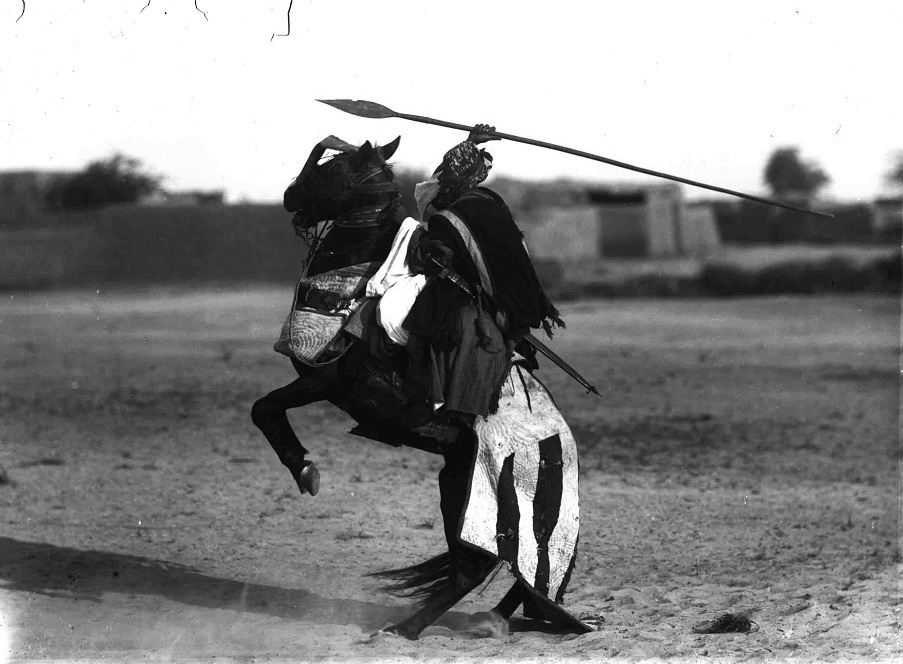
Typical Touareg cavalryman with hide-shield
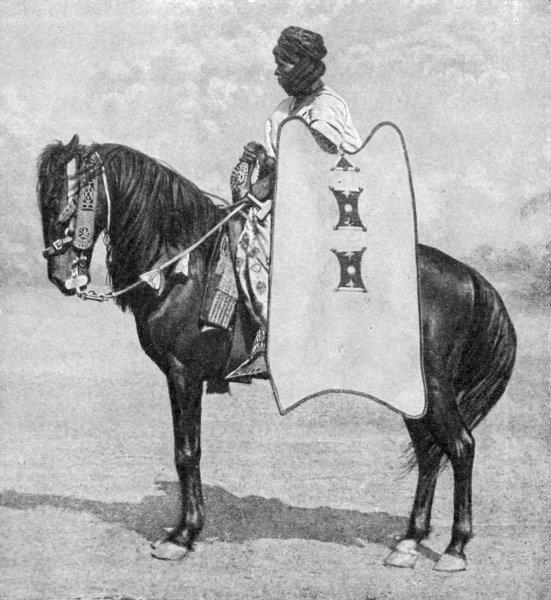
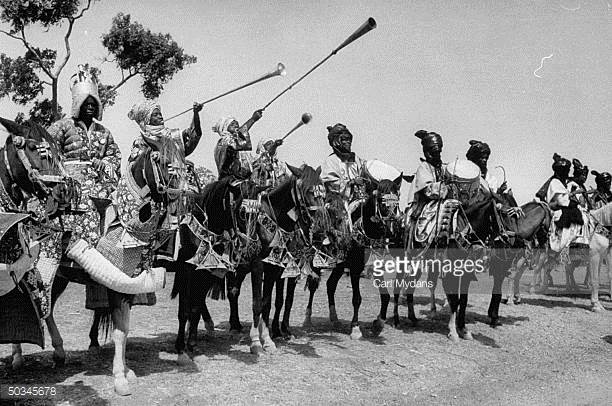
The Hausa people from Northern Nigeria/Niger/Chad have some of the strongest cavalry traditions on the continent.
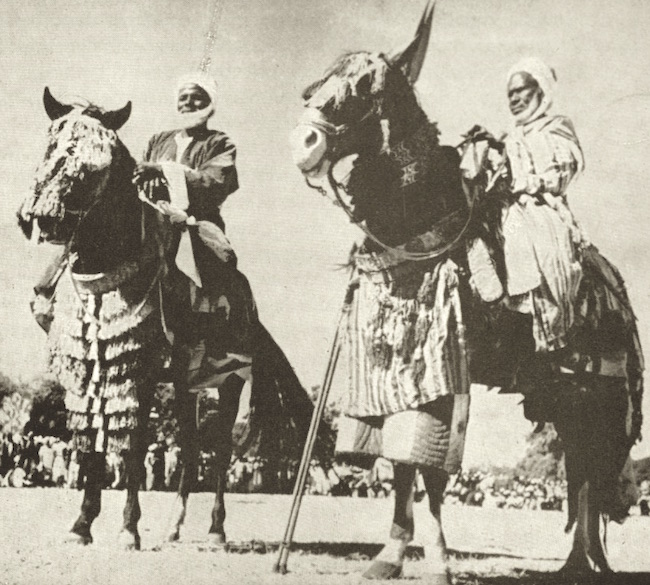
Dahomey, Togo. The Kingdom of Dahomey was a militaristic power on the West African coast, fighting wars against the much larger Ashanti Empire, Oyo Empire and the French. They're famous for an all female Amazon unit, numbering up to 3000 fighting women!
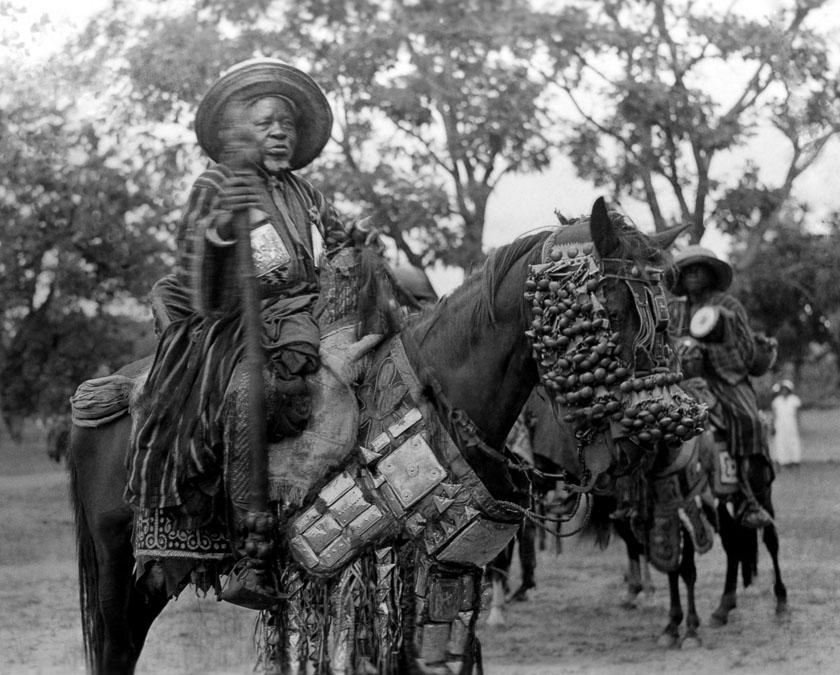
Ethiopian warrior with typical rhino hide shield
Ethiopian noble
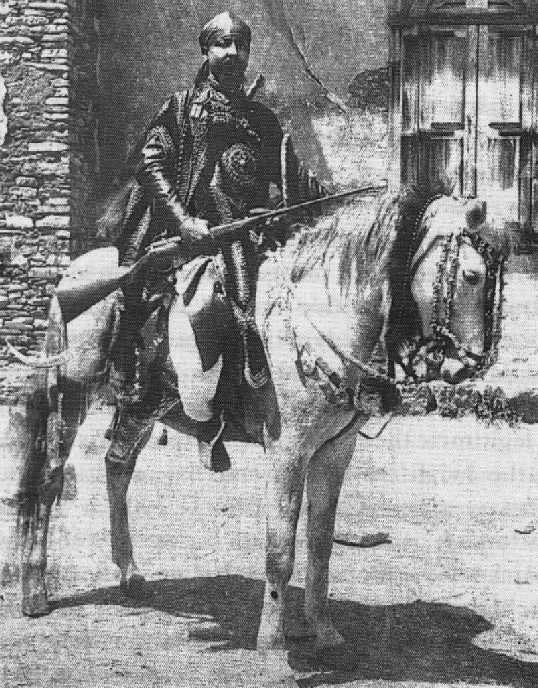
Ras Mulugeta, Ethiopian minister of War
Emperor Menelik II himself
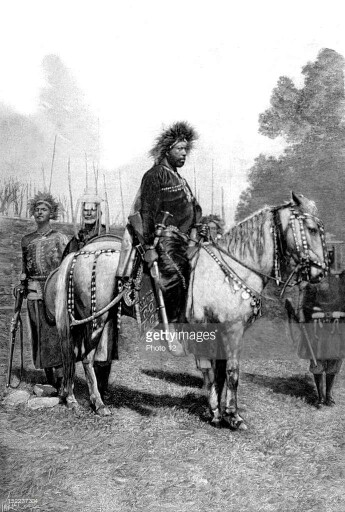
Emperor Haile Selassie I
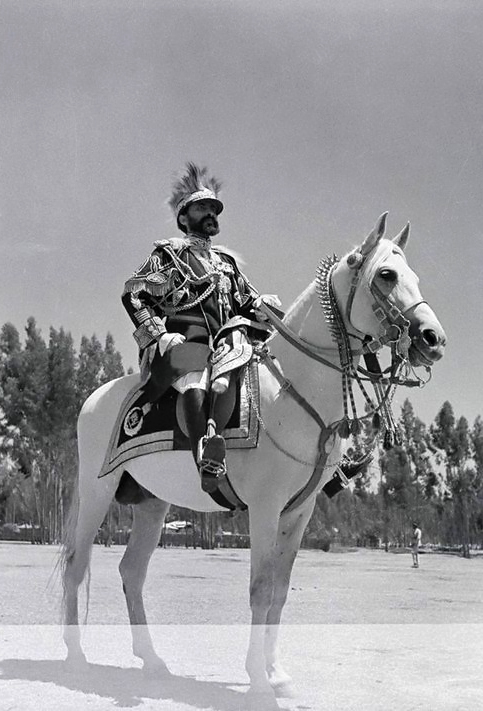
Northern Ghana
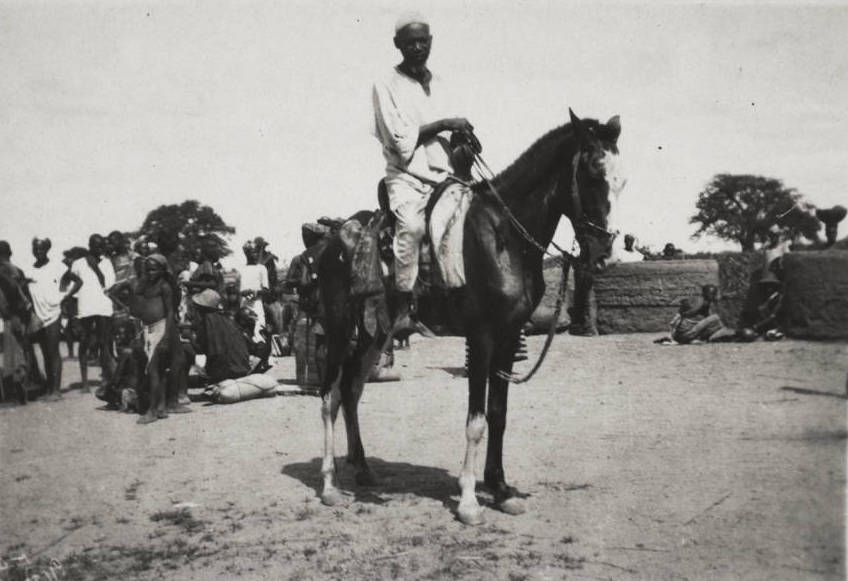
A Hausa chief in Accra, Ghana
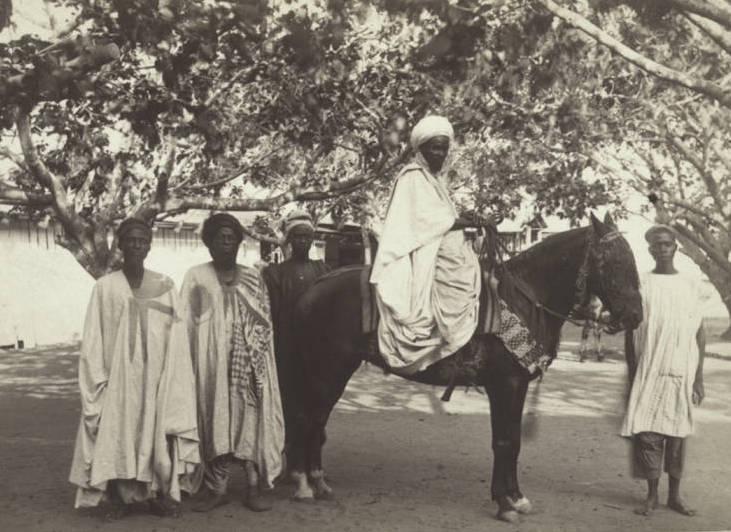
Northern Ghana
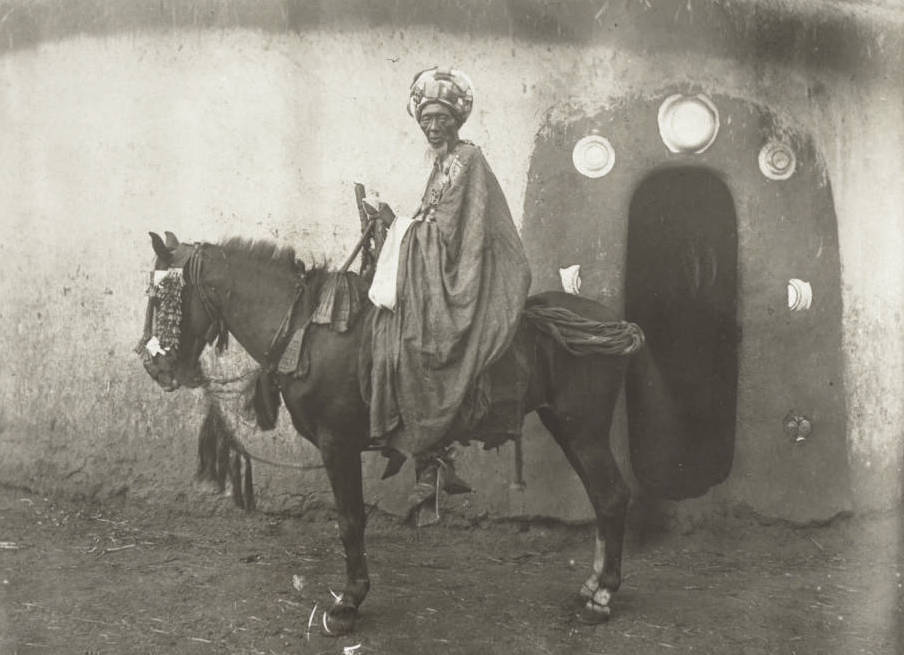
King of Tolon and Kasuli"
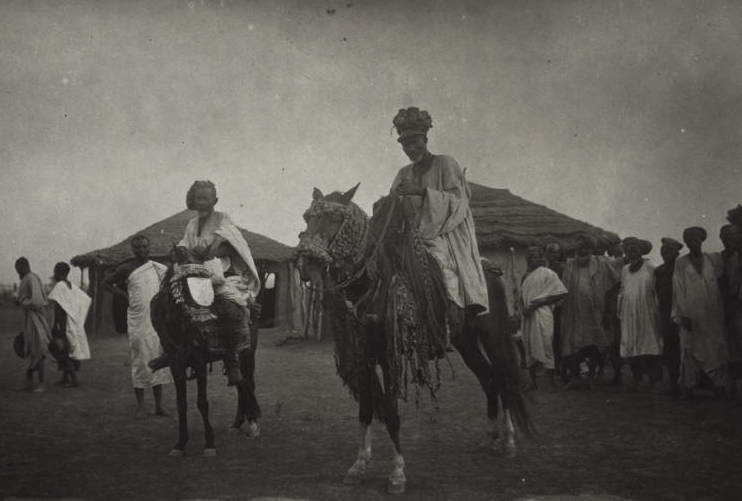
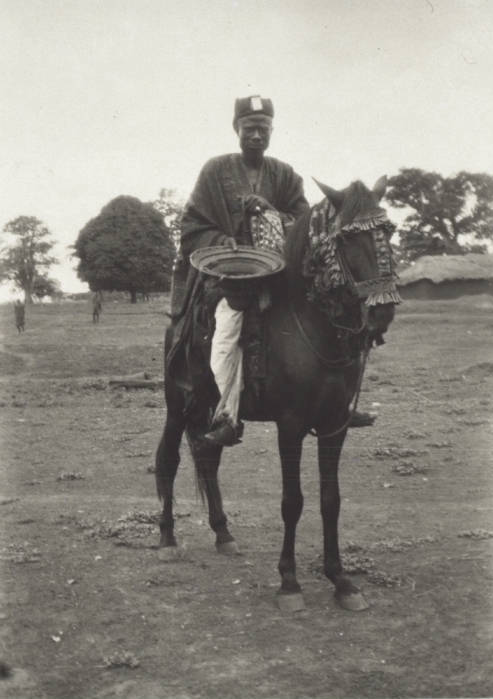
Nigeria
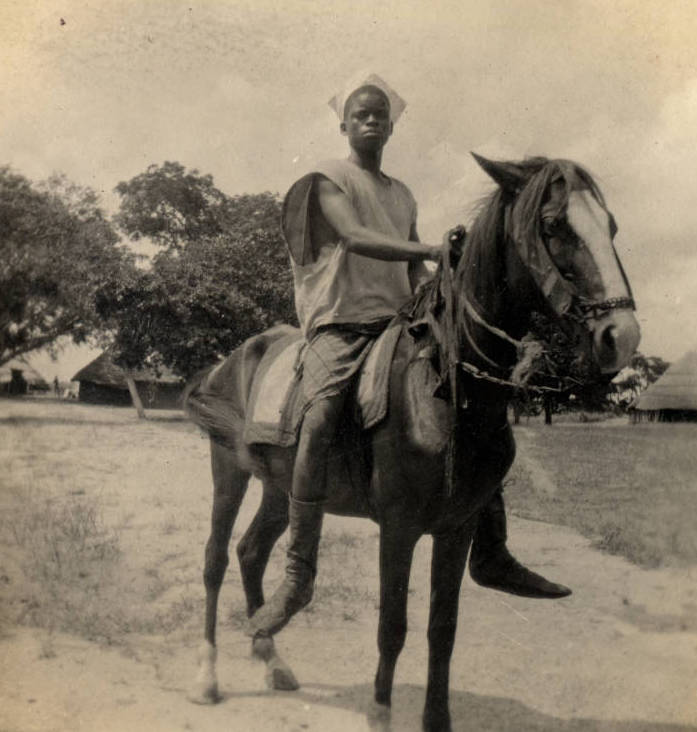
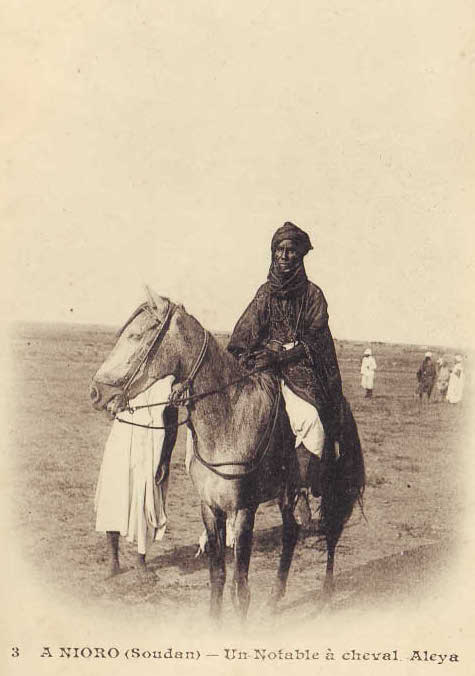
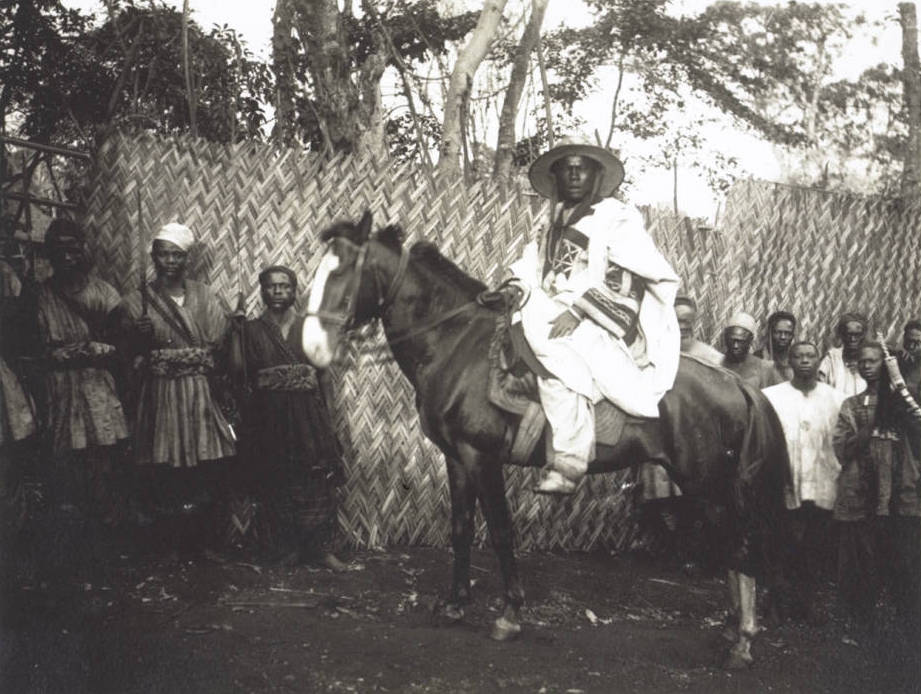
Contemporary African Cavalry Traditions:
SpoilerThese 20th century dudes are wearing chain mail like it ain't nothing but a thing...
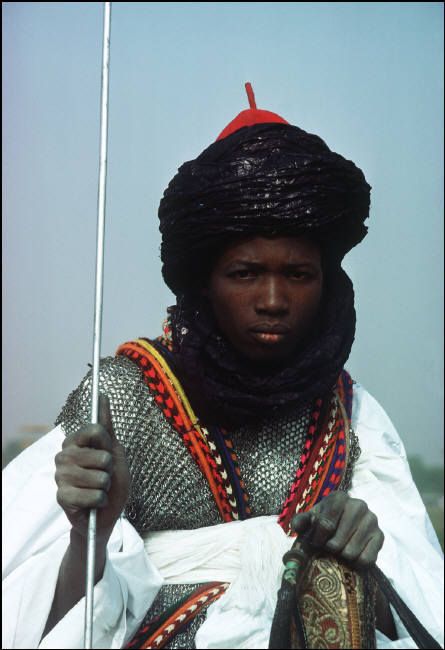
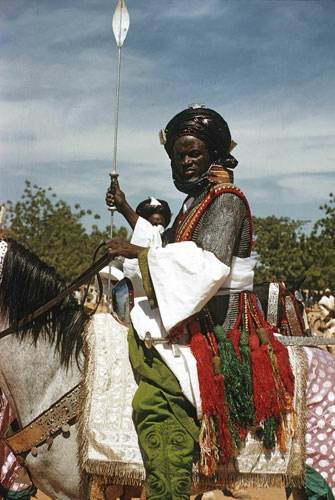
Hausa are still a very prolific cavalry culture today. Highly decorated horses are a mark of distinction for nobility, and they are clearly very proud of their horses.
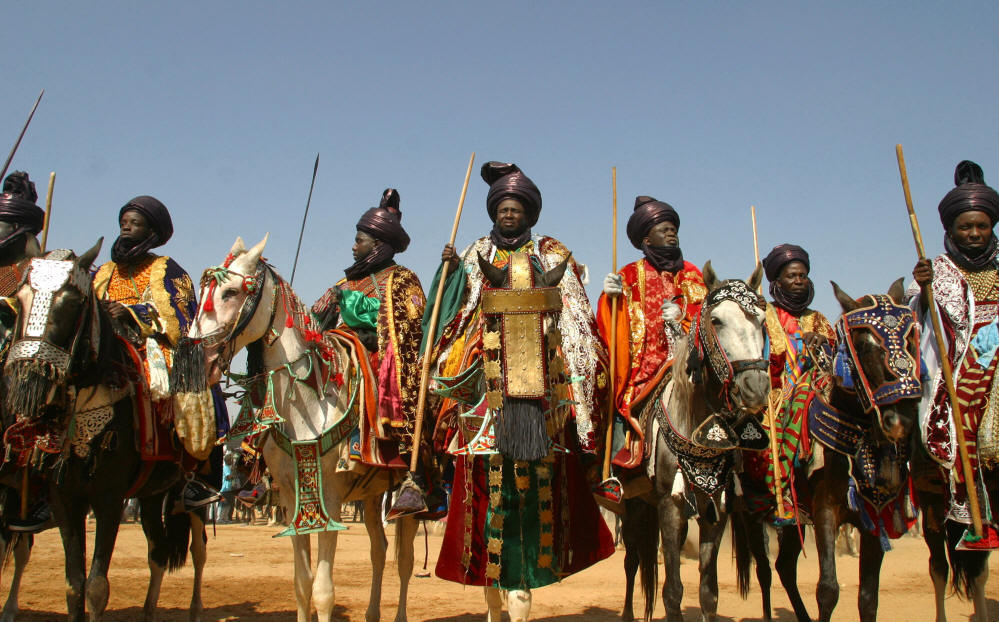
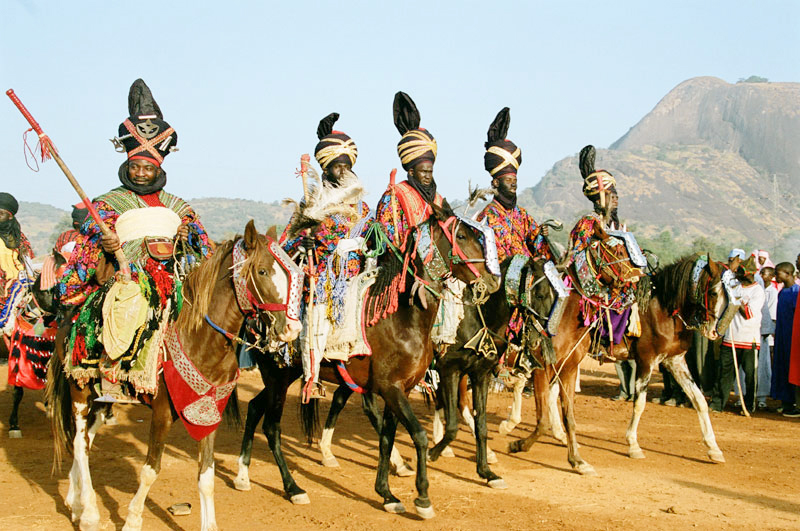
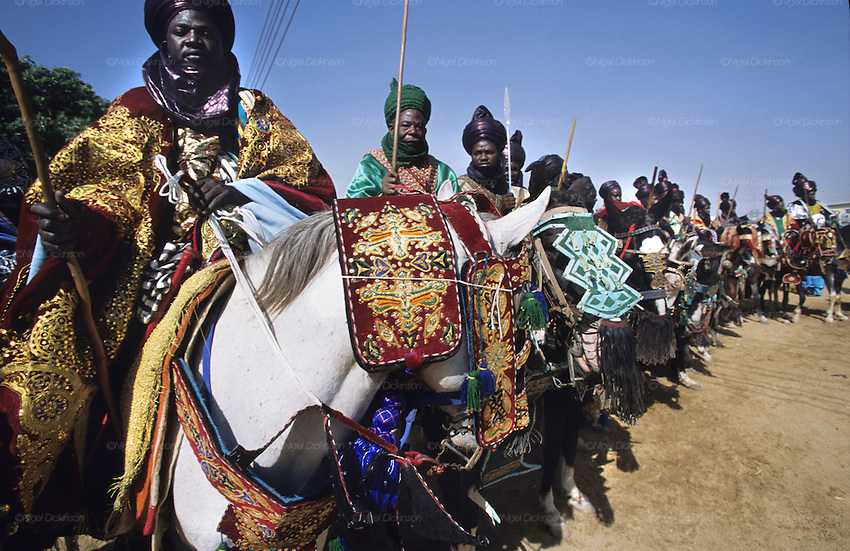
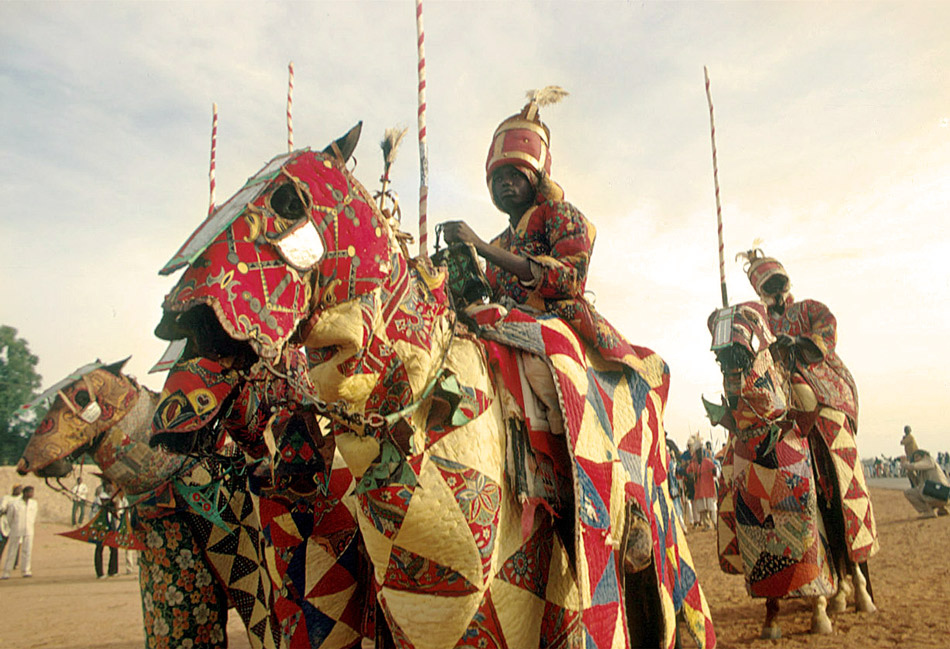
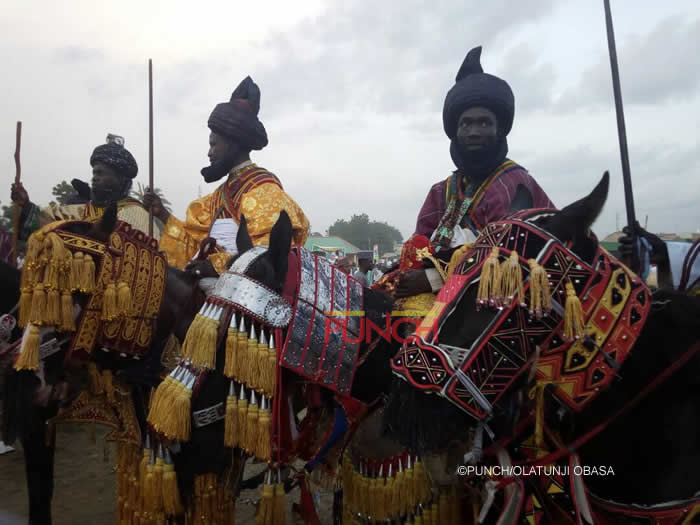
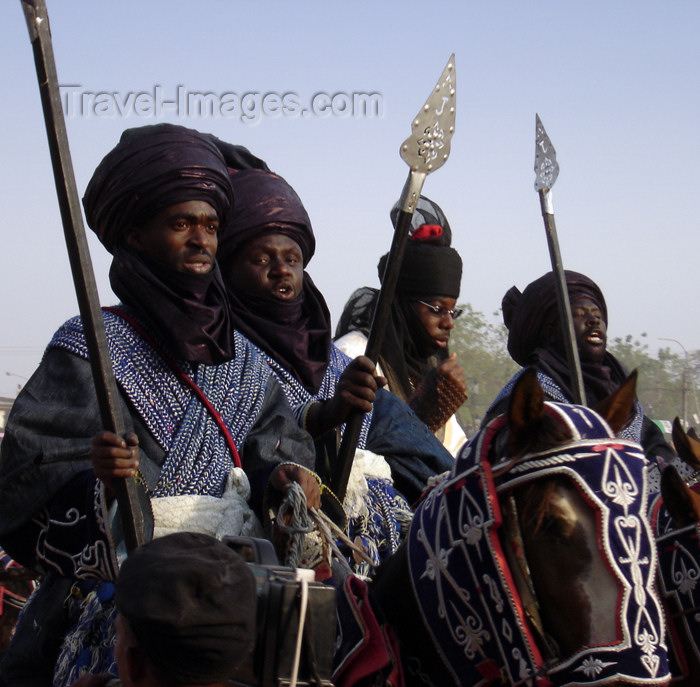
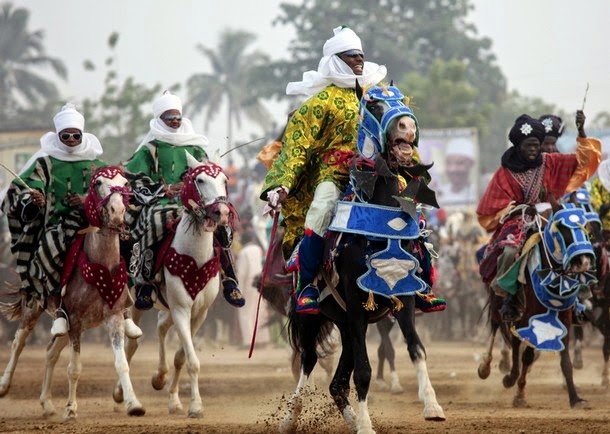
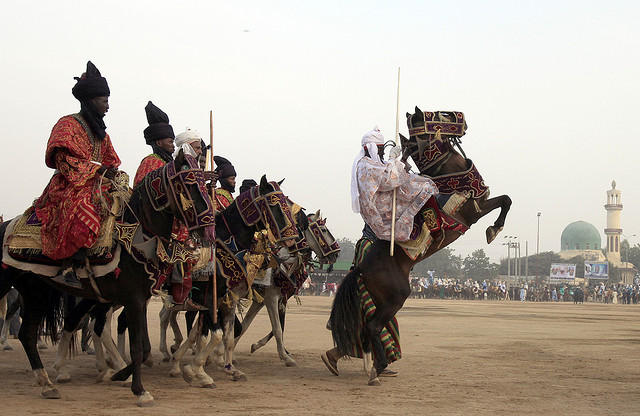
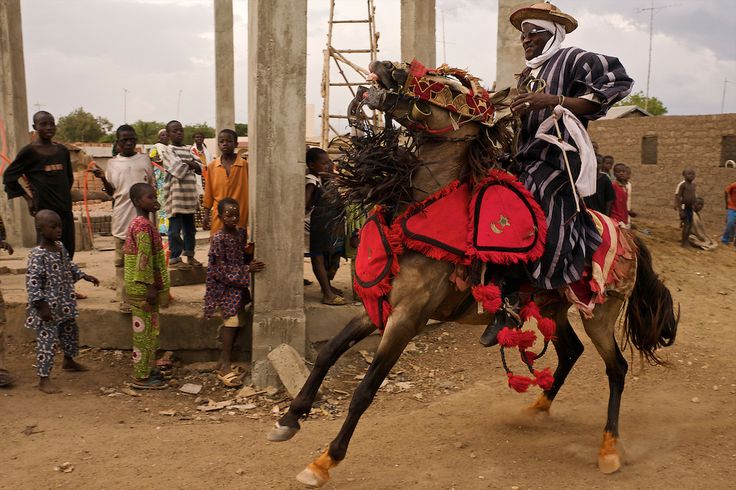
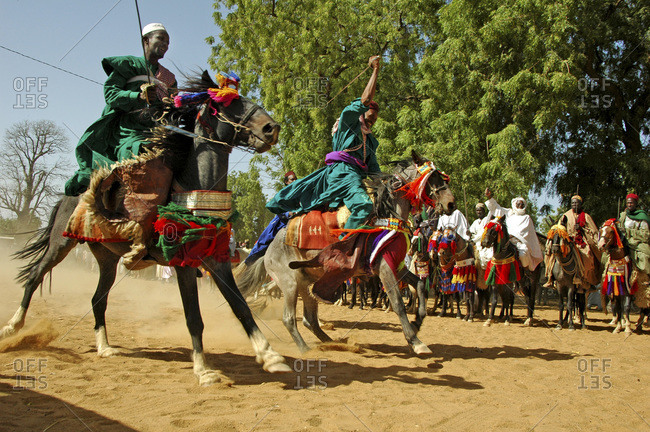
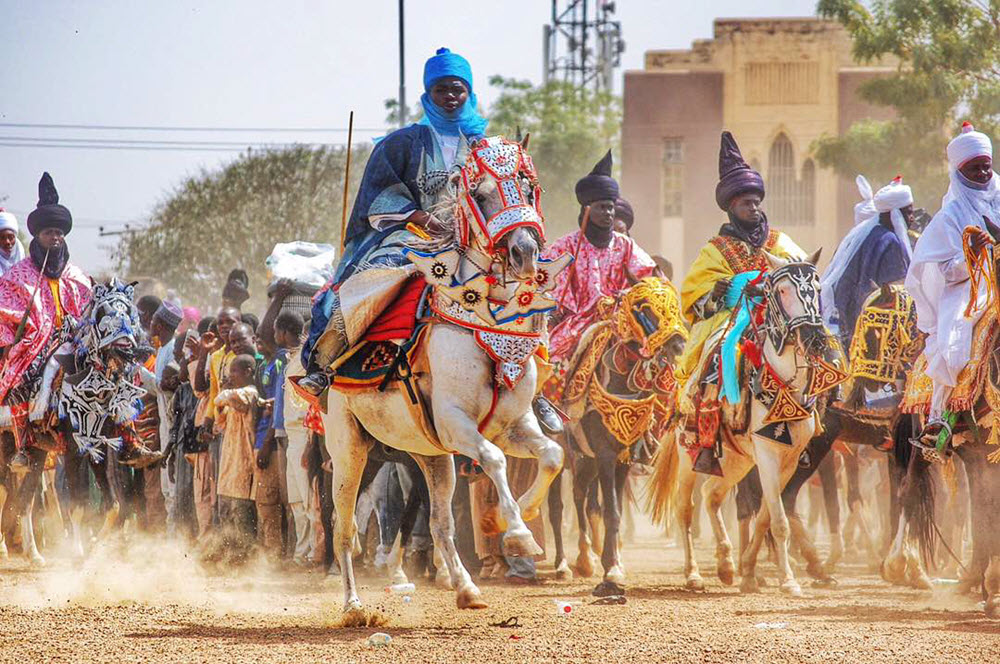
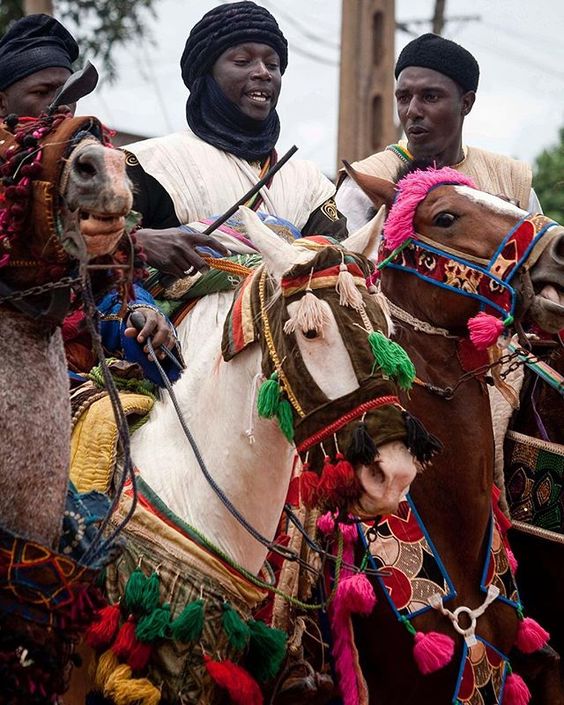

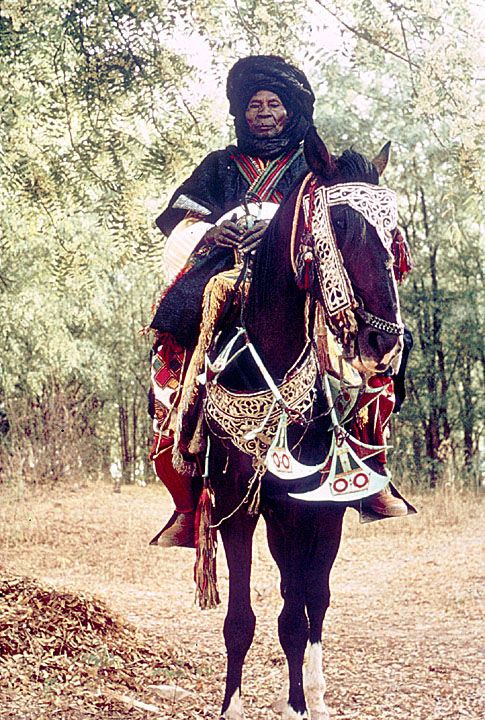
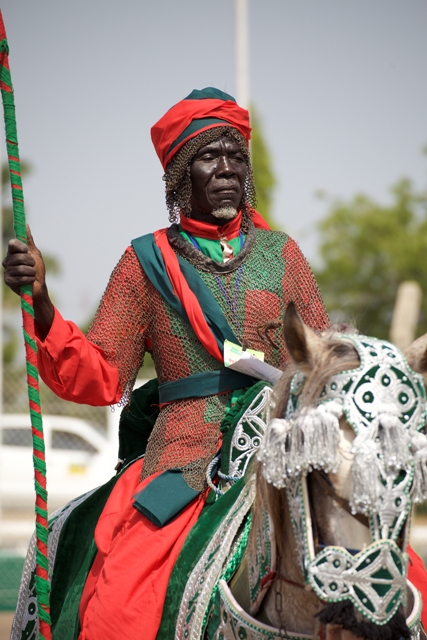
Fulani horsemen
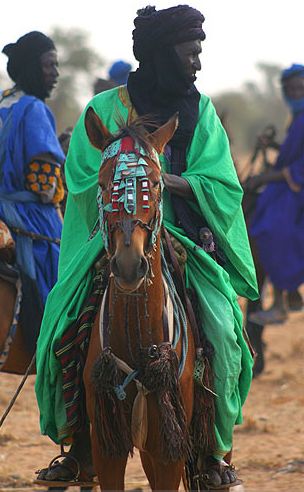
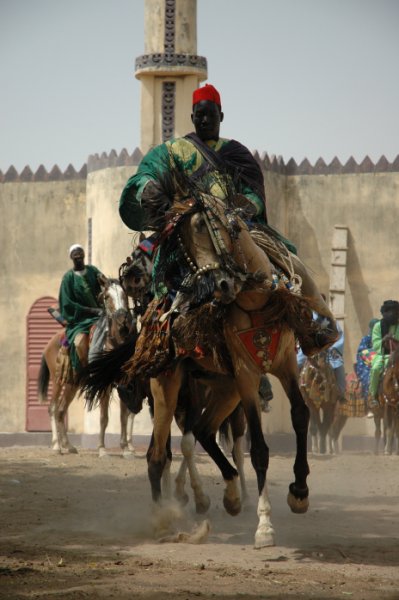
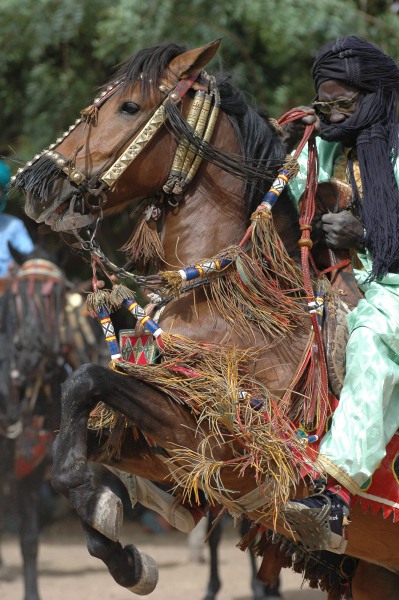
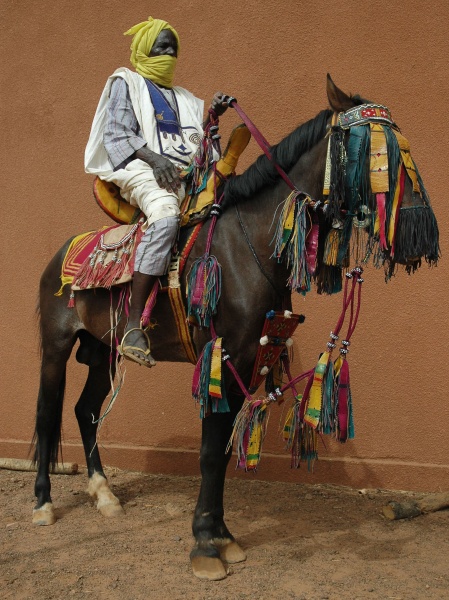
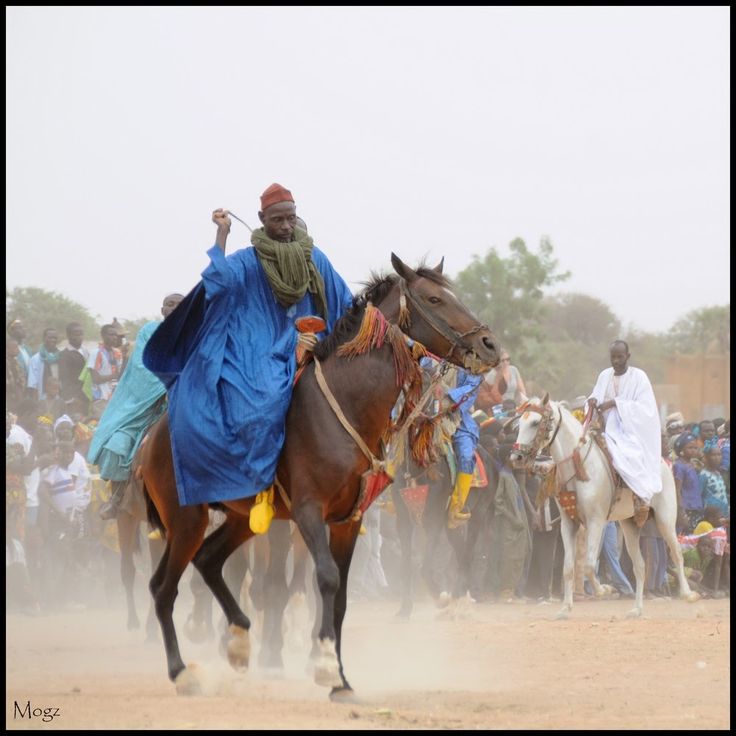
Tiken Jah Fakoly
Ethiopian horse-culture
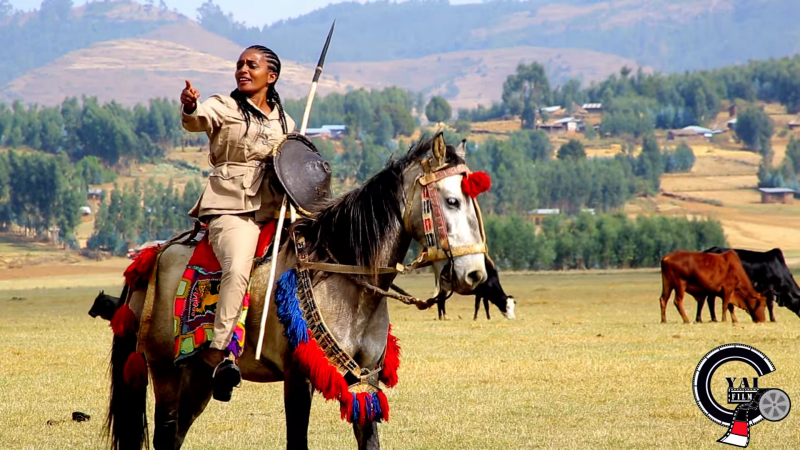
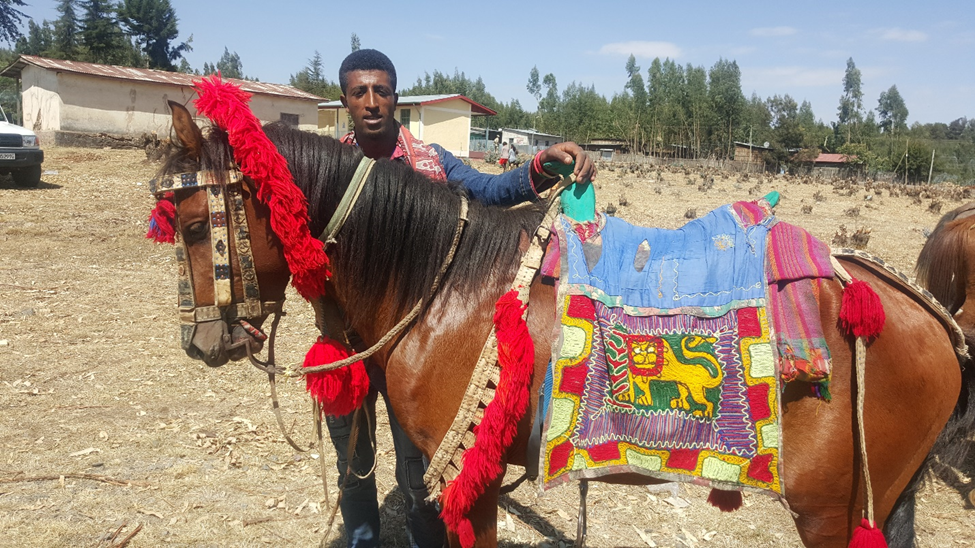
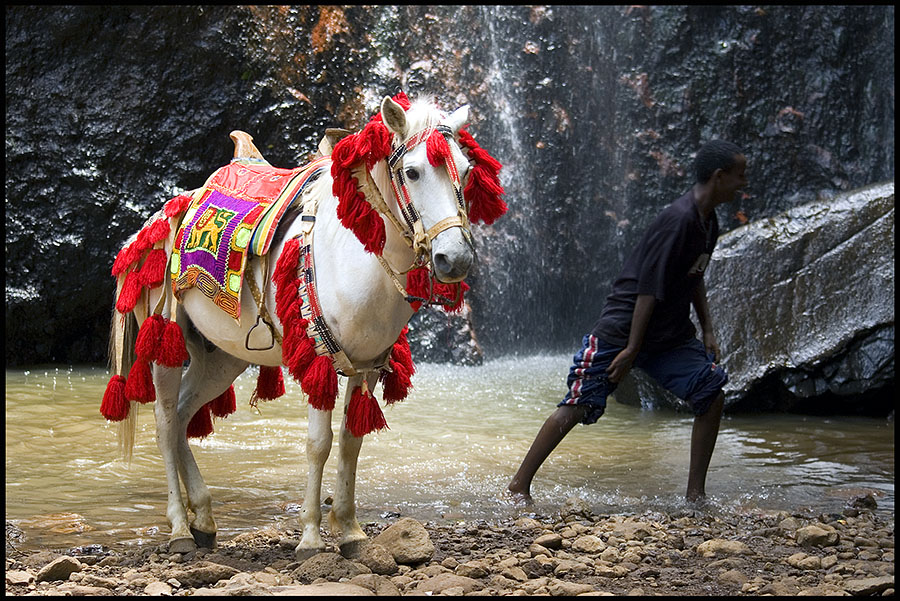
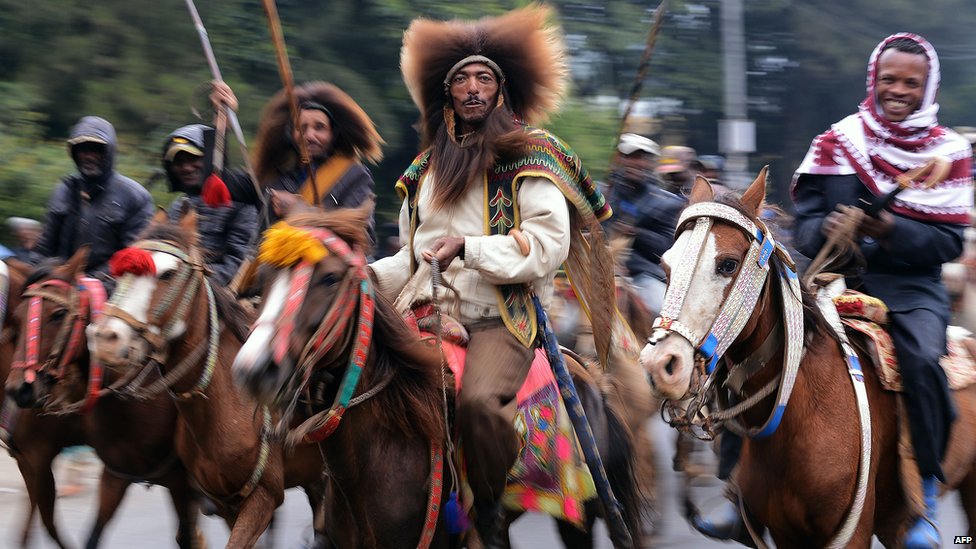
Somewhere in West-Africa. This dude looks like he has a bunch of interesting stories to tell...
Chad
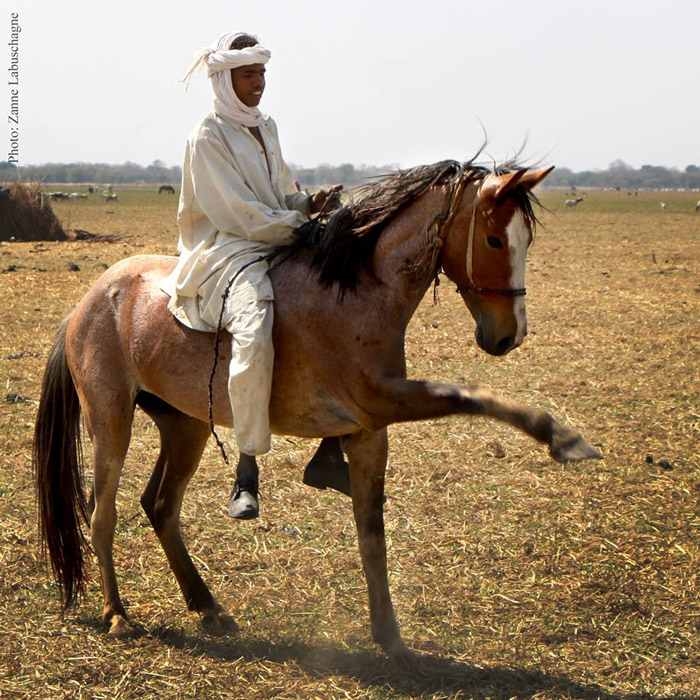
Chad, Fulani horse racing without saddles!
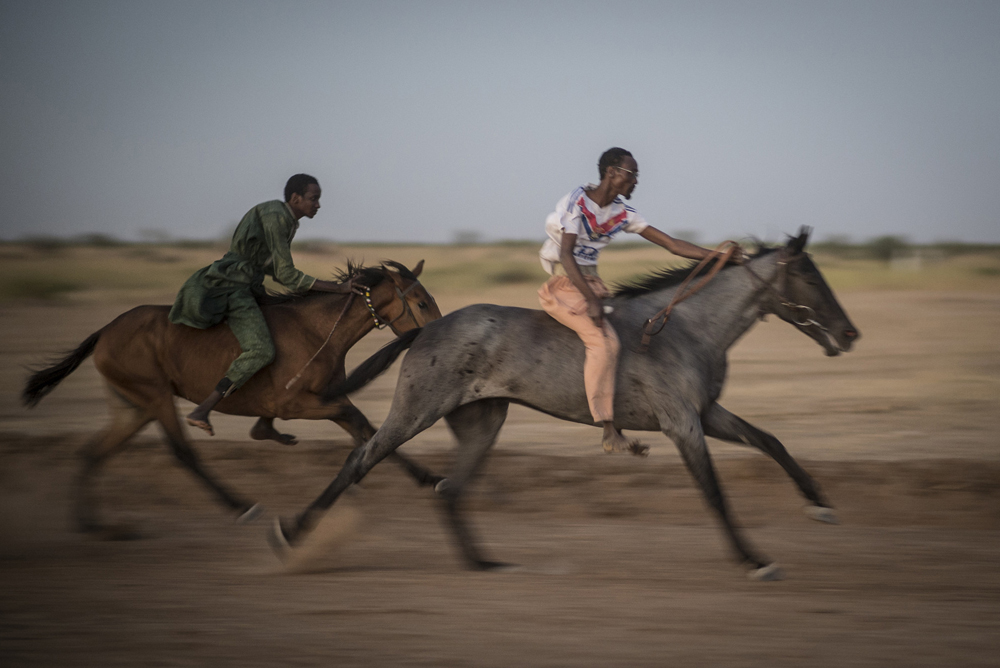
Armed rangers in a wild-life reserve in Chad
Mahdist armour for cavalry men, Sudan:
Spoiler-
 5
5
-
-
Because it's a primary reference of a Kushite statue, which is always nice to use. That specific Ibis was an Egyptian example, but the Ibis is often depicted in Kush as well, so it's all the same at the end of the day. Just to clarify, if you really want Caesar, feel free to go for it, just don't use it for the Amun temple. It would look good on the dock, maybe even barracks/fortress, wonder or something?

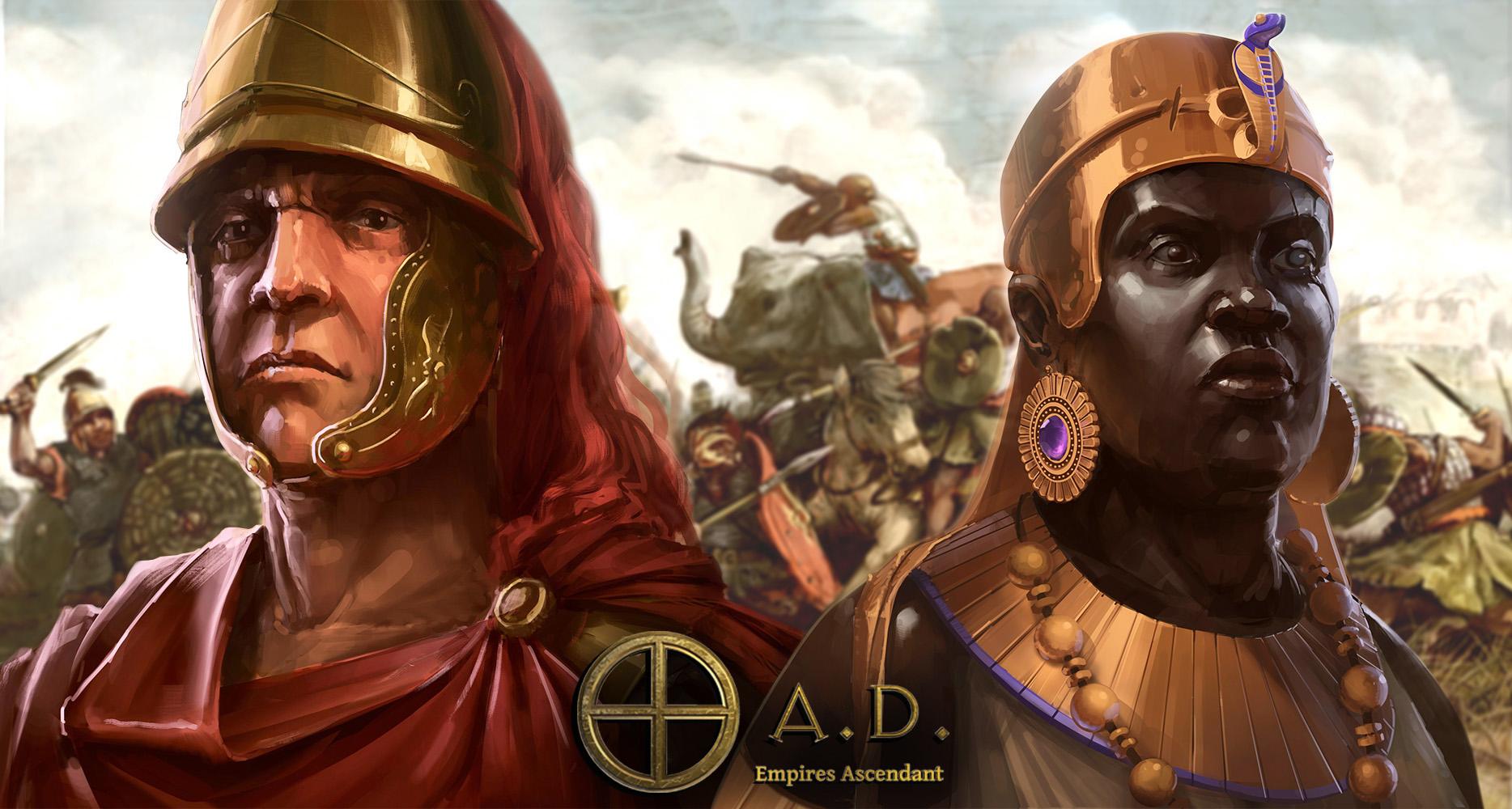

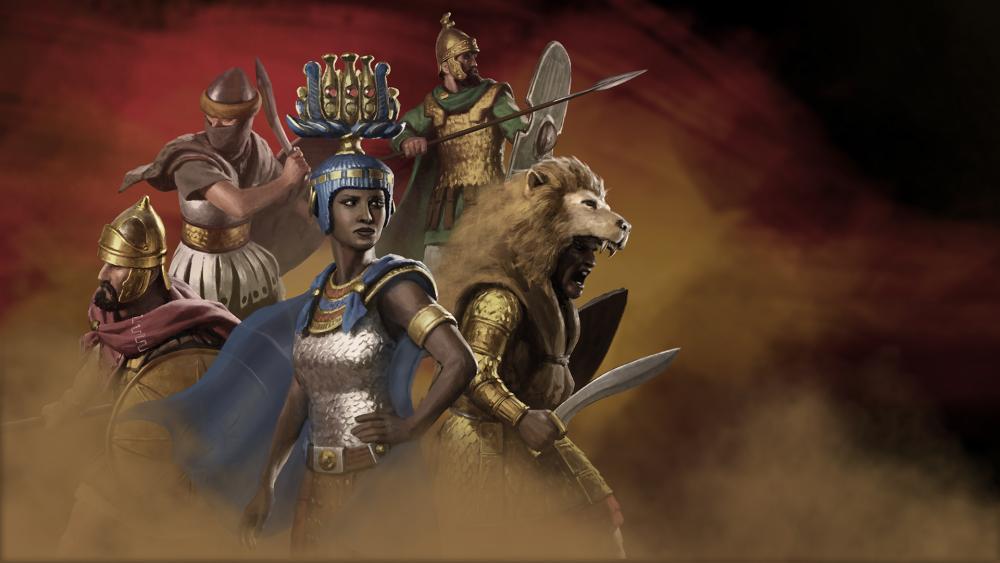
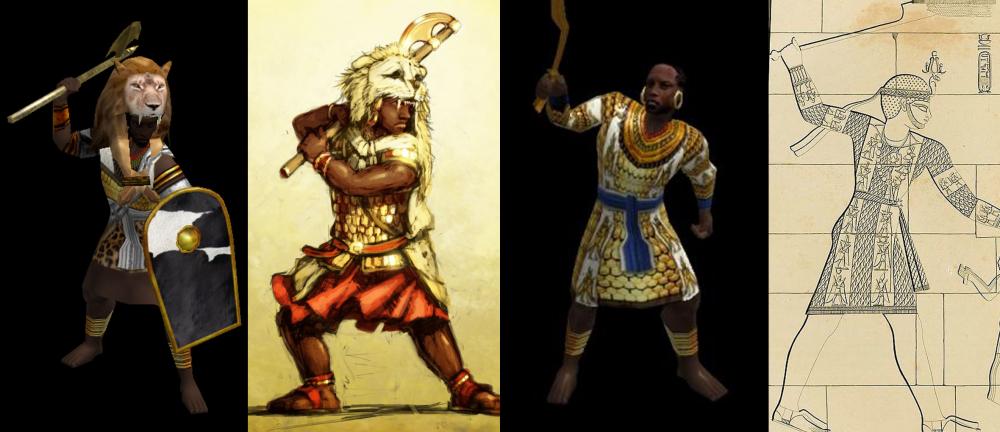
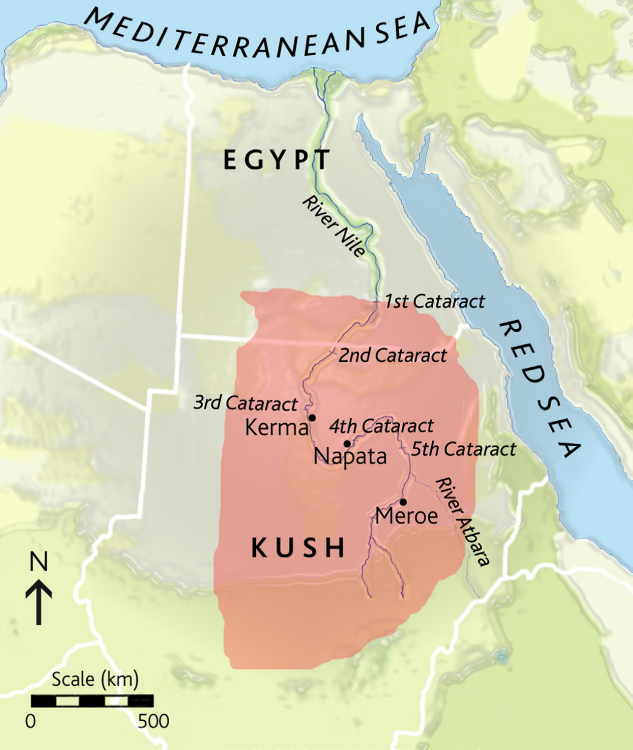
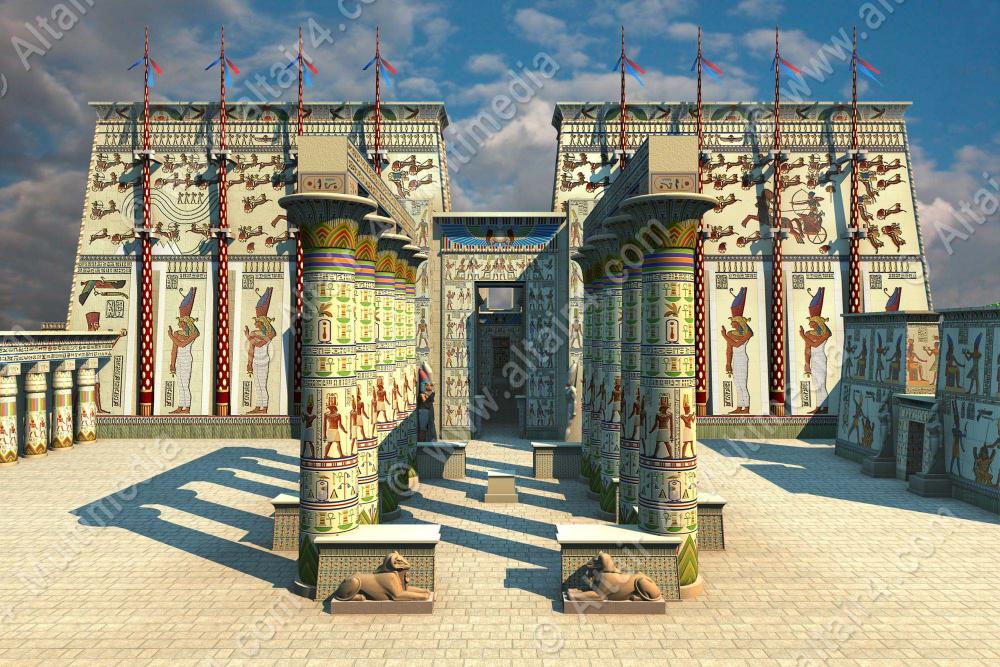
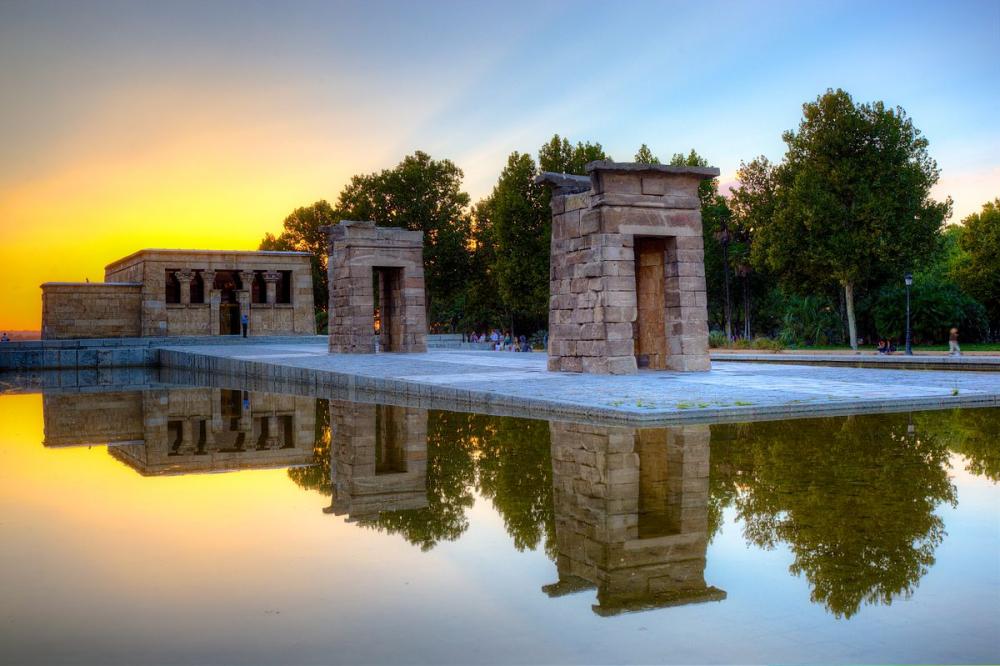
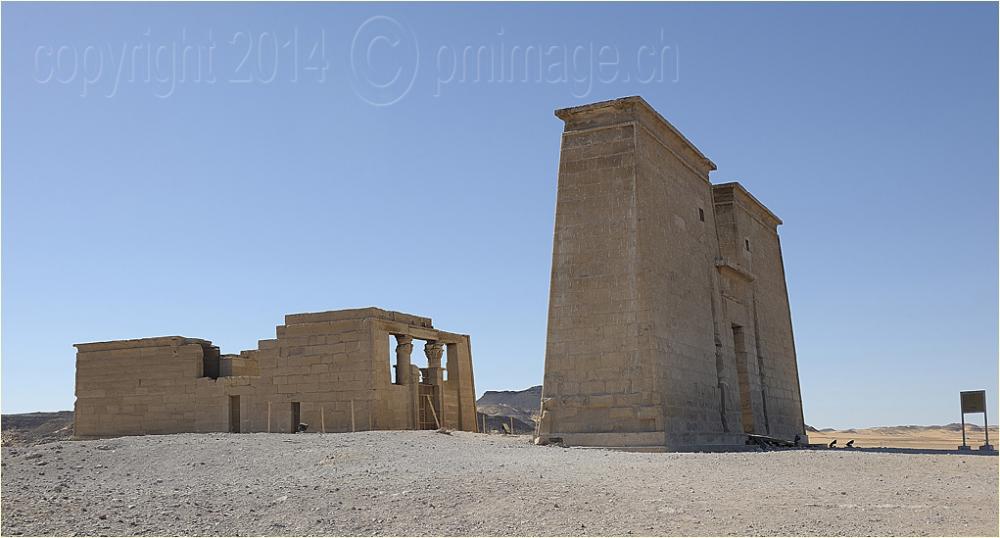
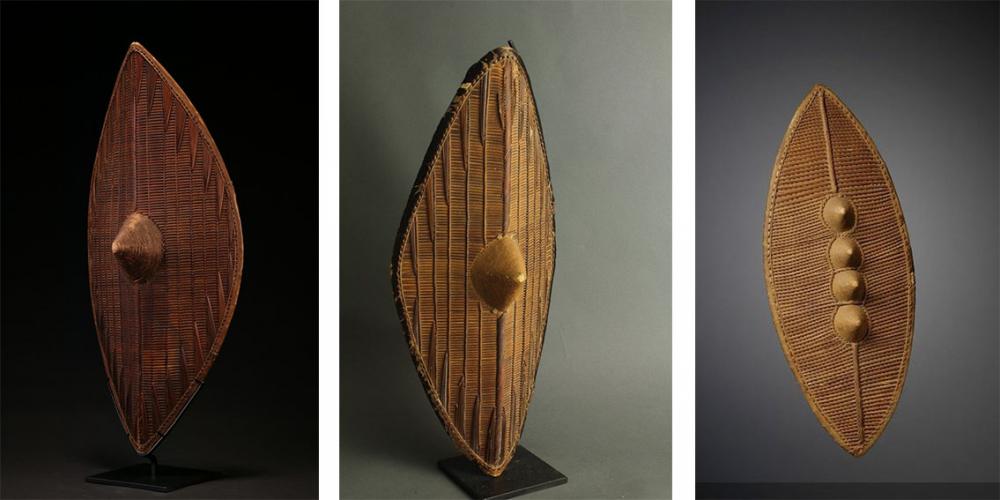
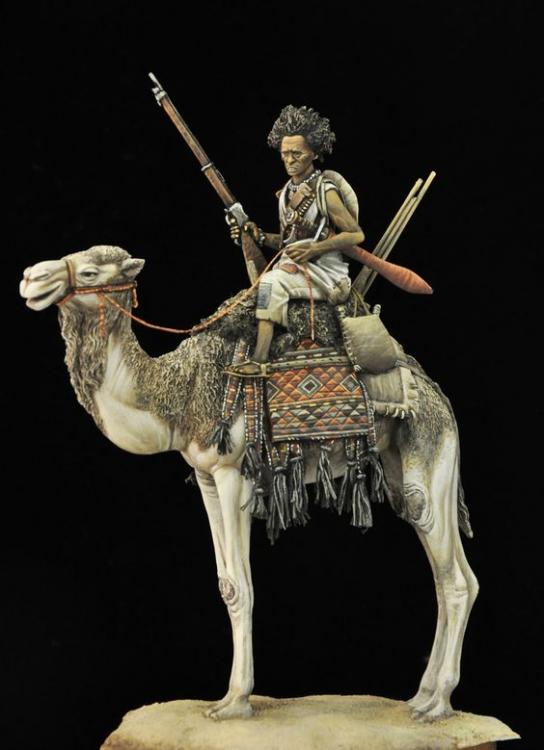
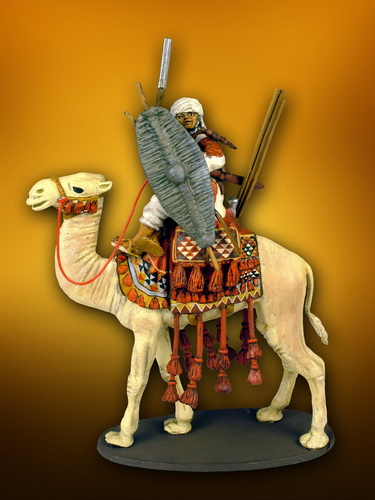
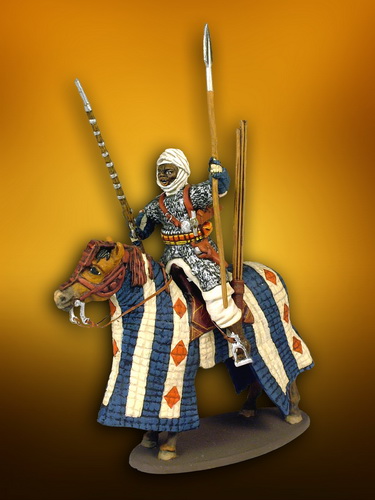
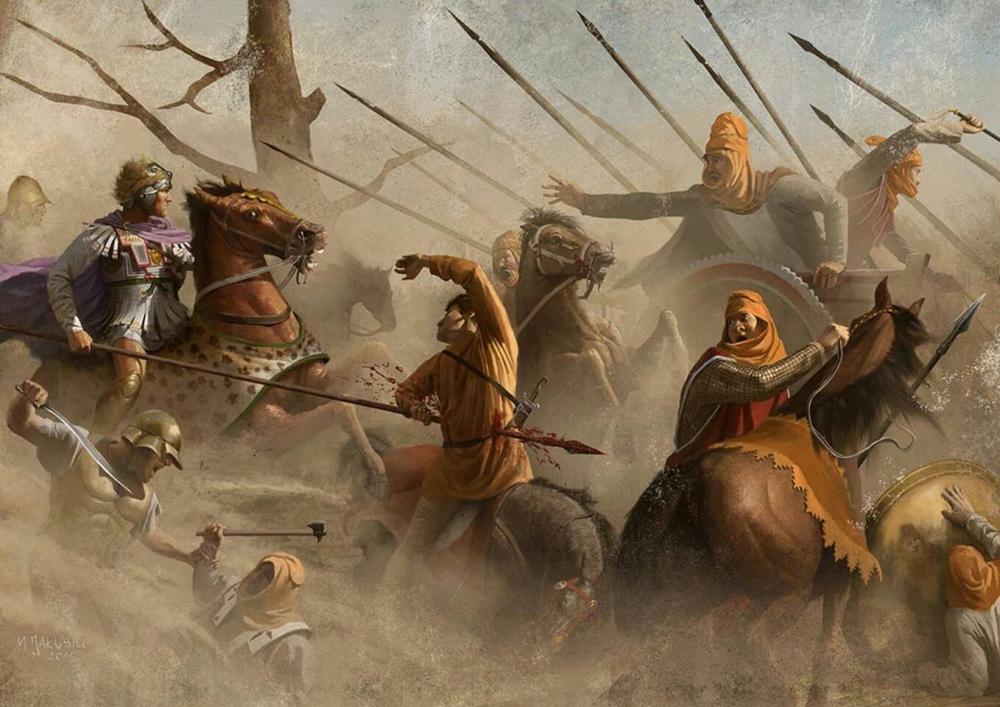
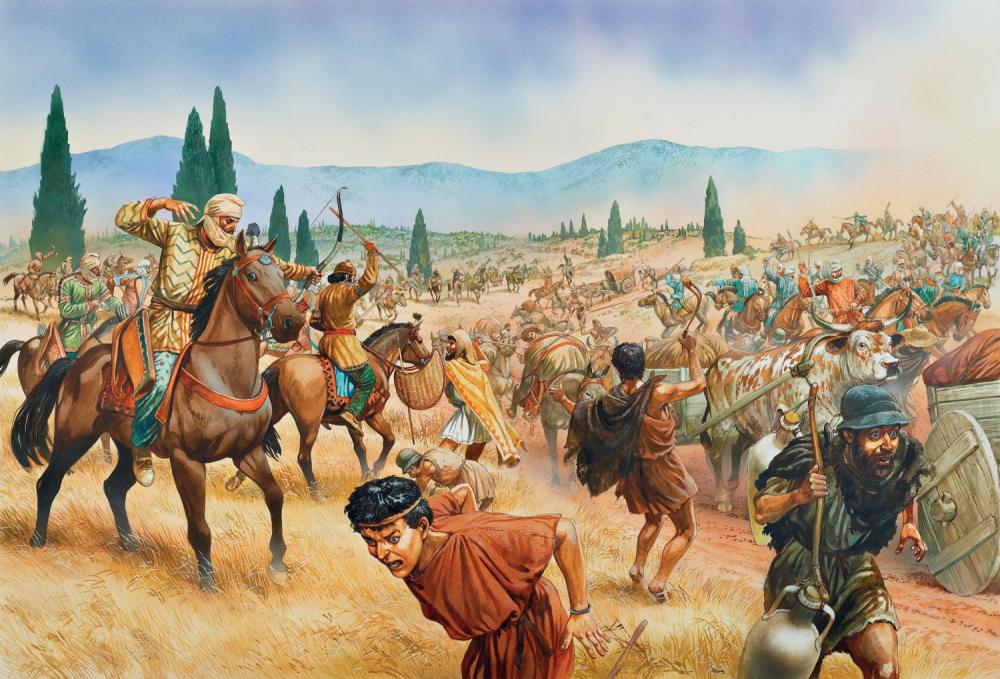
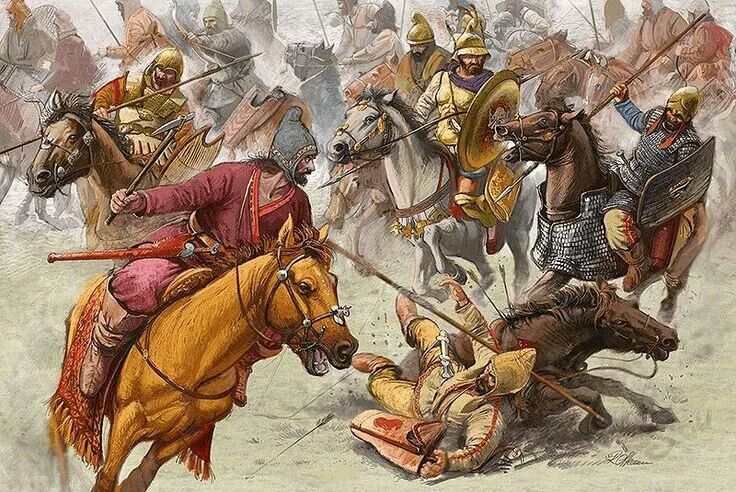
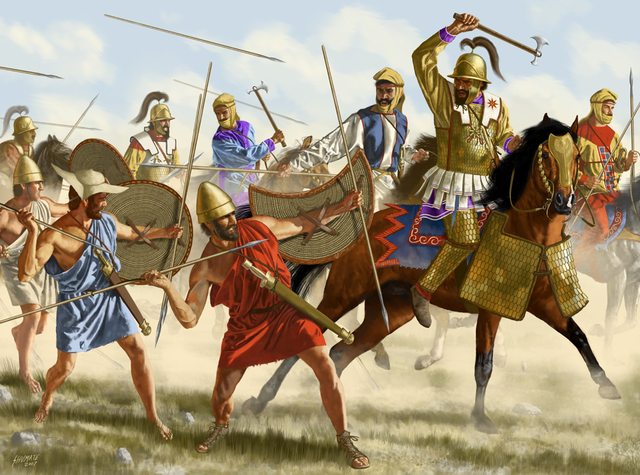
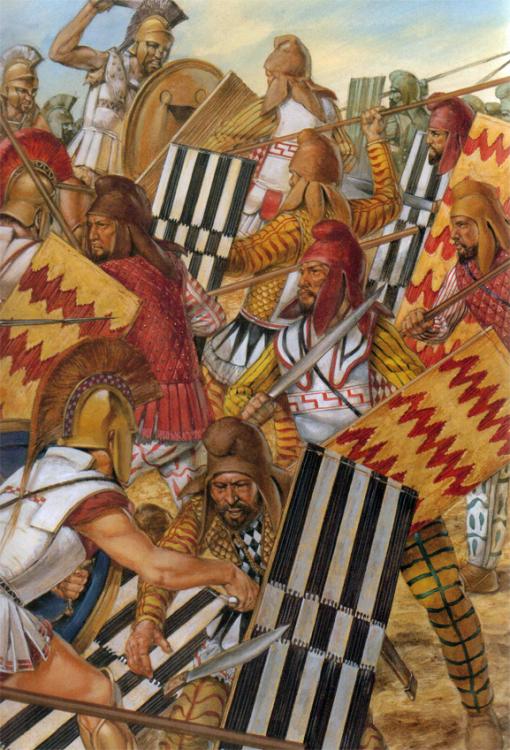
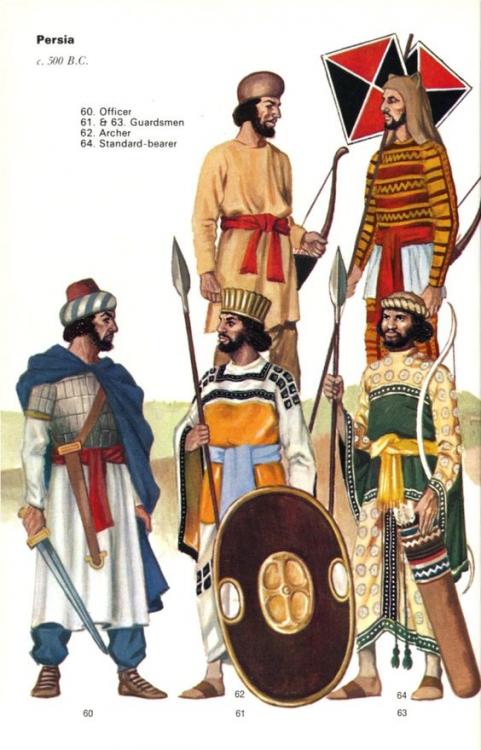
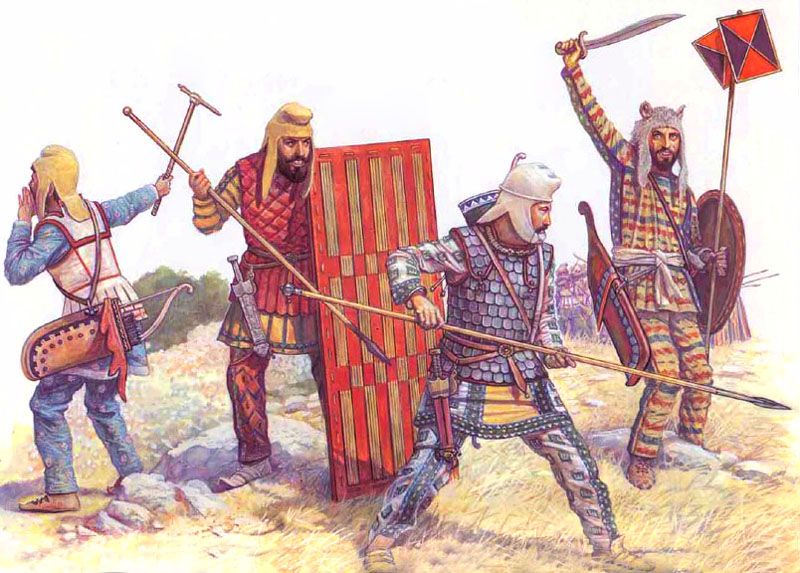
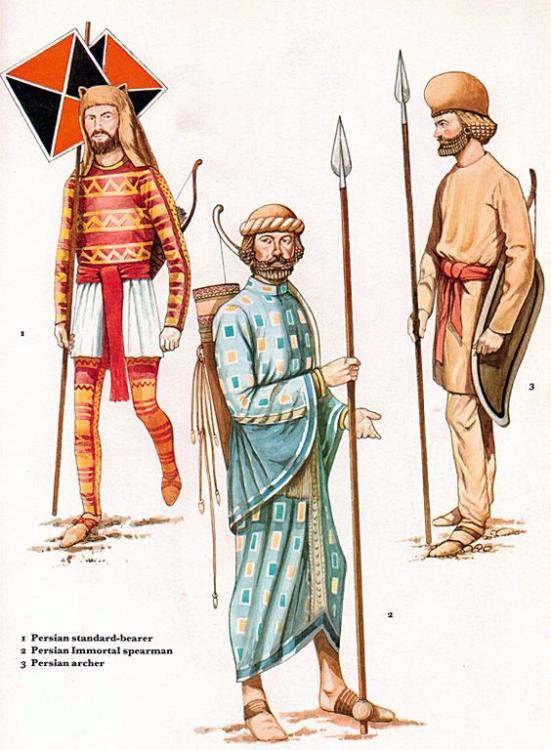
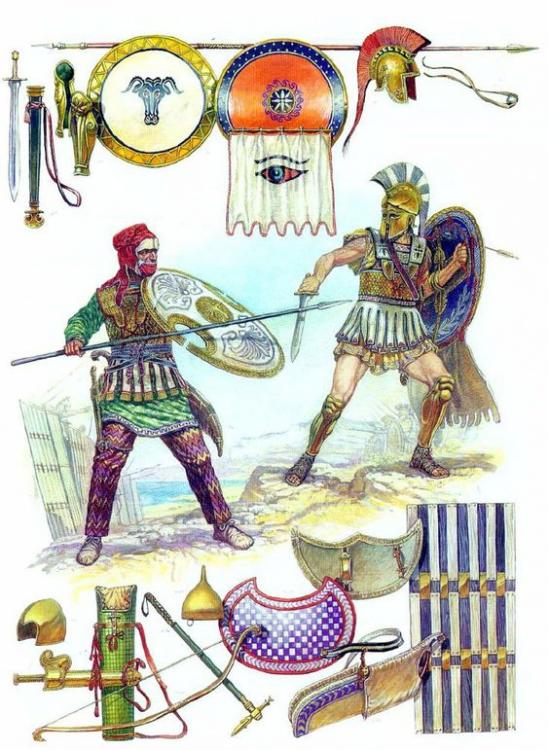
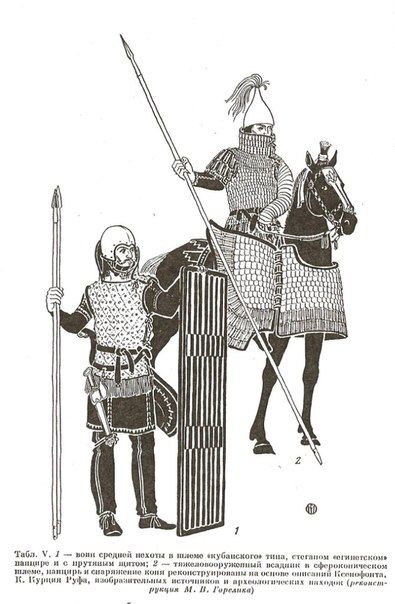
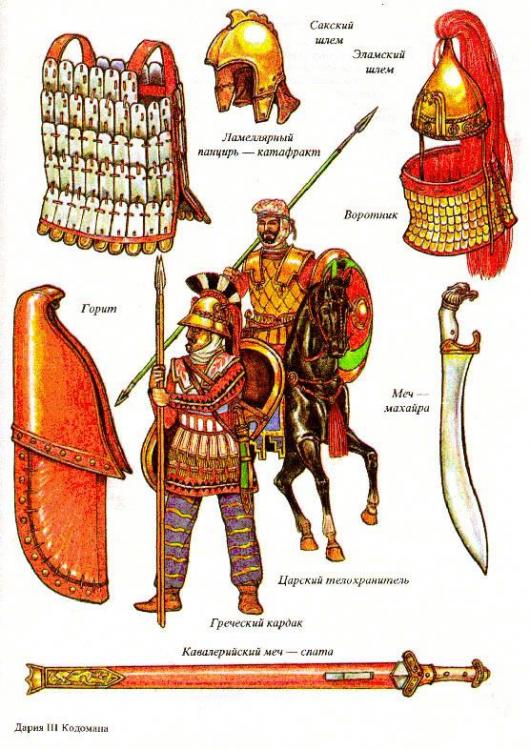
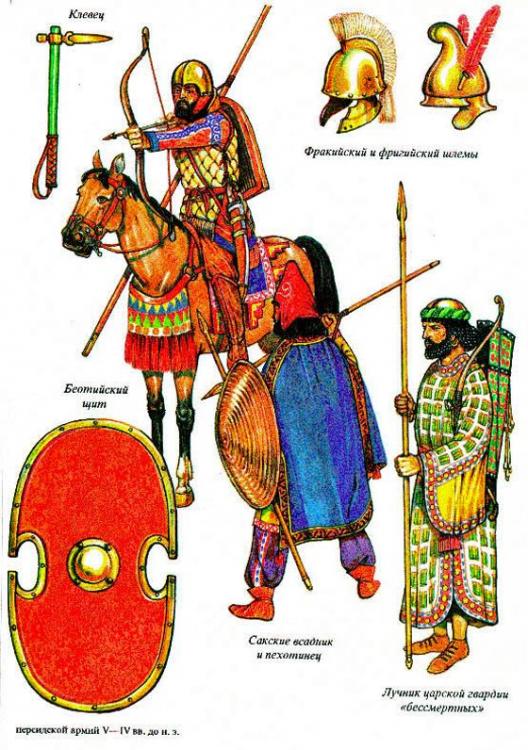
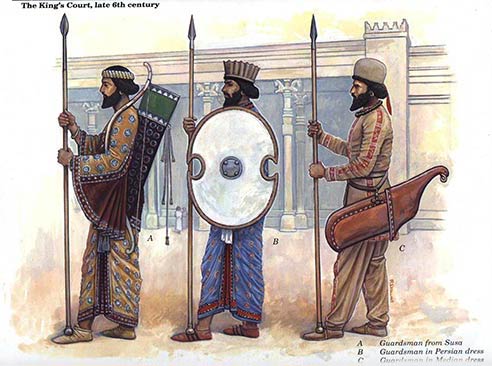
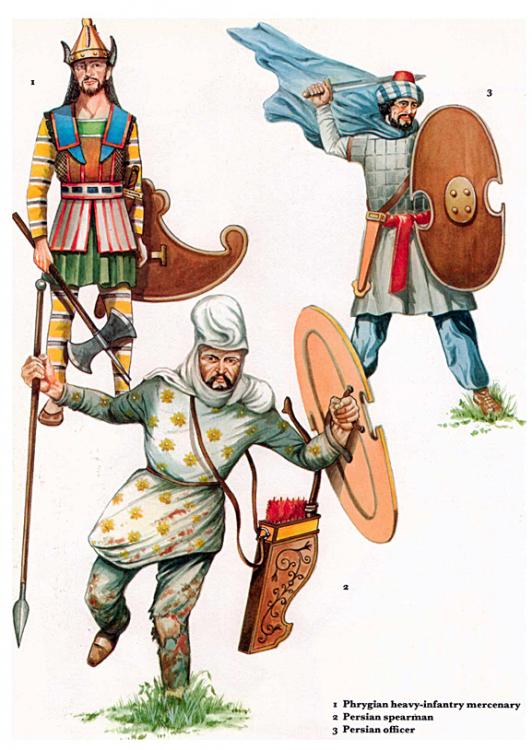
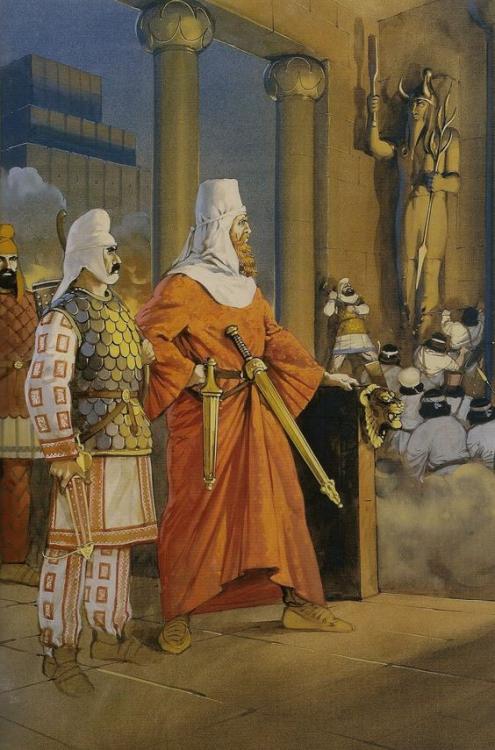
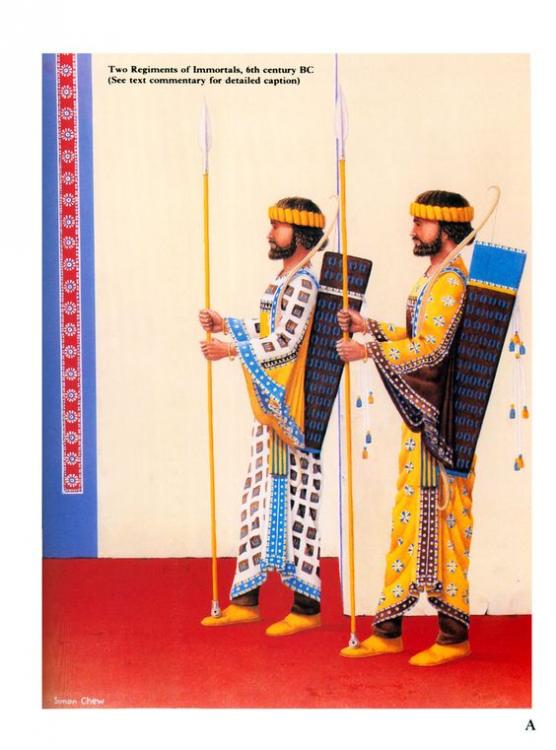
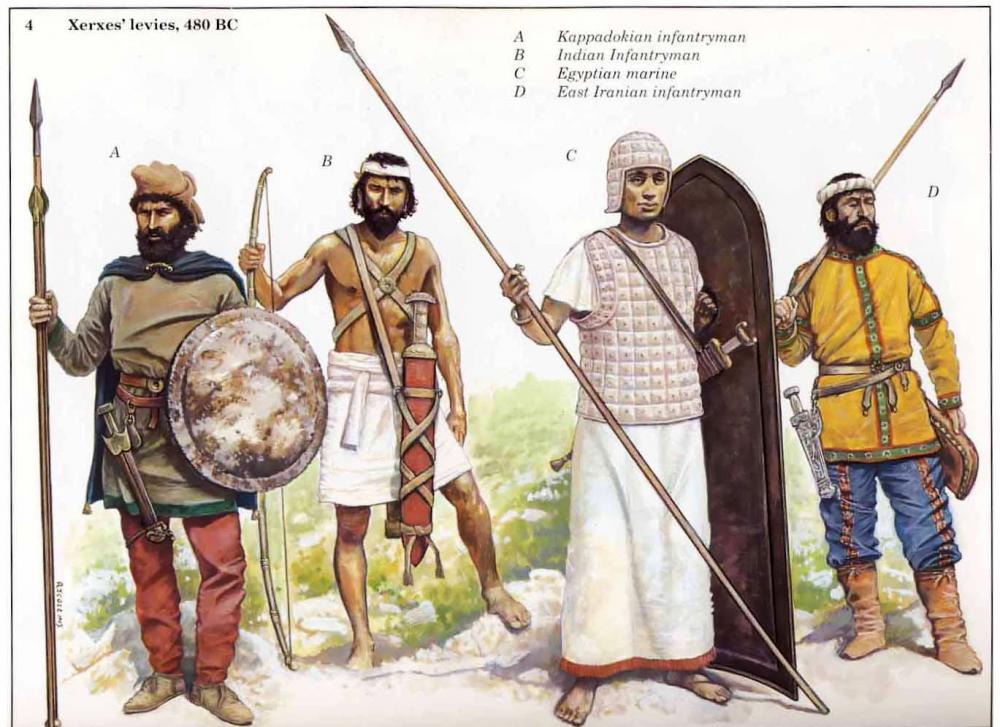
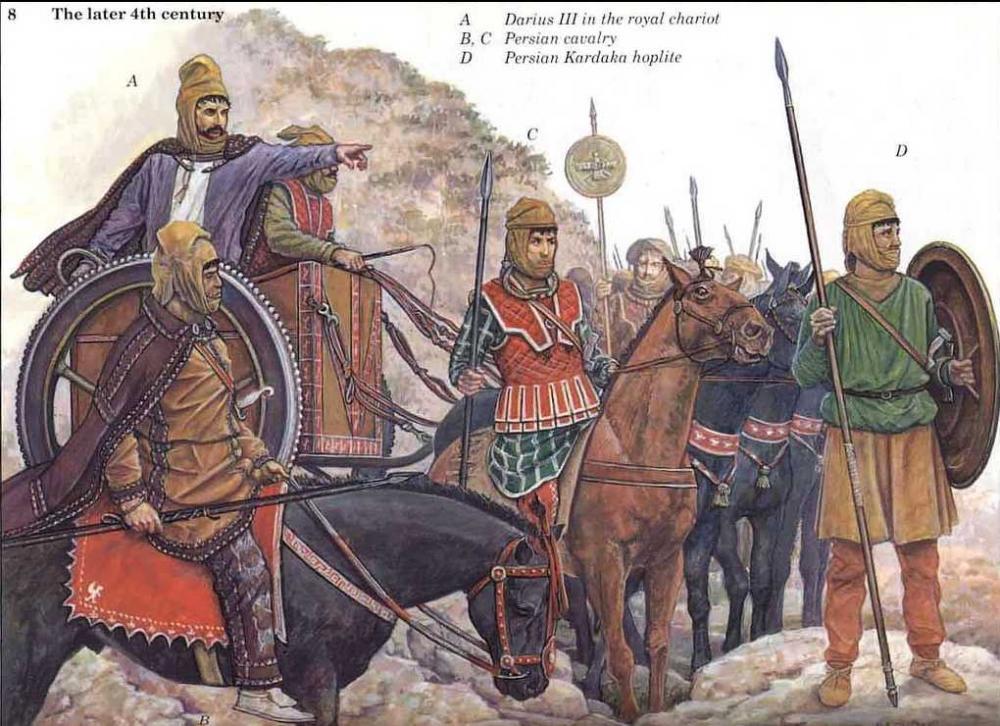
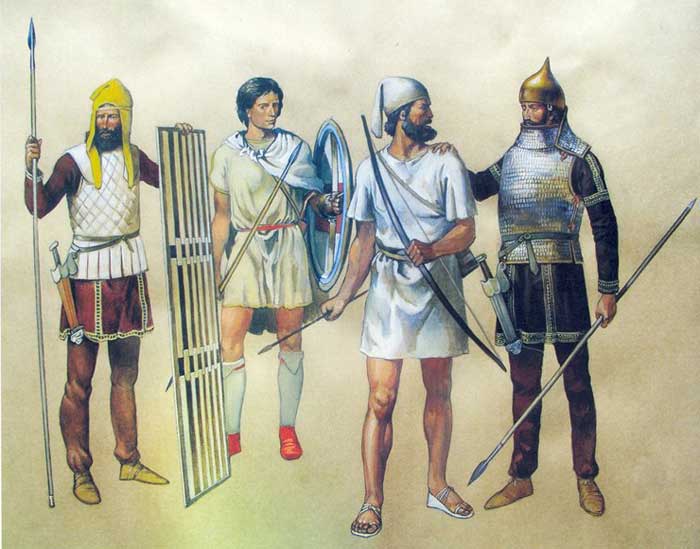
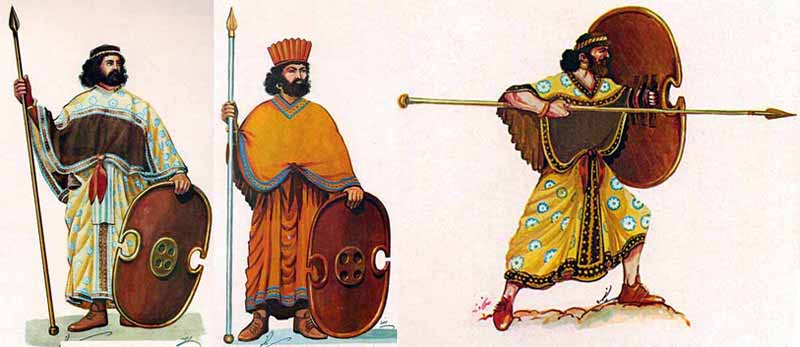
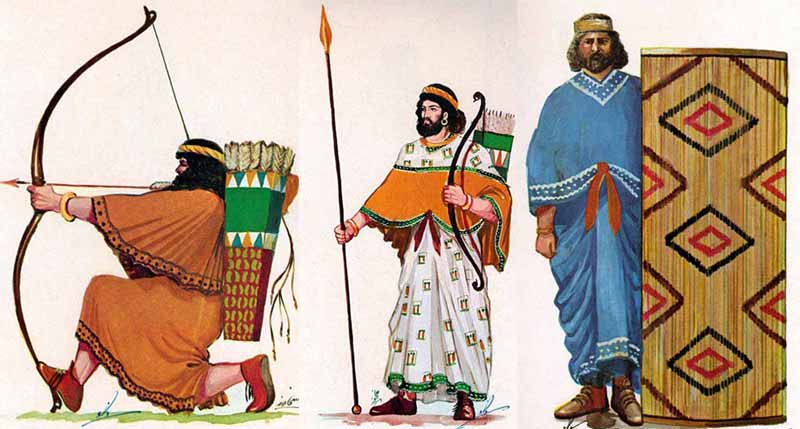
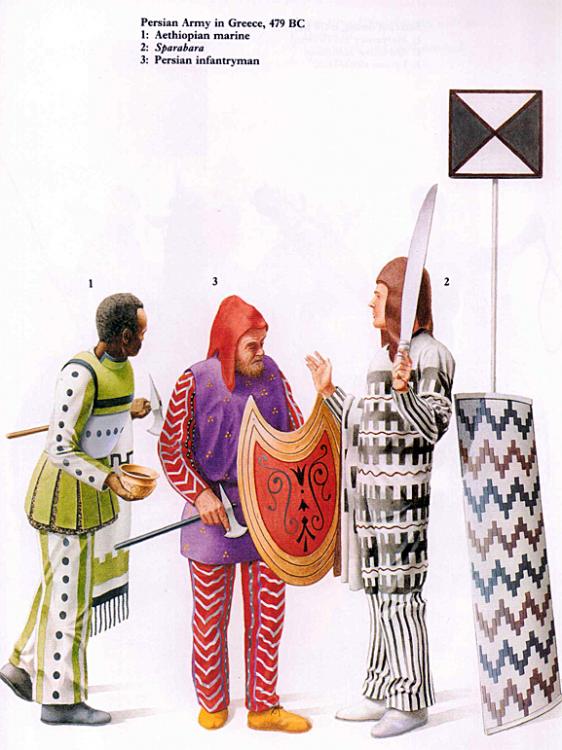
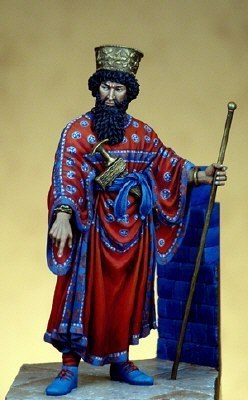
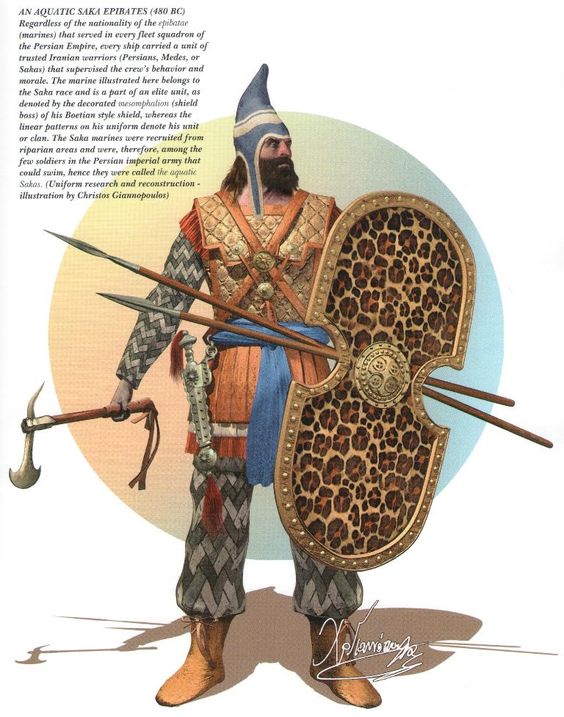
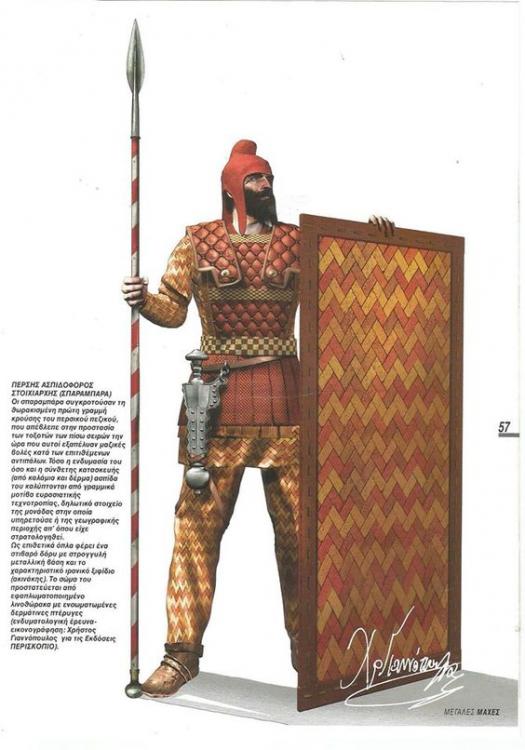
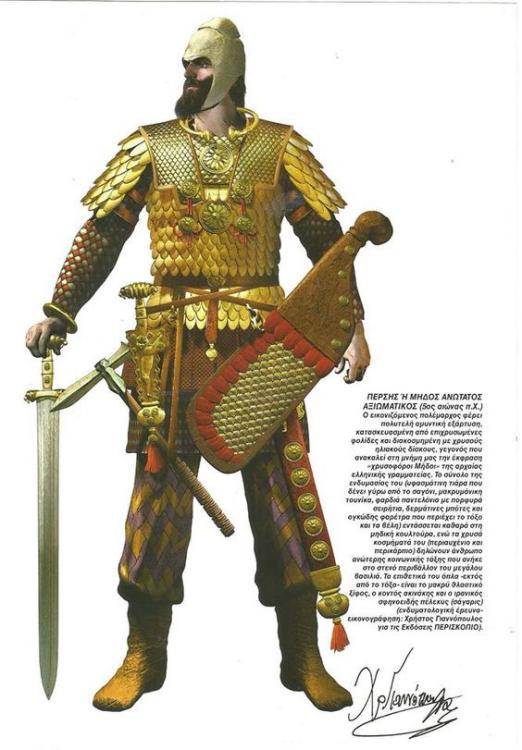
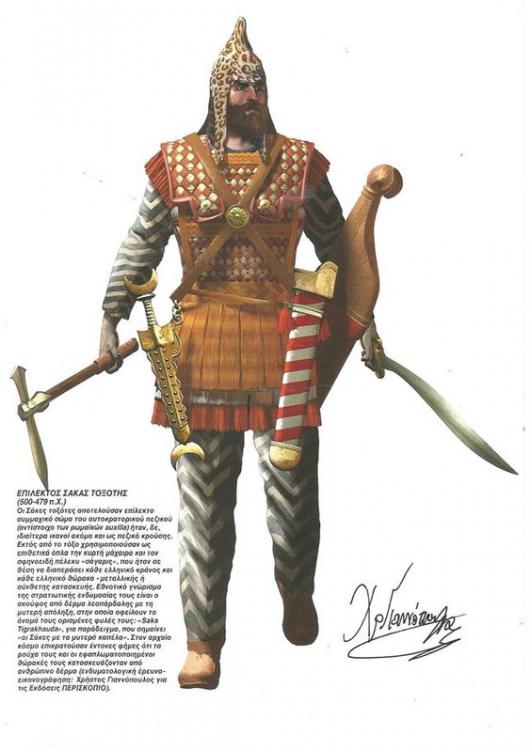
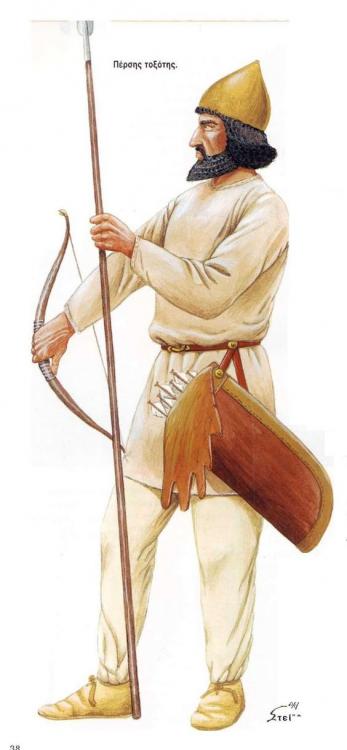
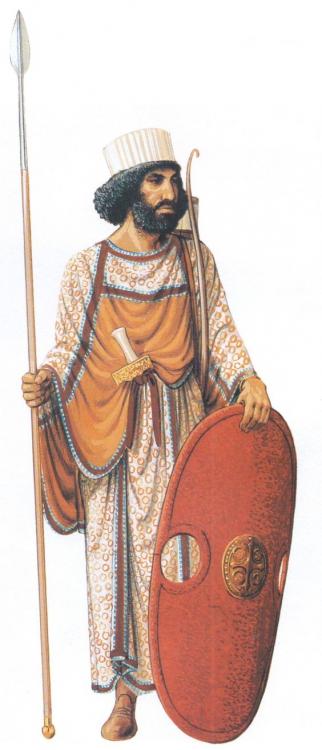
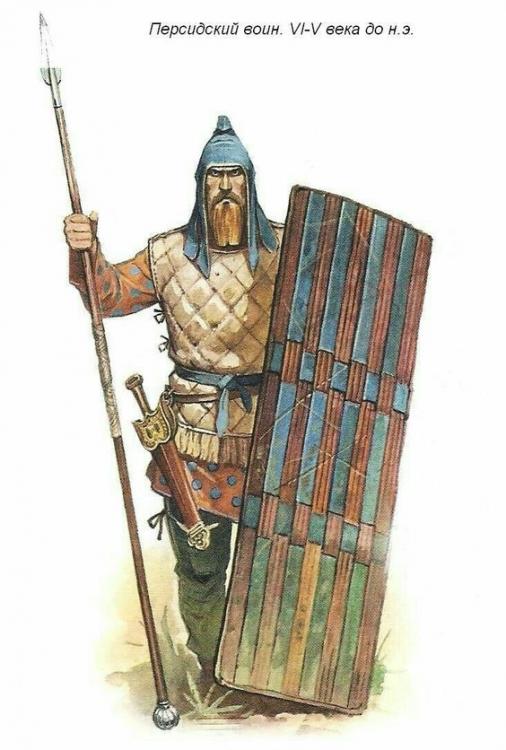
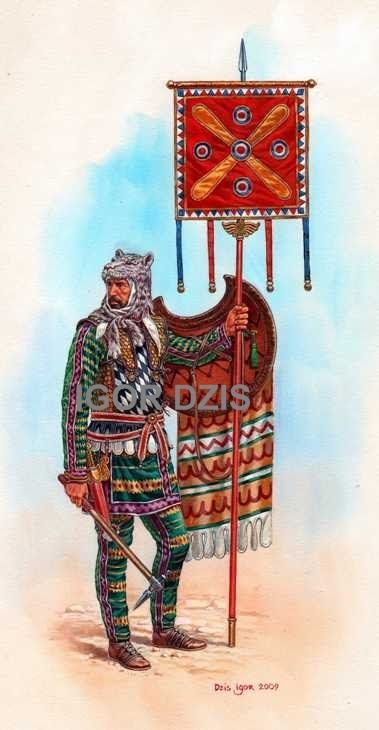
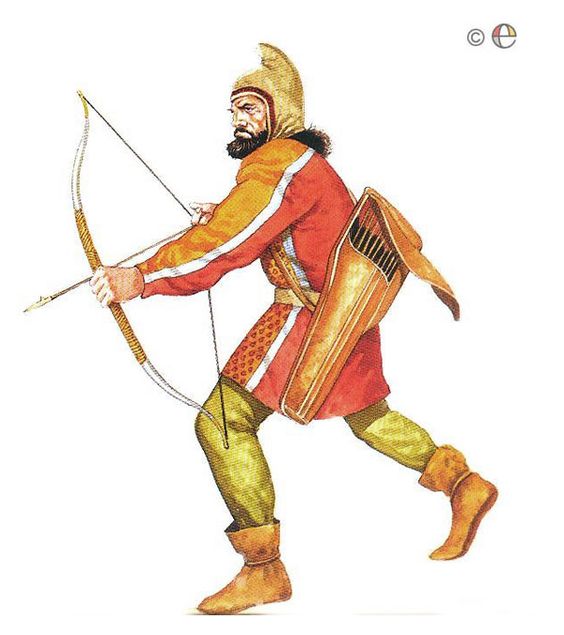
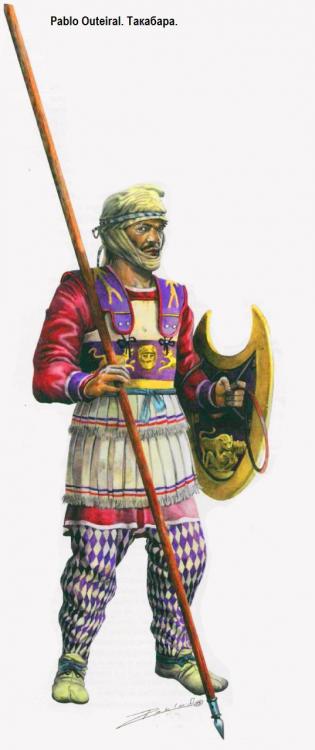
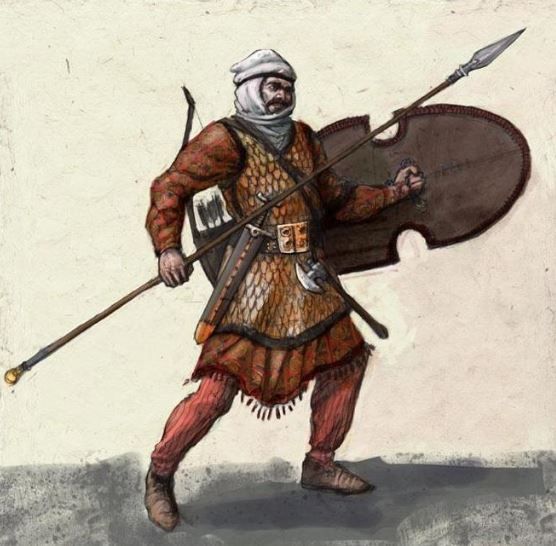
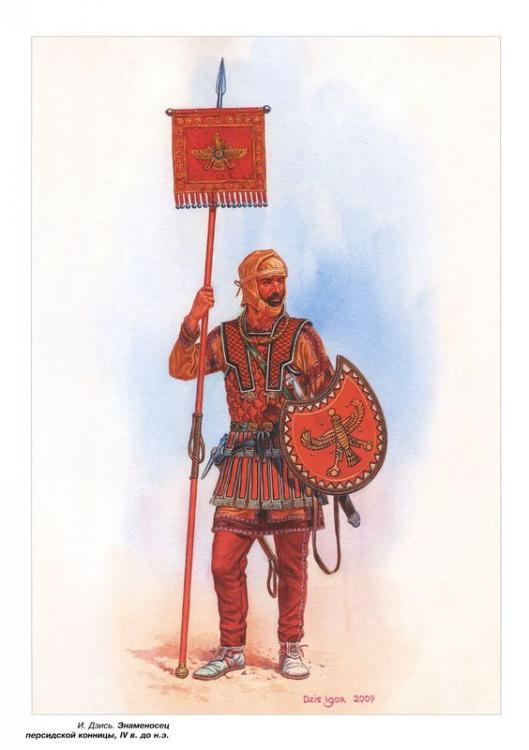
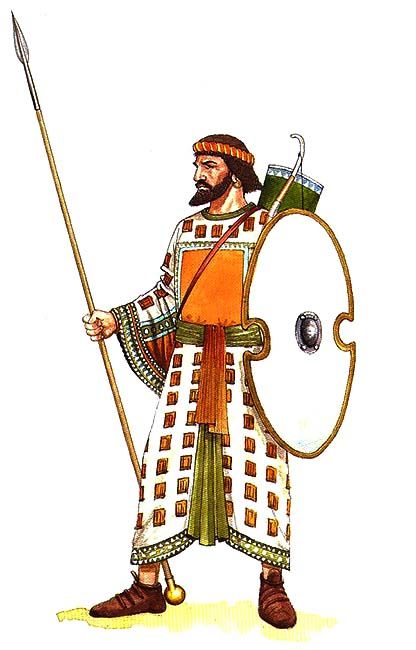
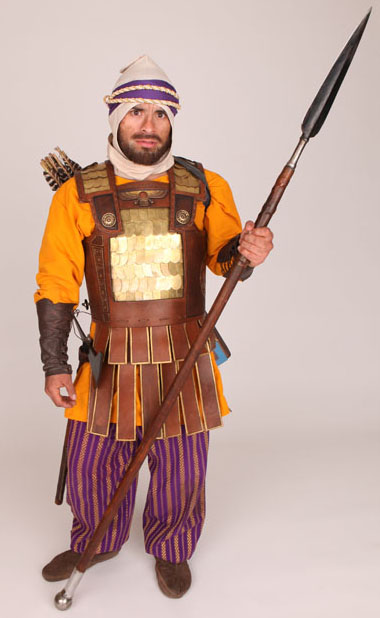
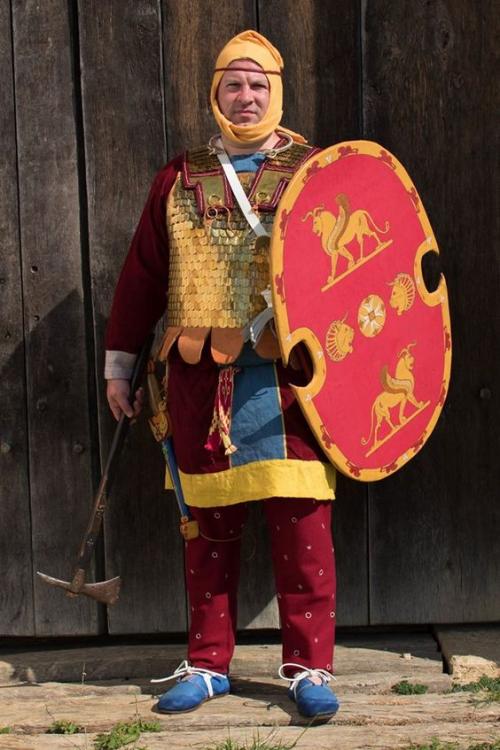
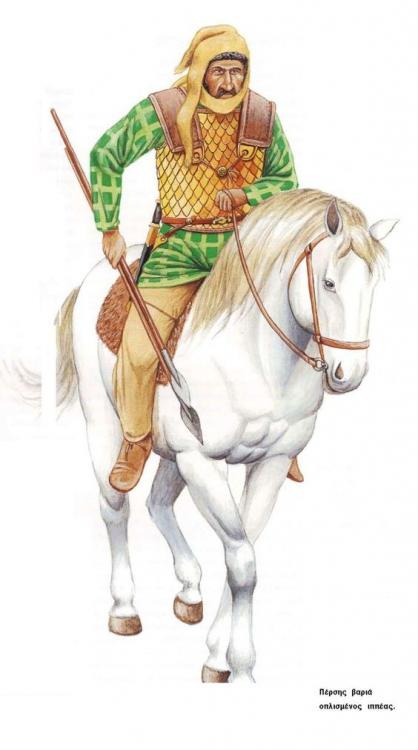
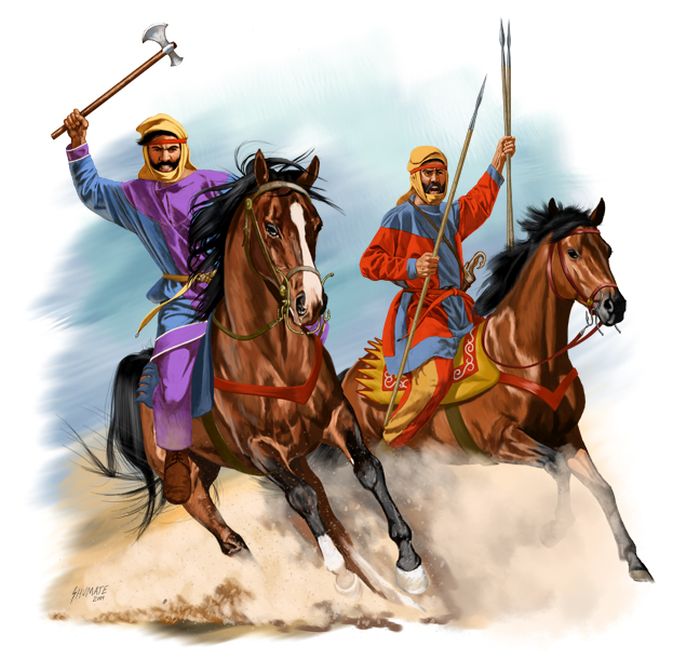
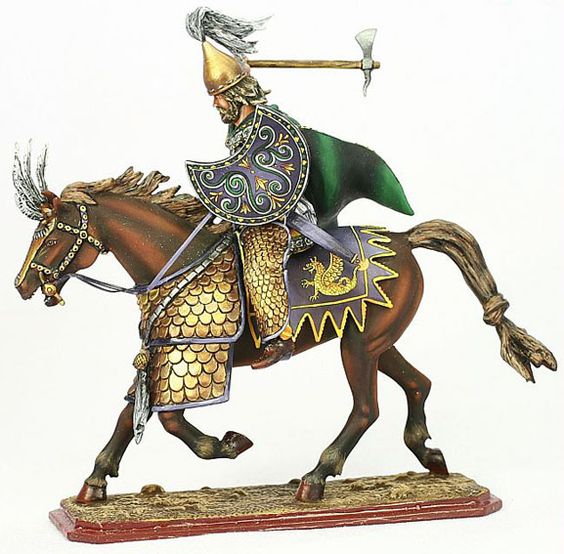
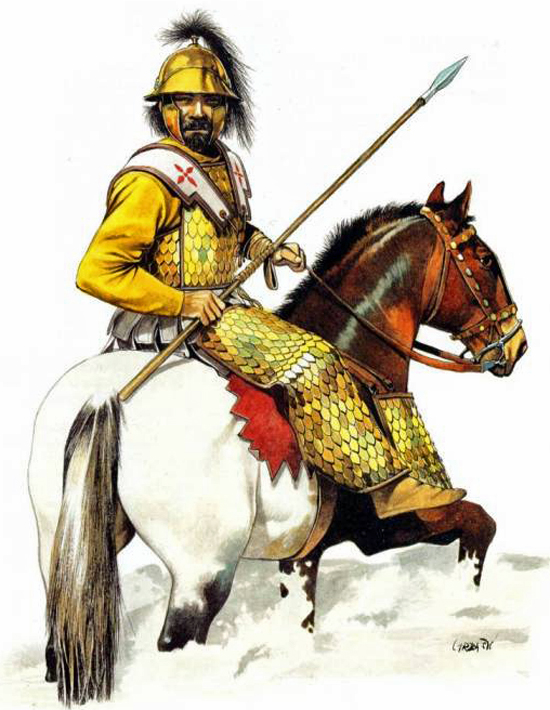
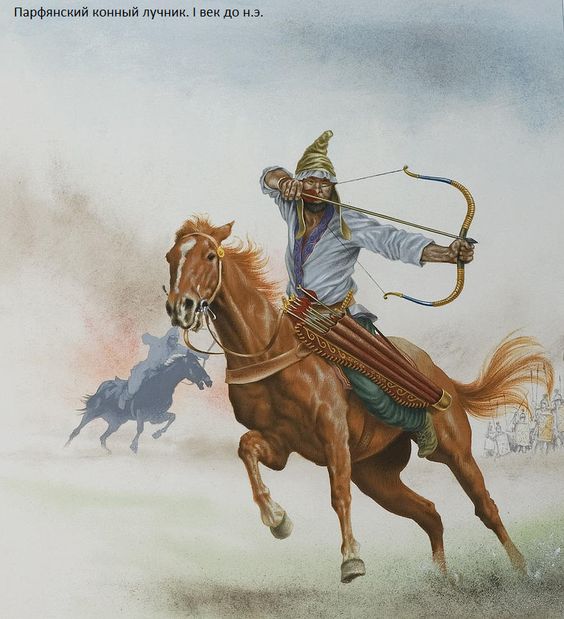
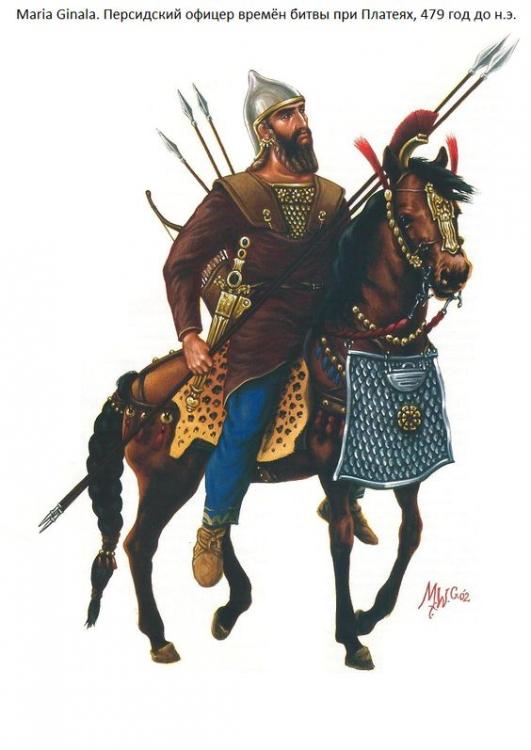
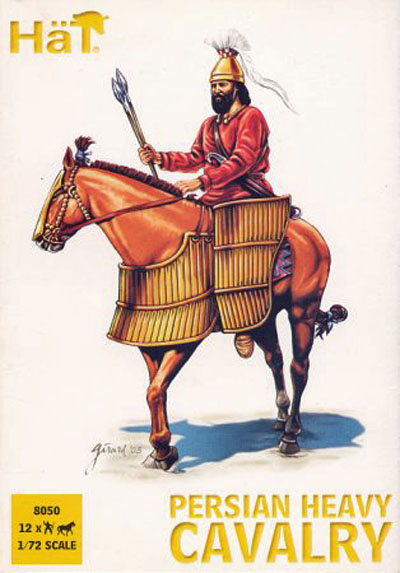
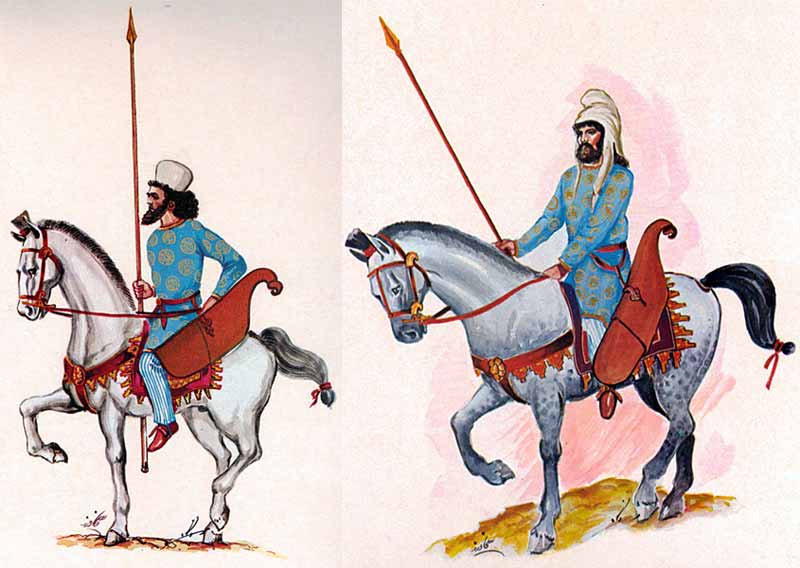
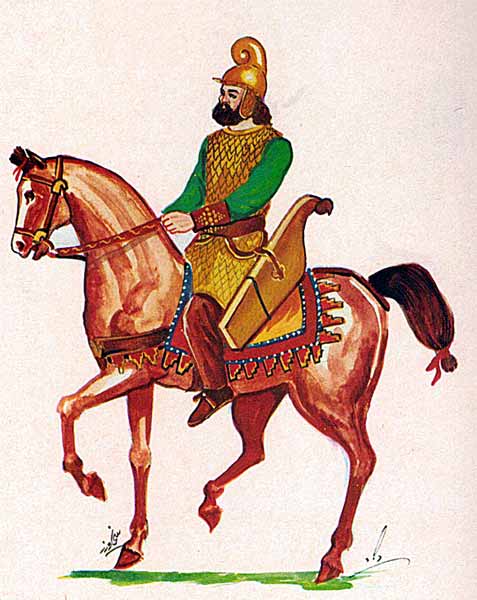
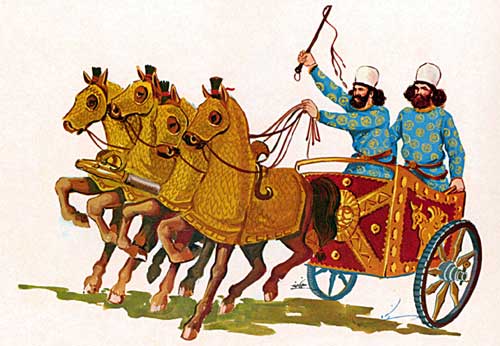
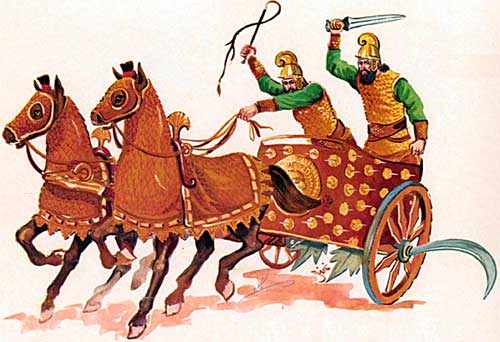
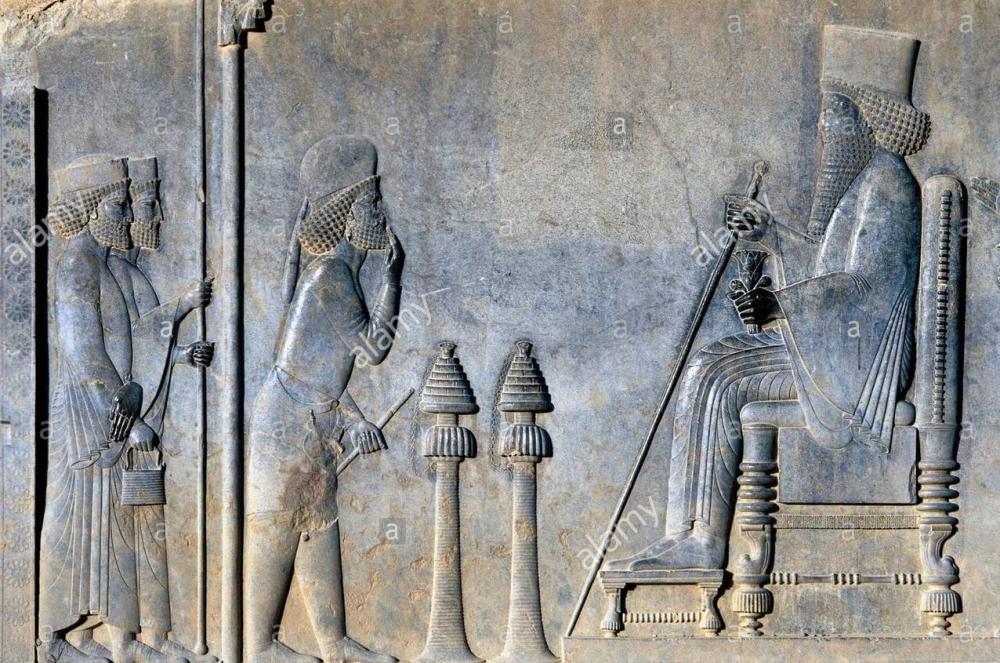
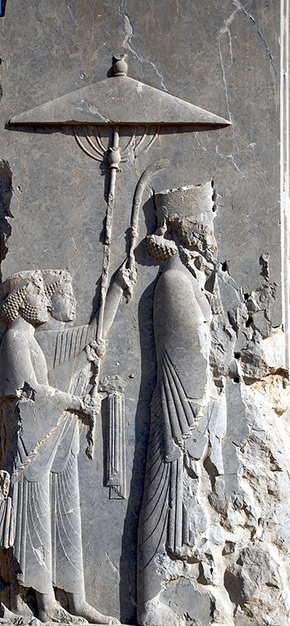
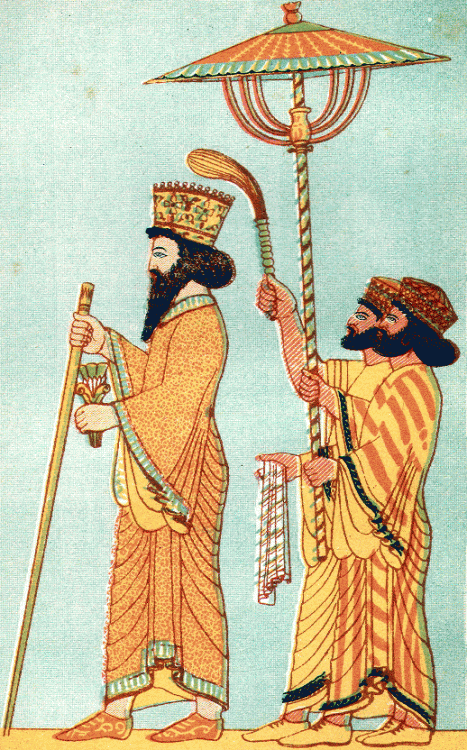
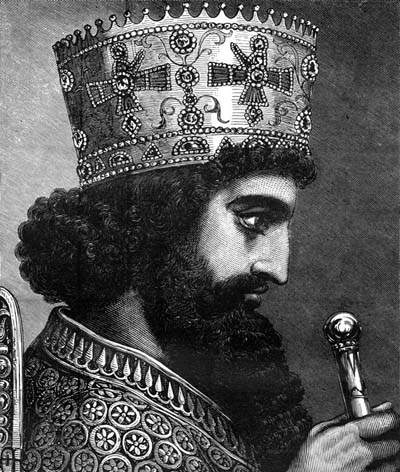
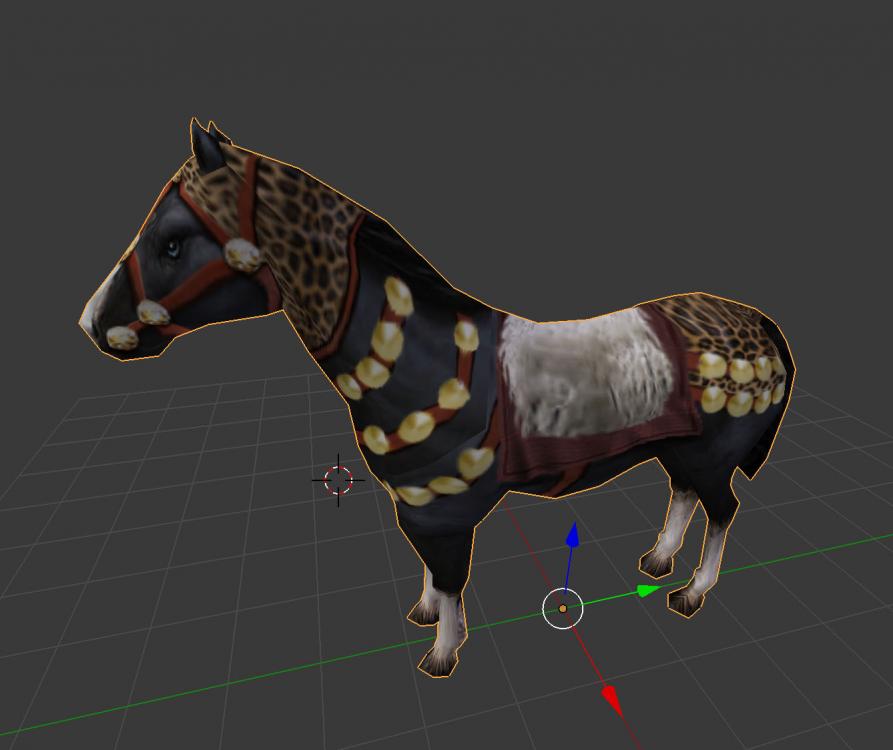
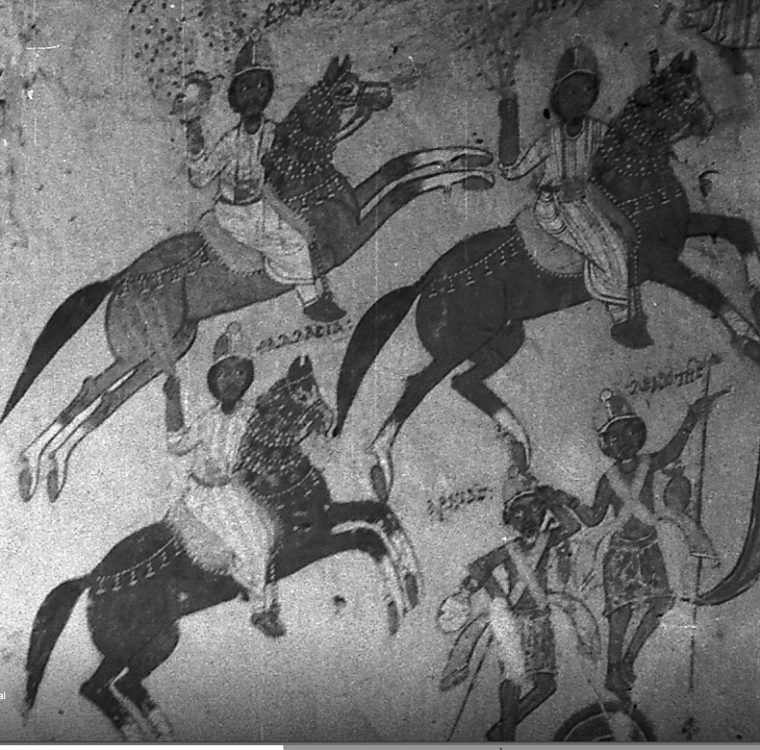
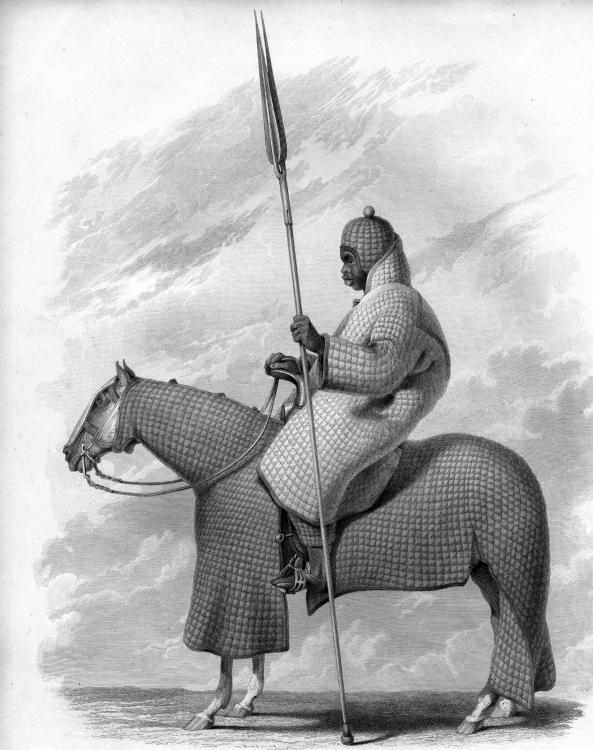
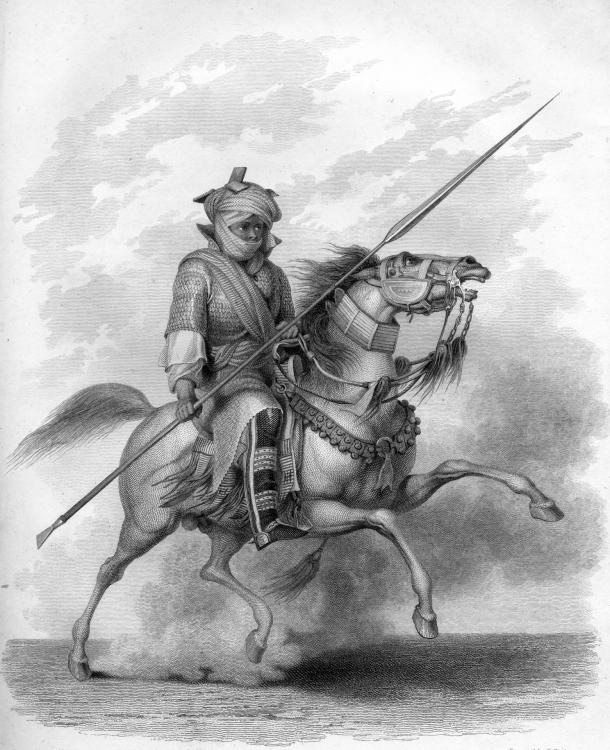
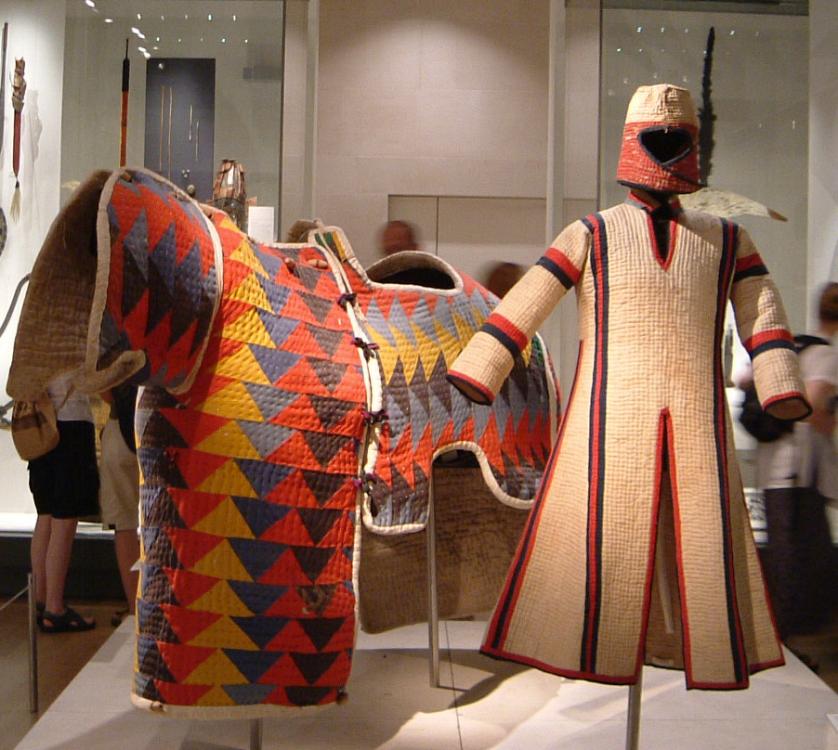
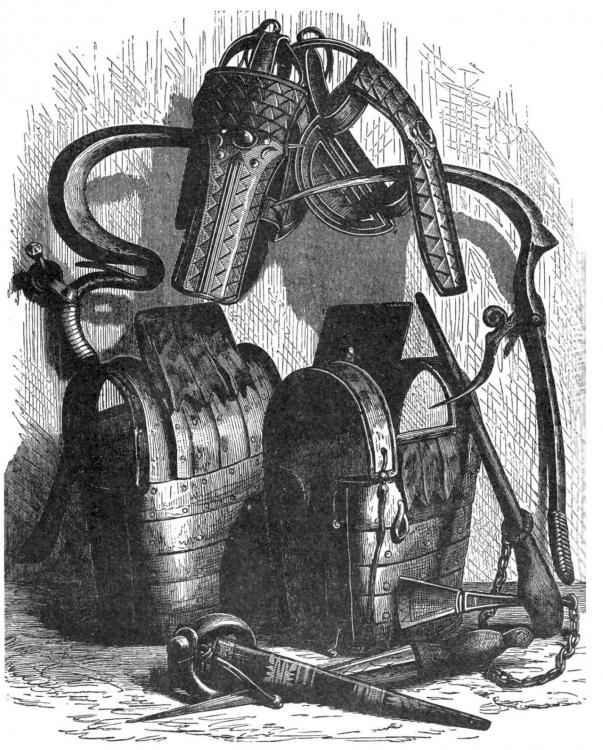
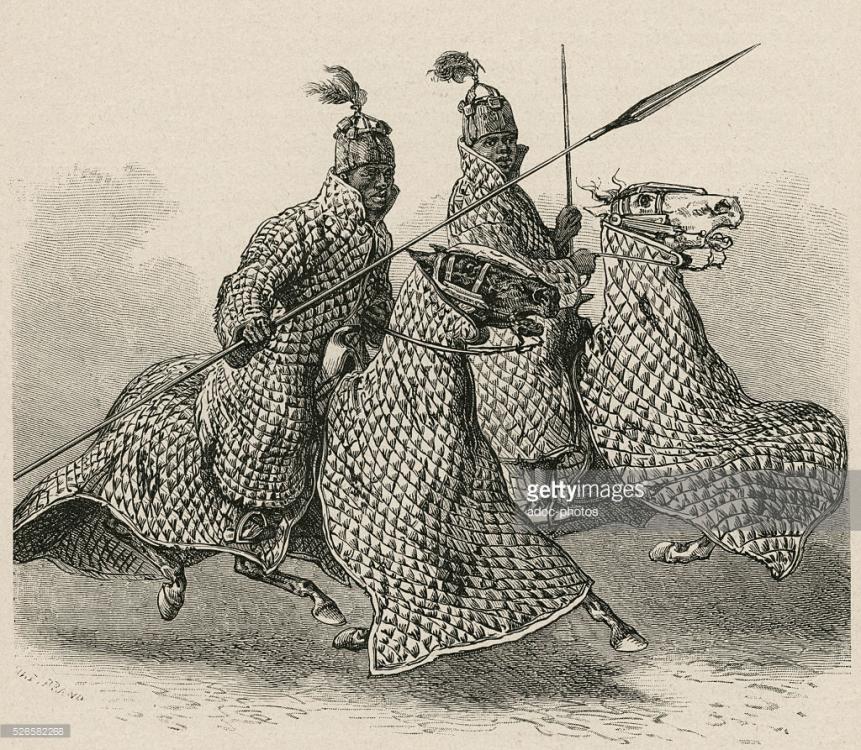
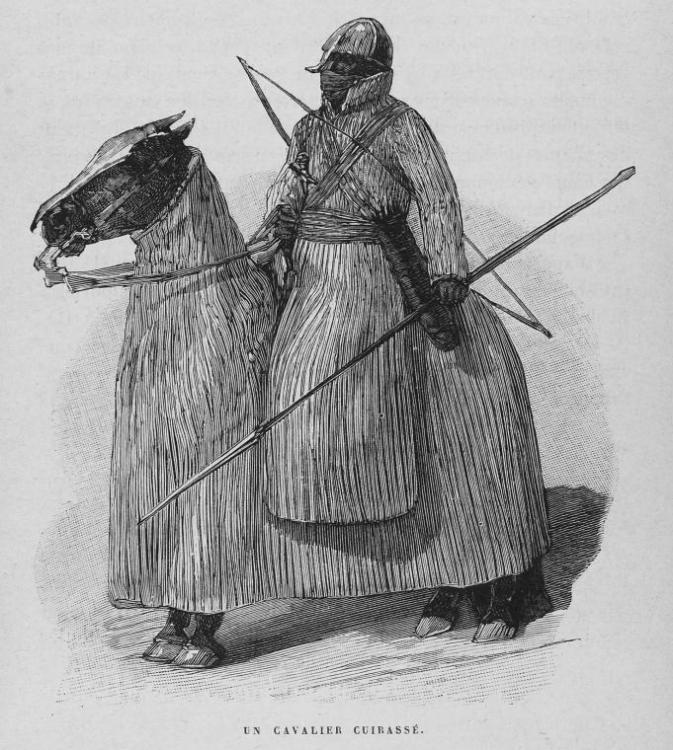
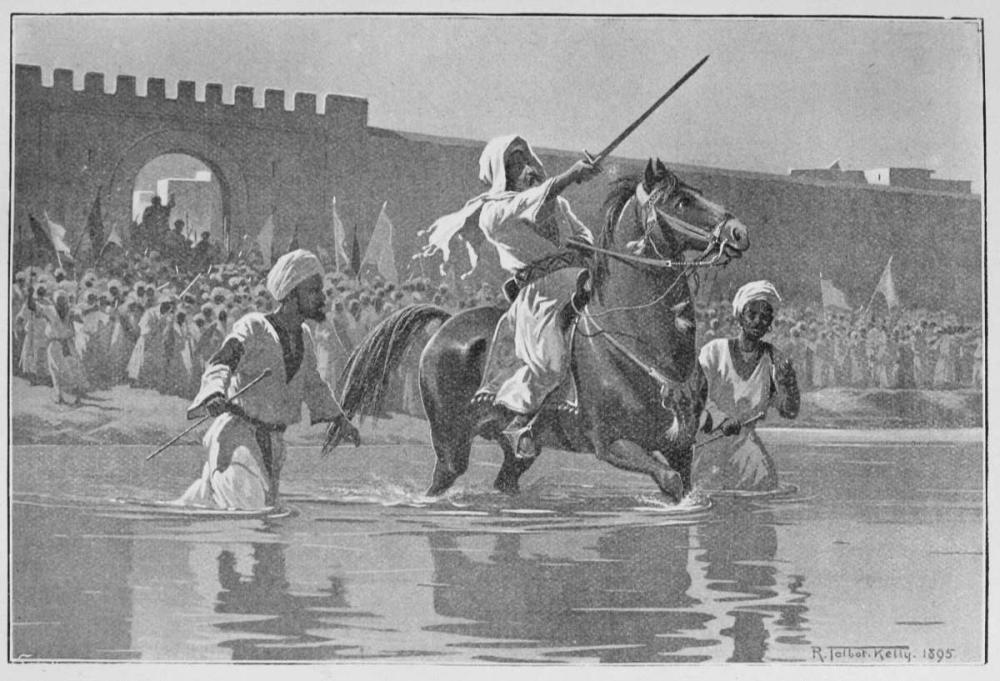
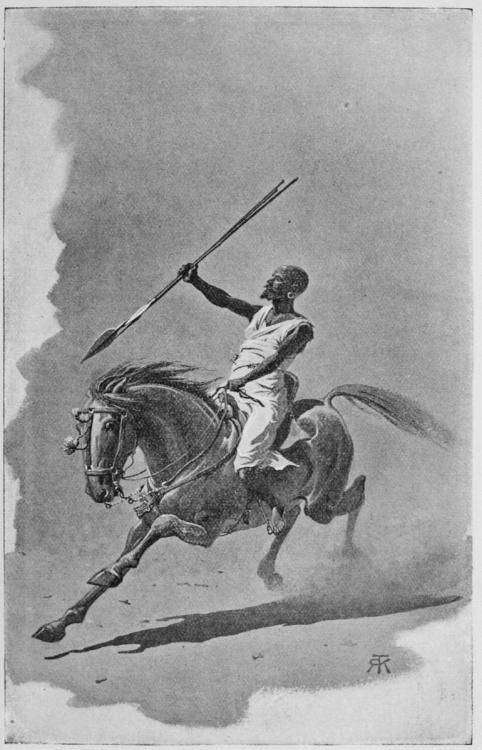
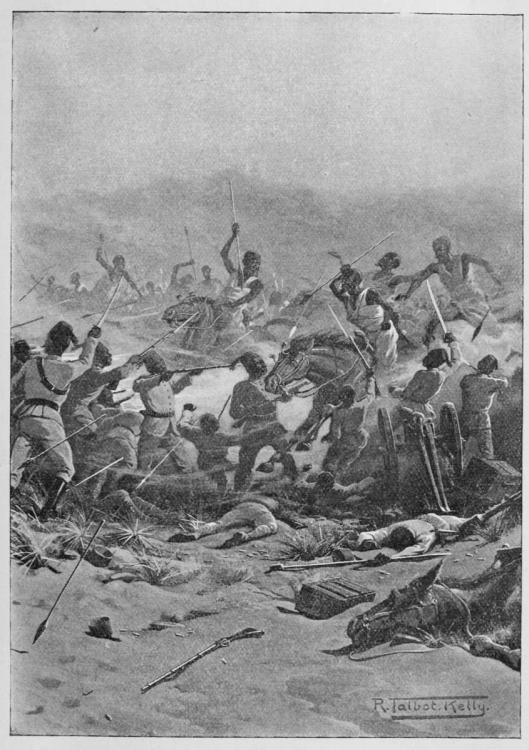
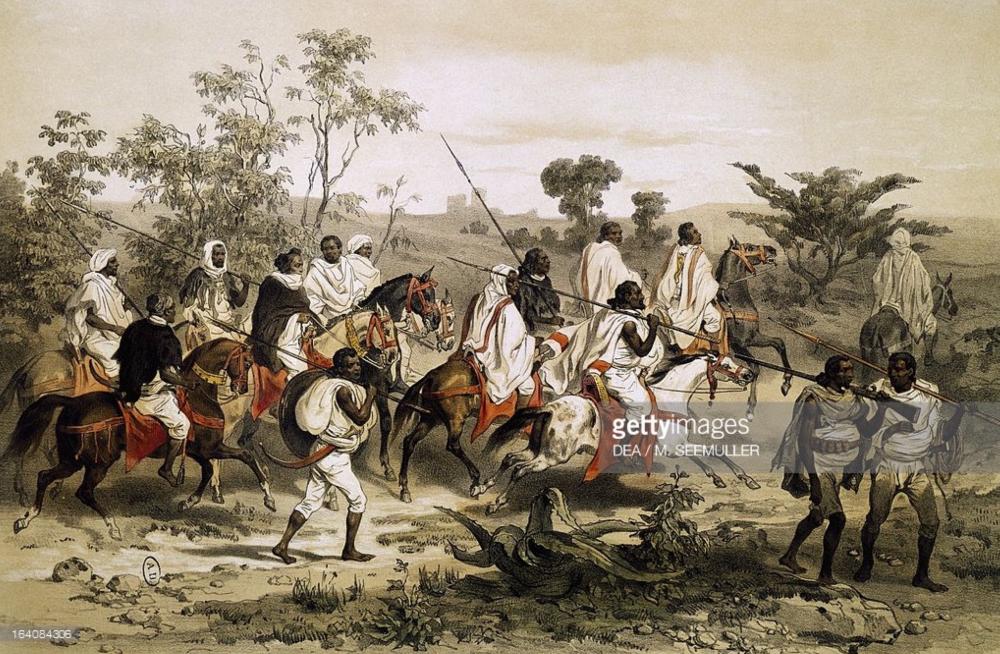
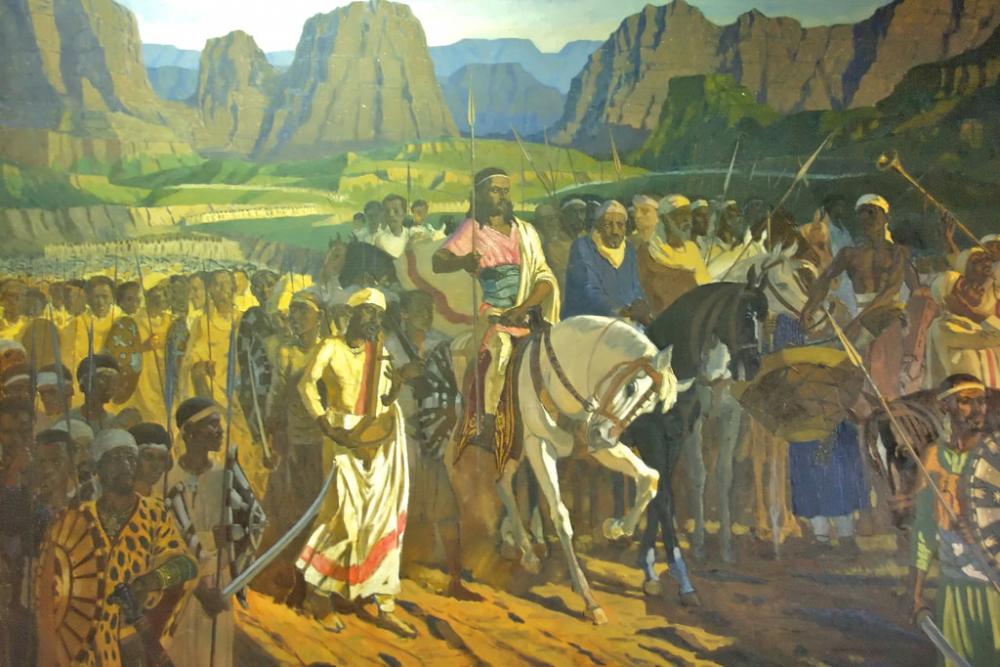
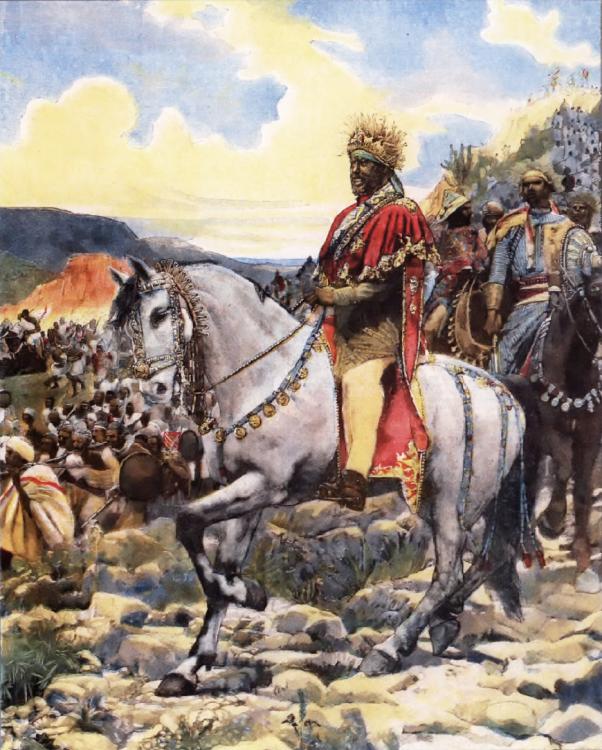
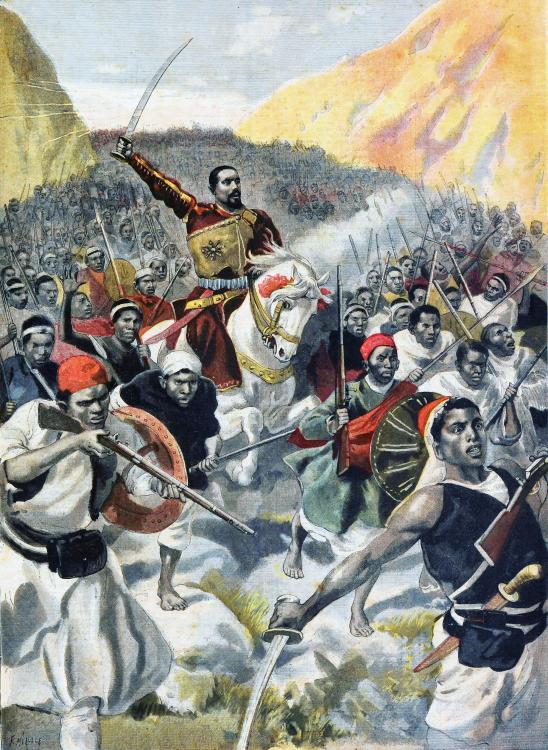
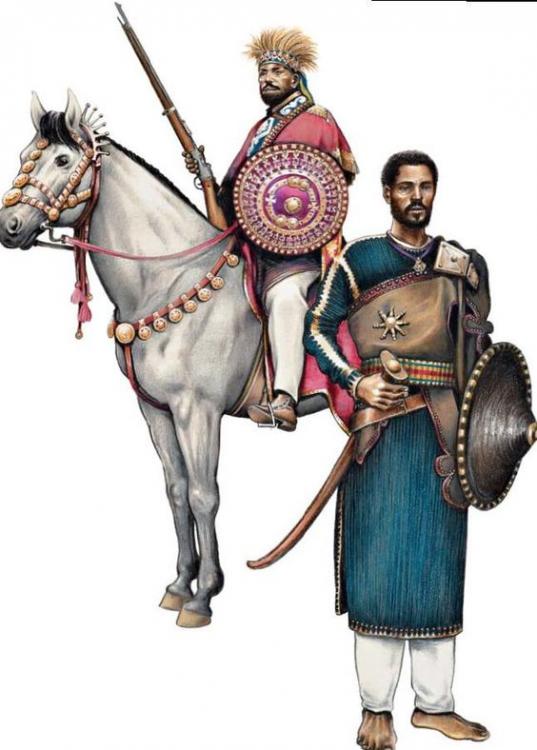
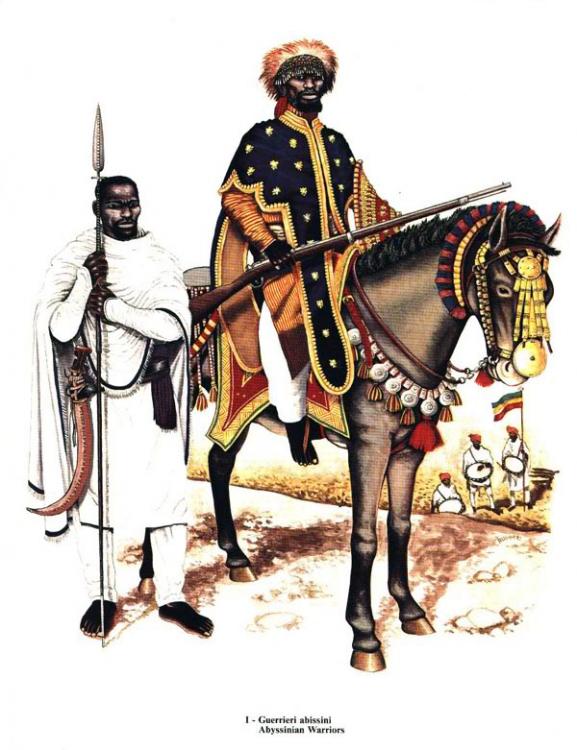
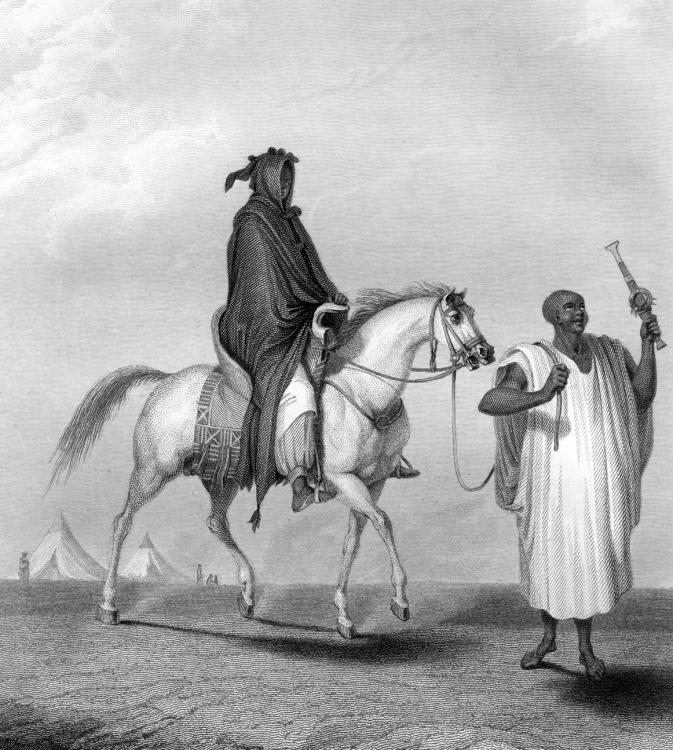
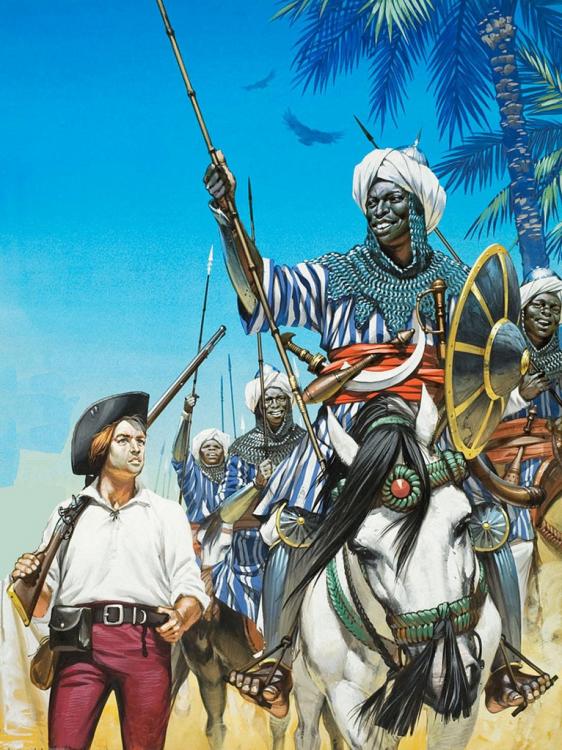
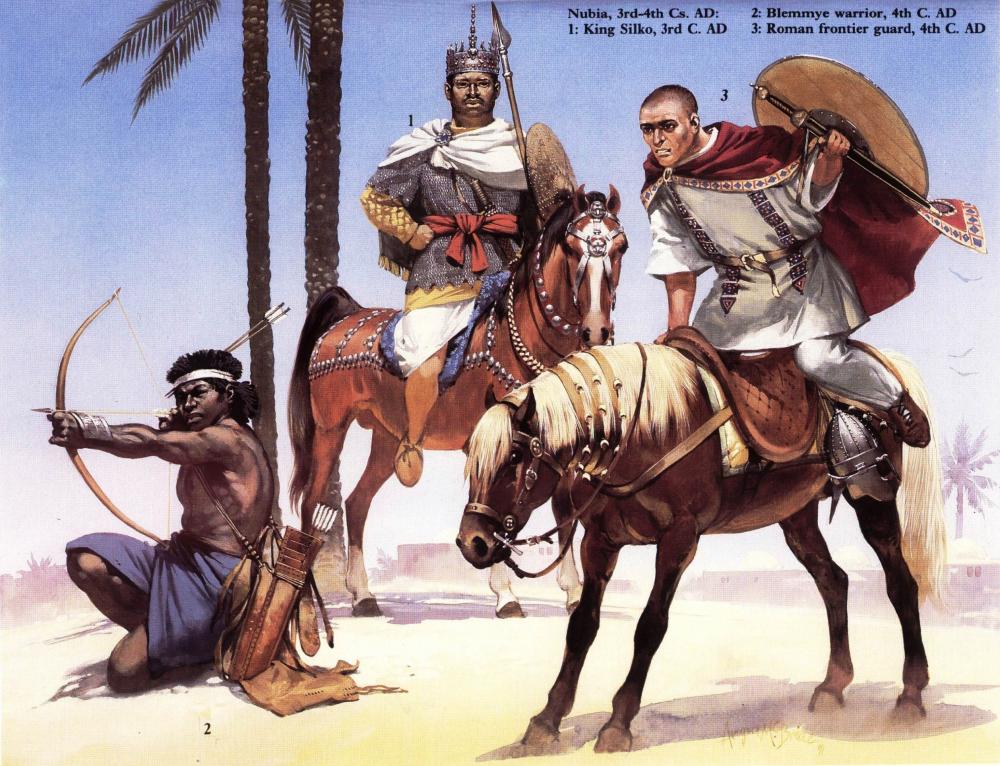
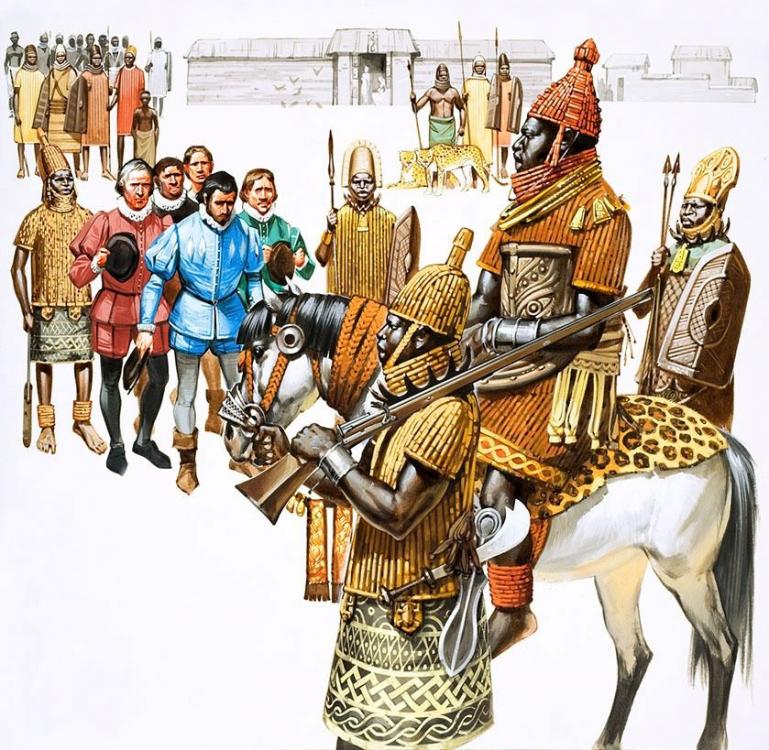
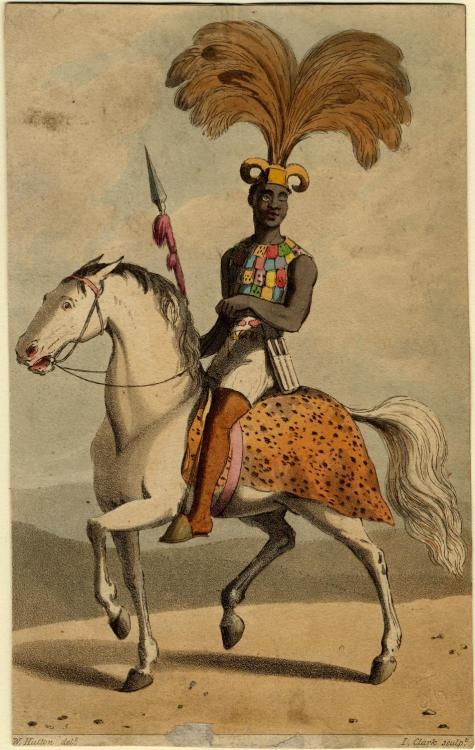
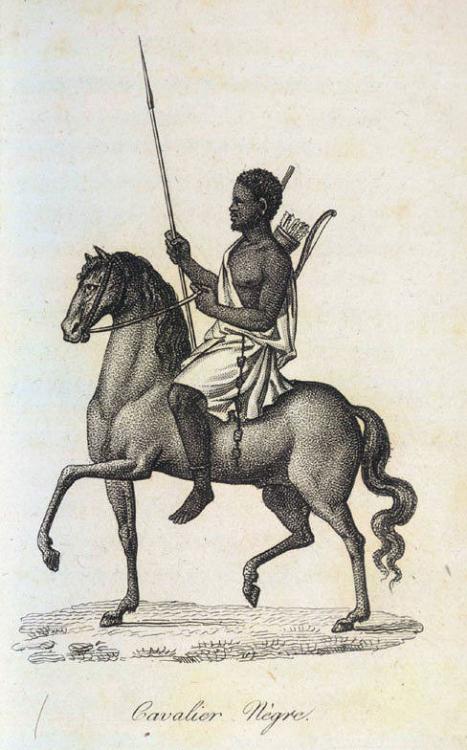
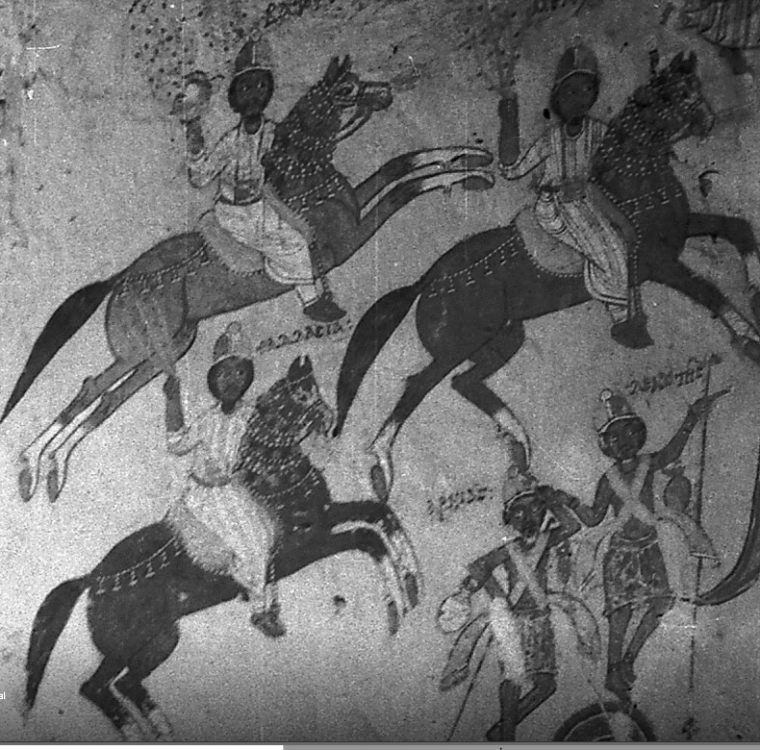
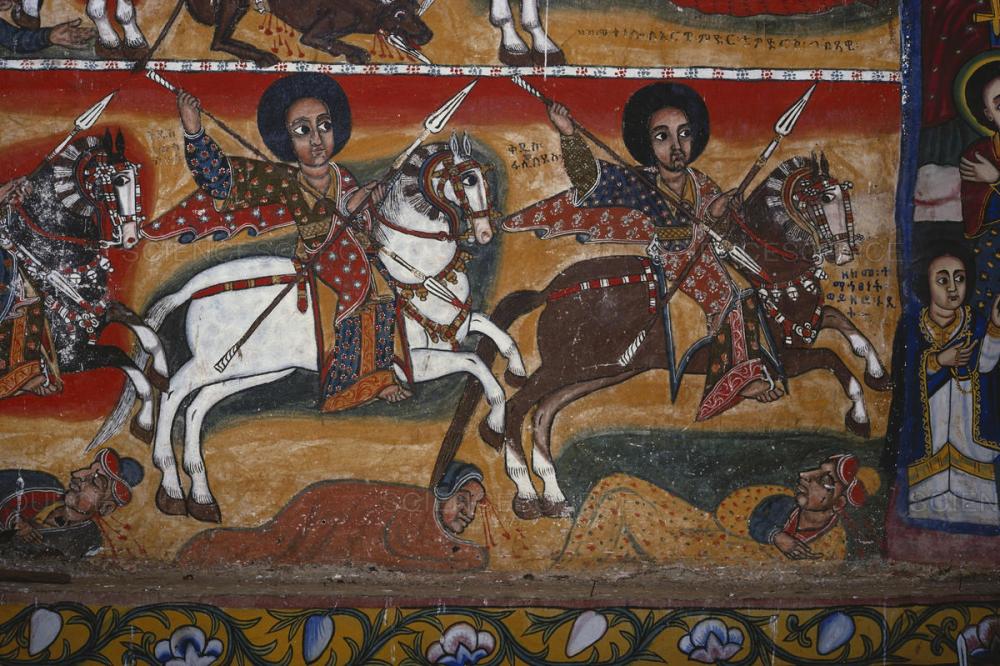
.thumb.jpg.c89751f7f34c25a1683d12fd7075ac2b.jpg)

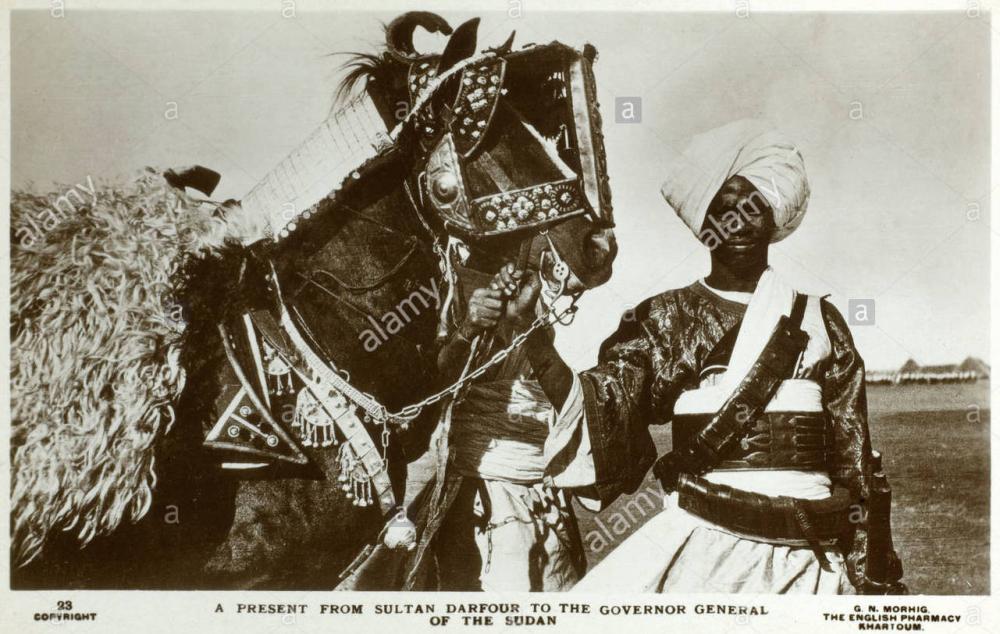
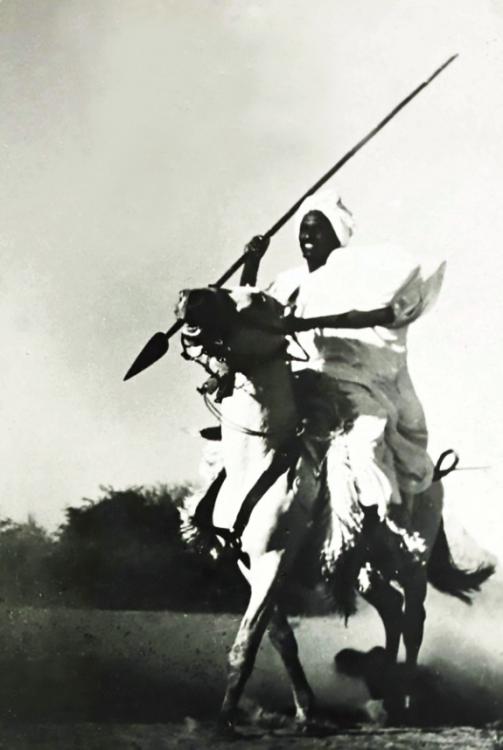
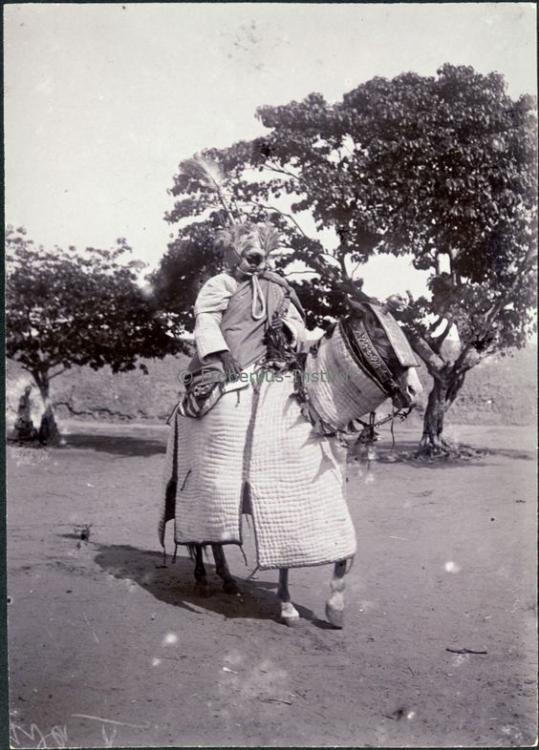
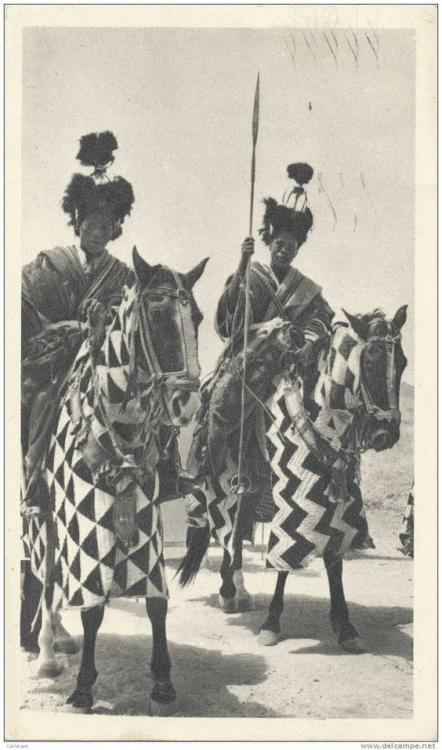
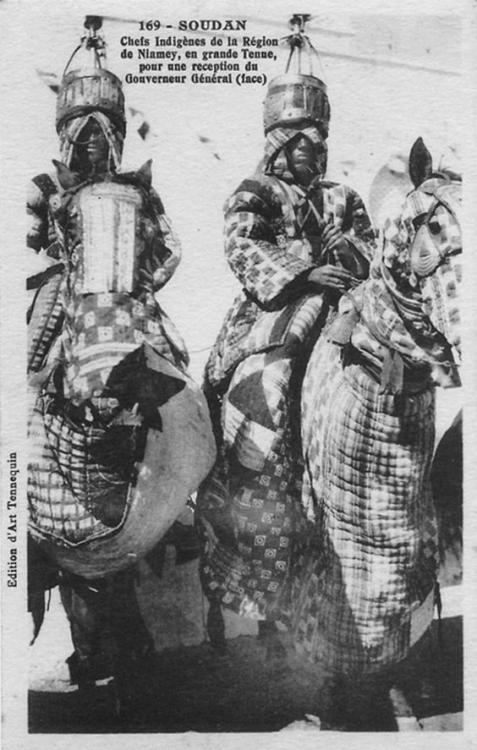
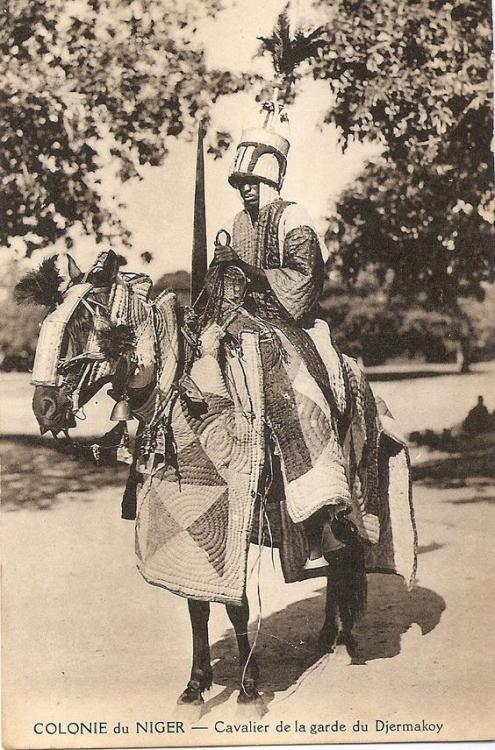
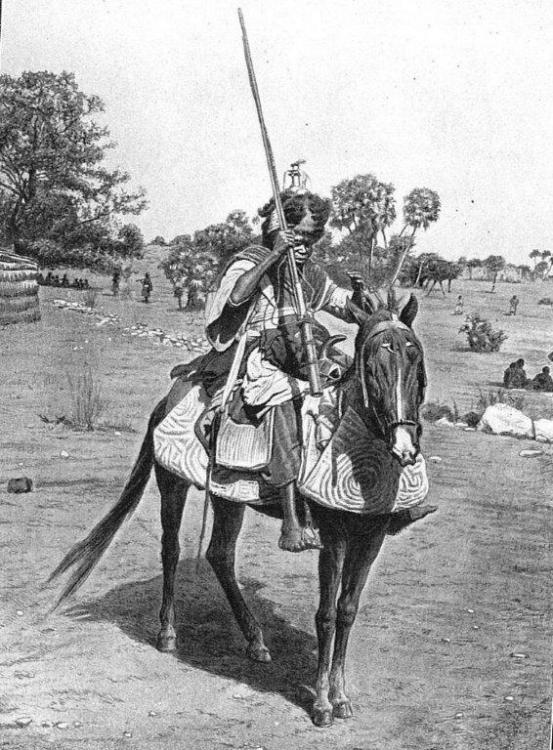
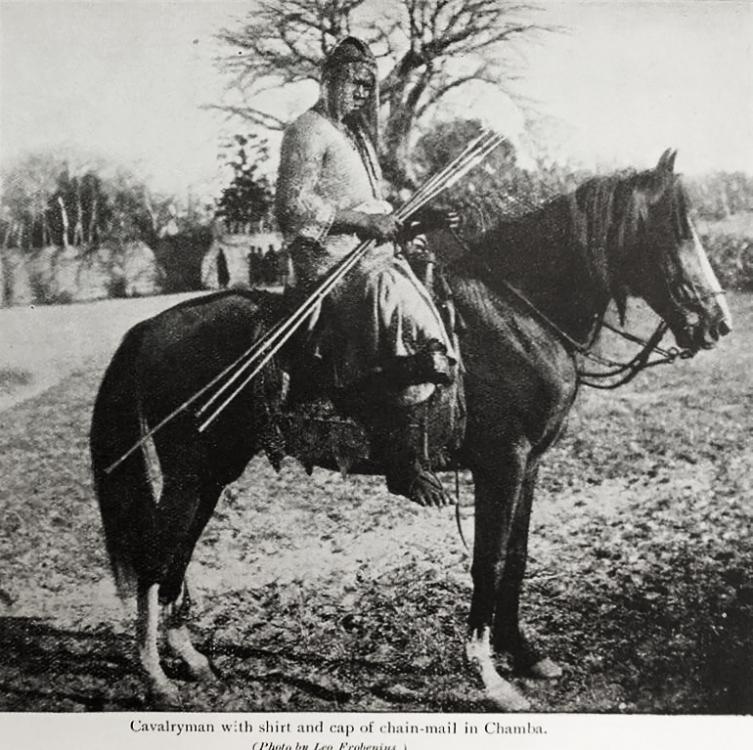
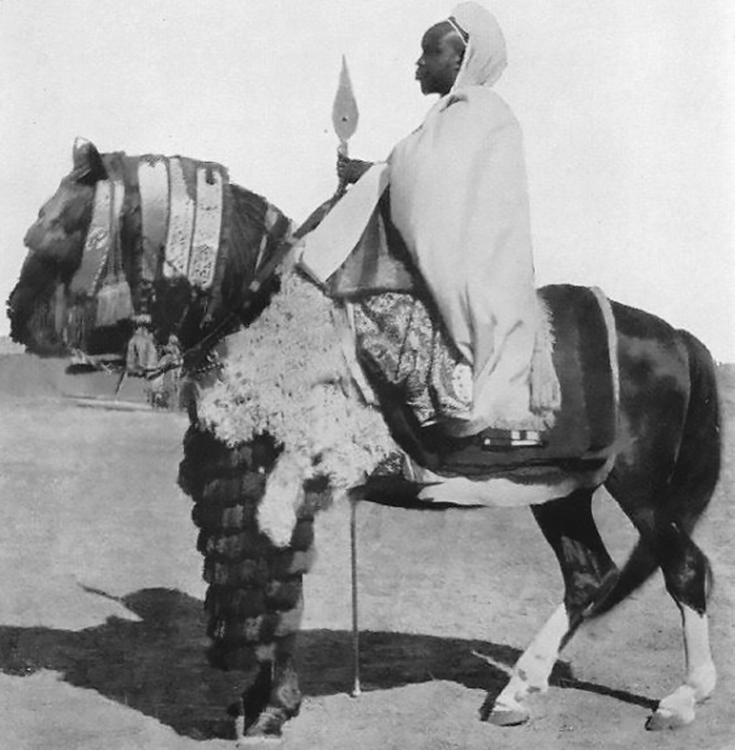
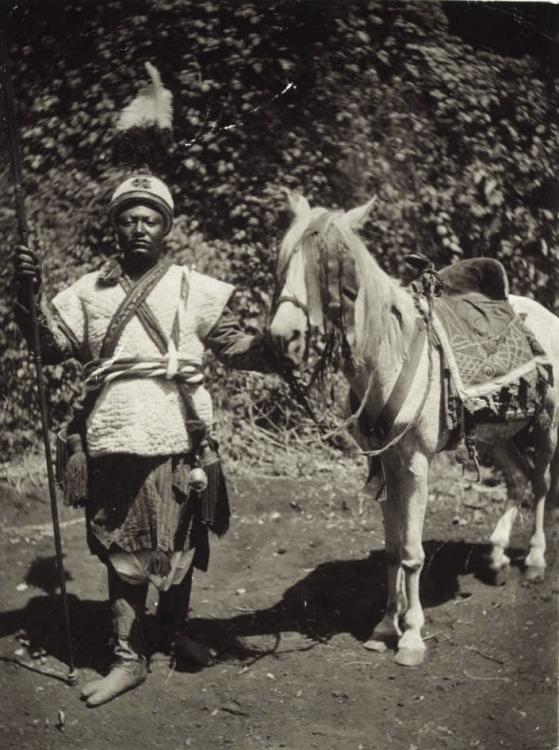
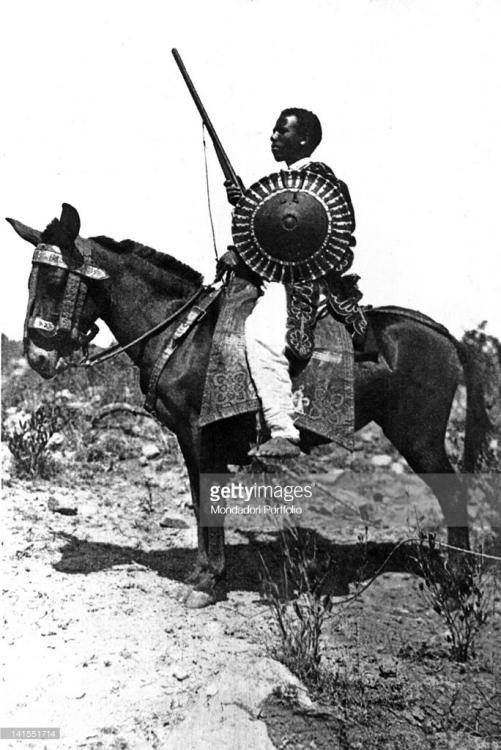
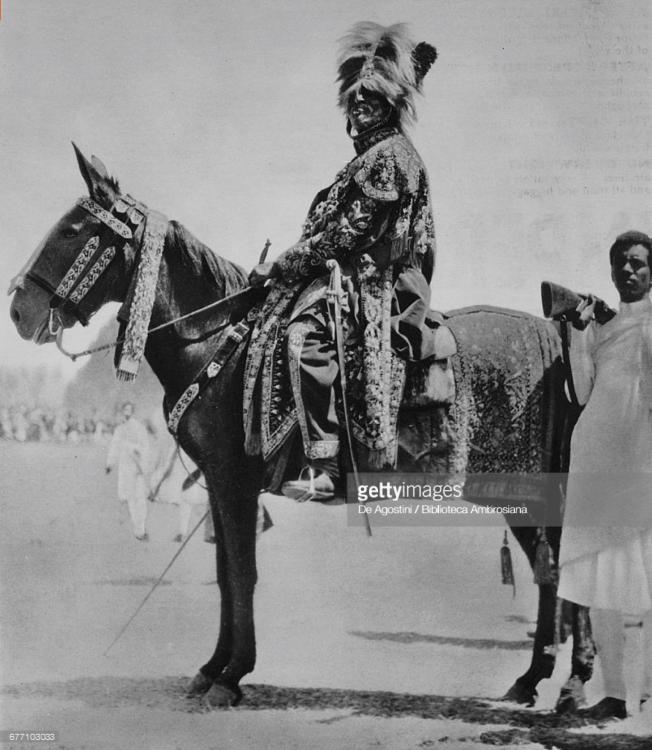
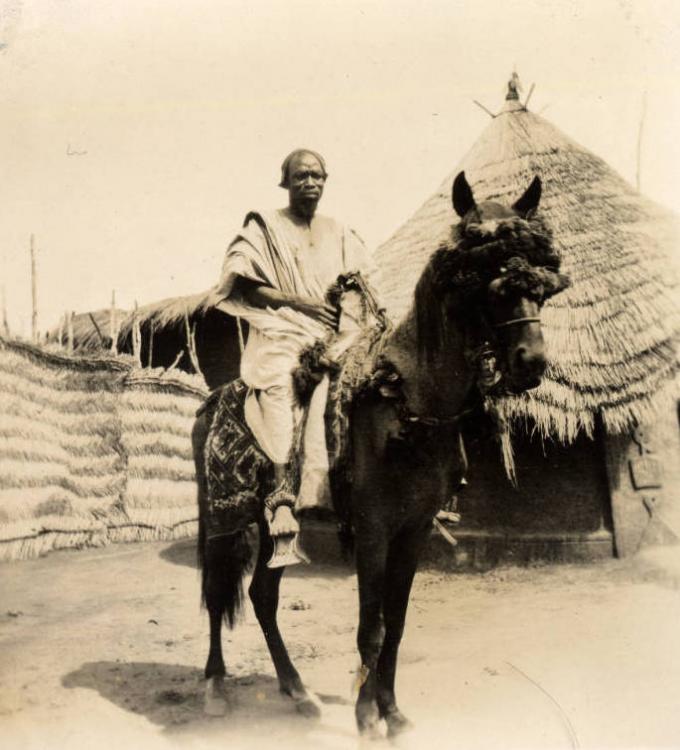
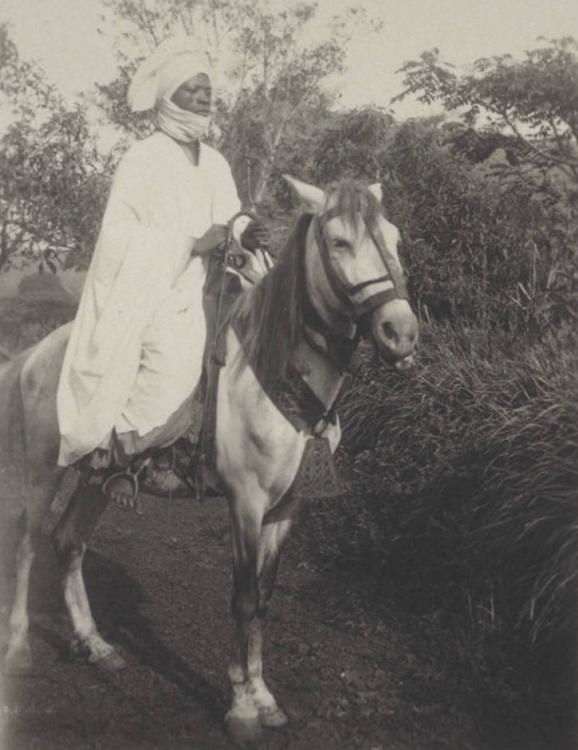
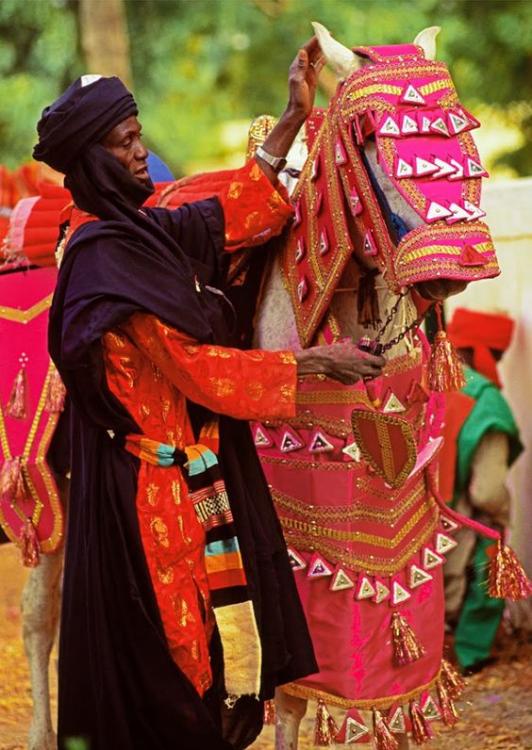
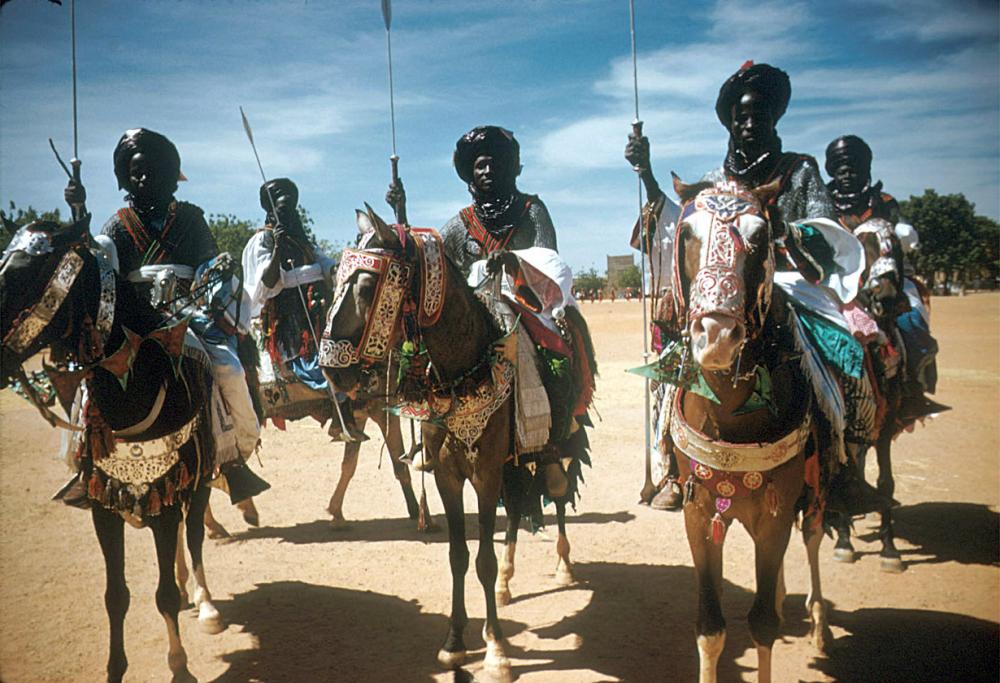
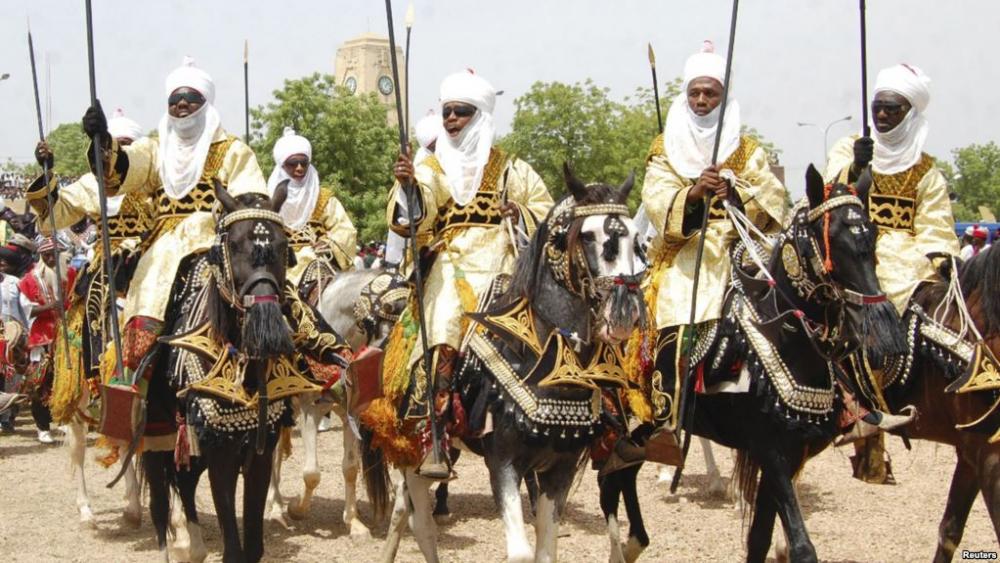
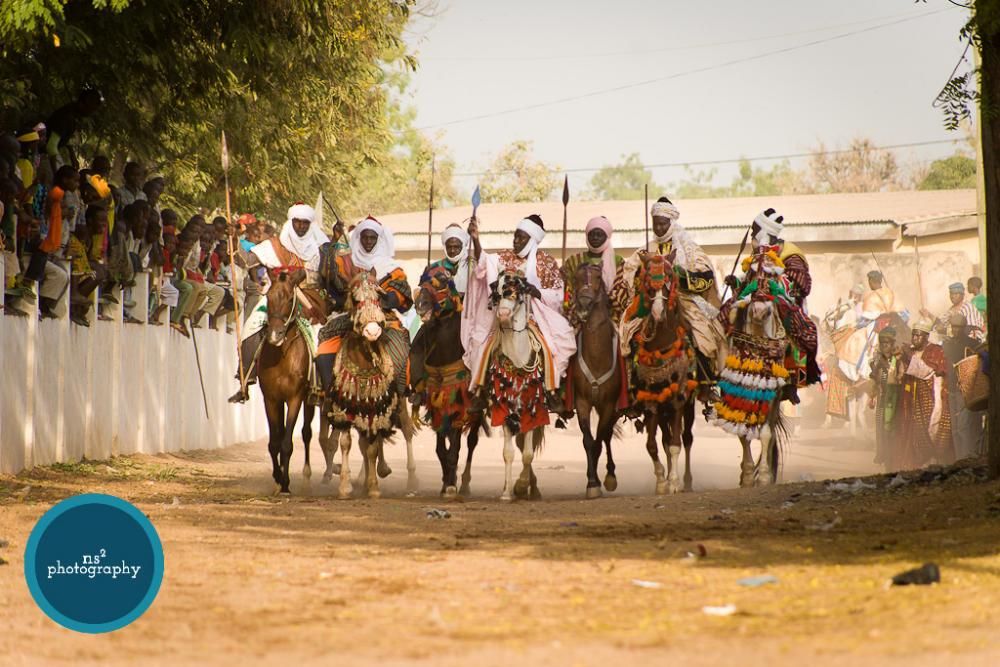
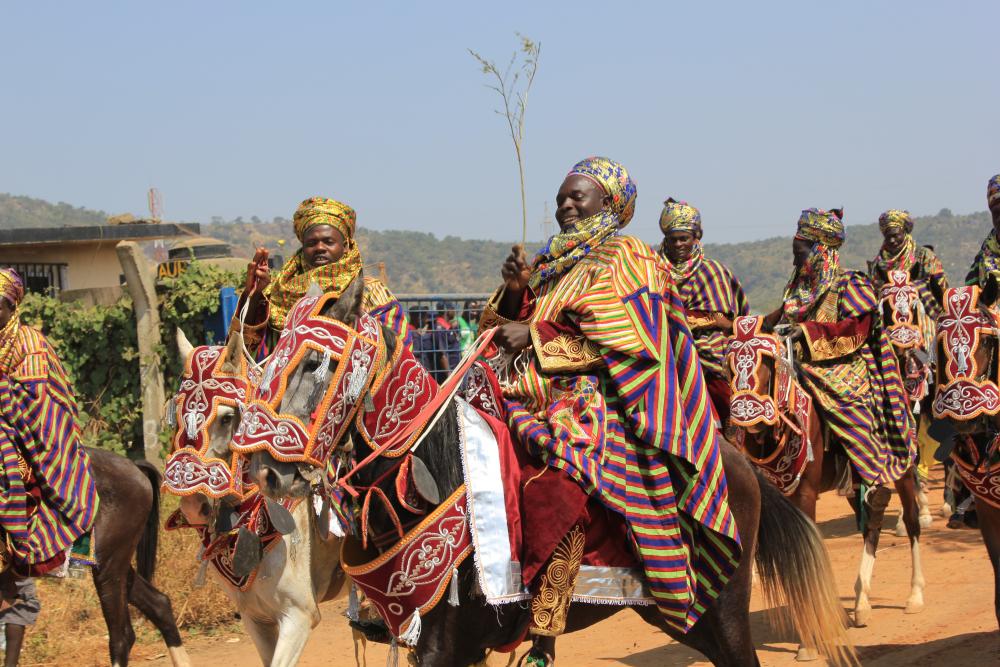
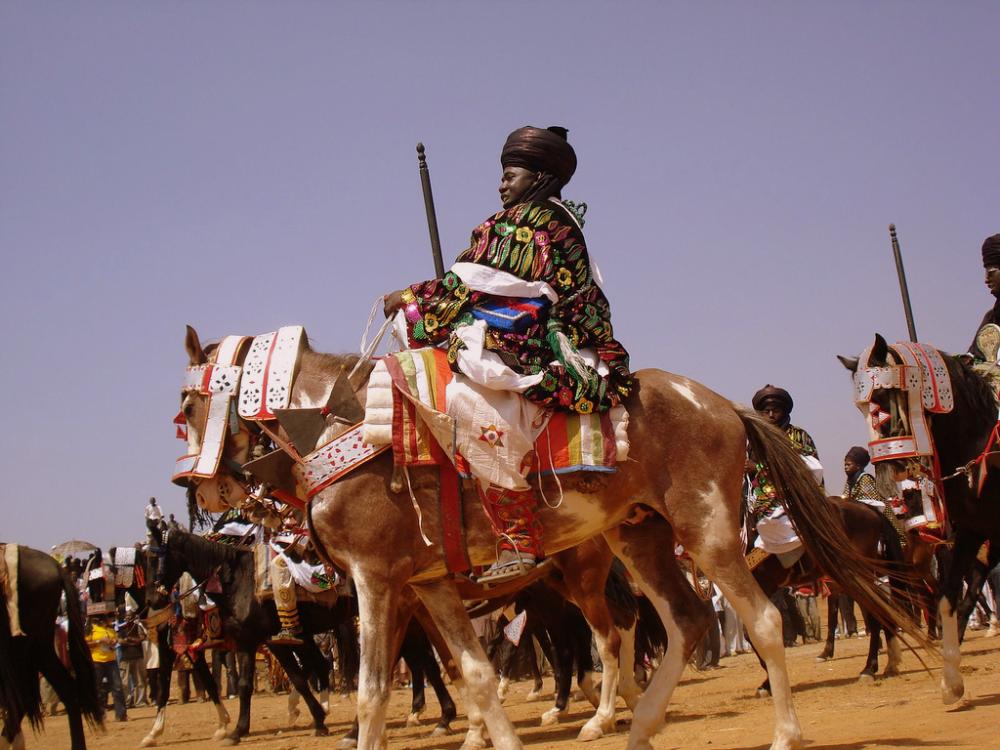
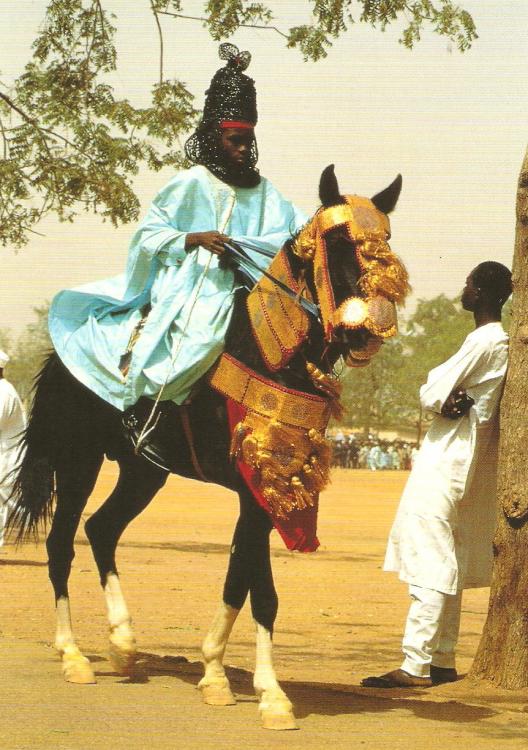
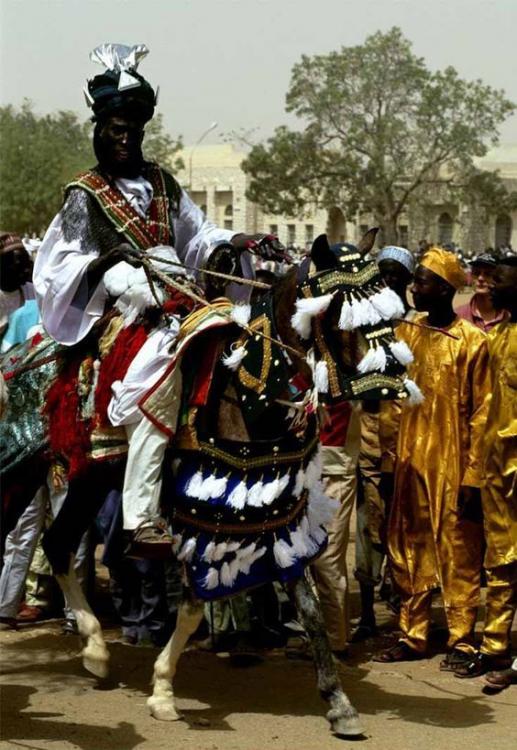
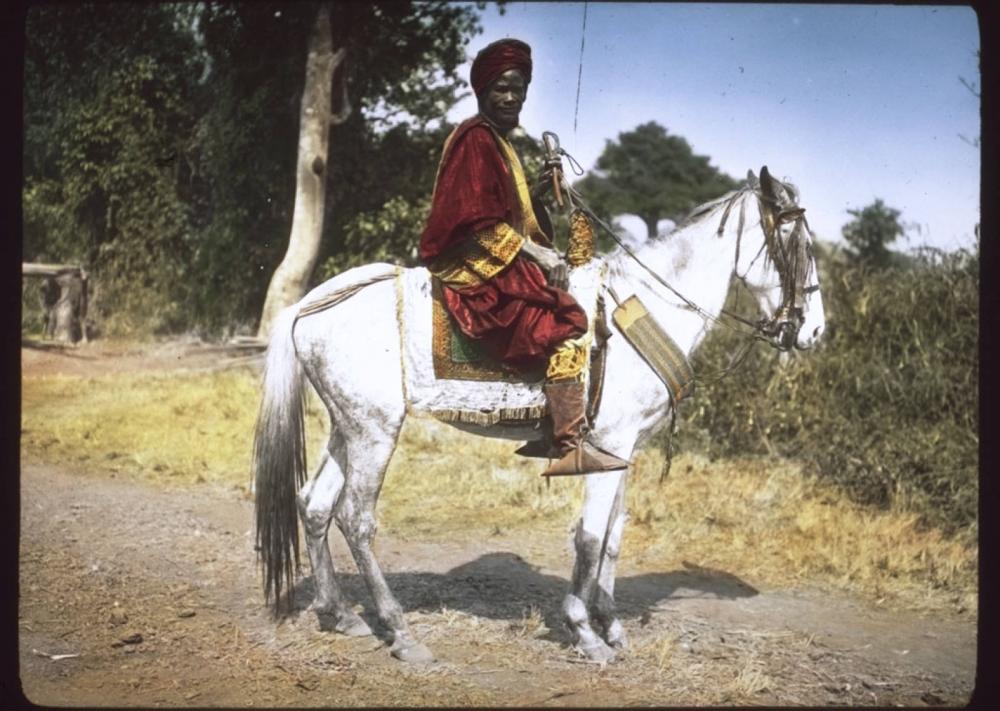
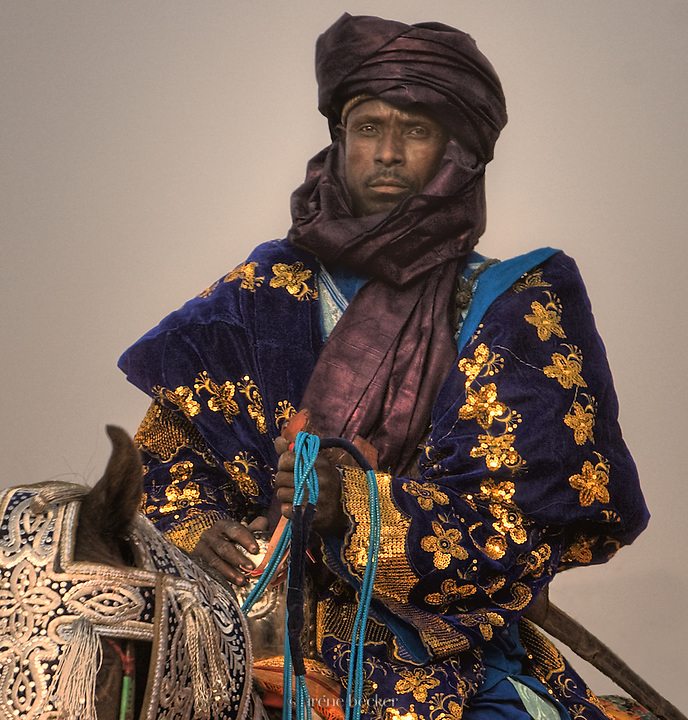
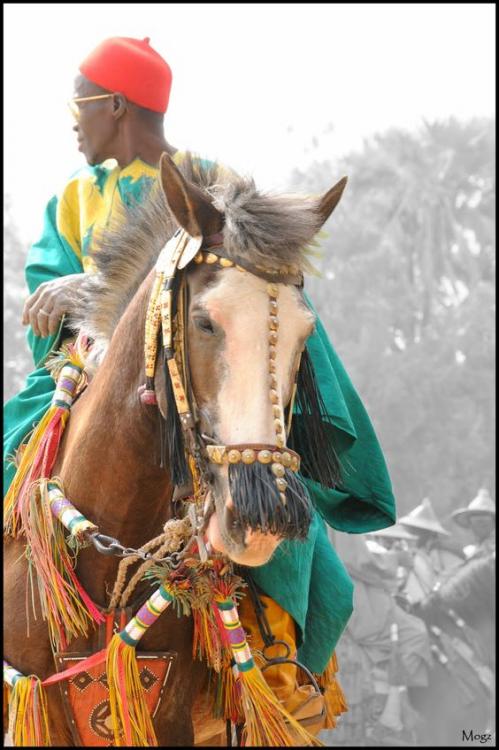
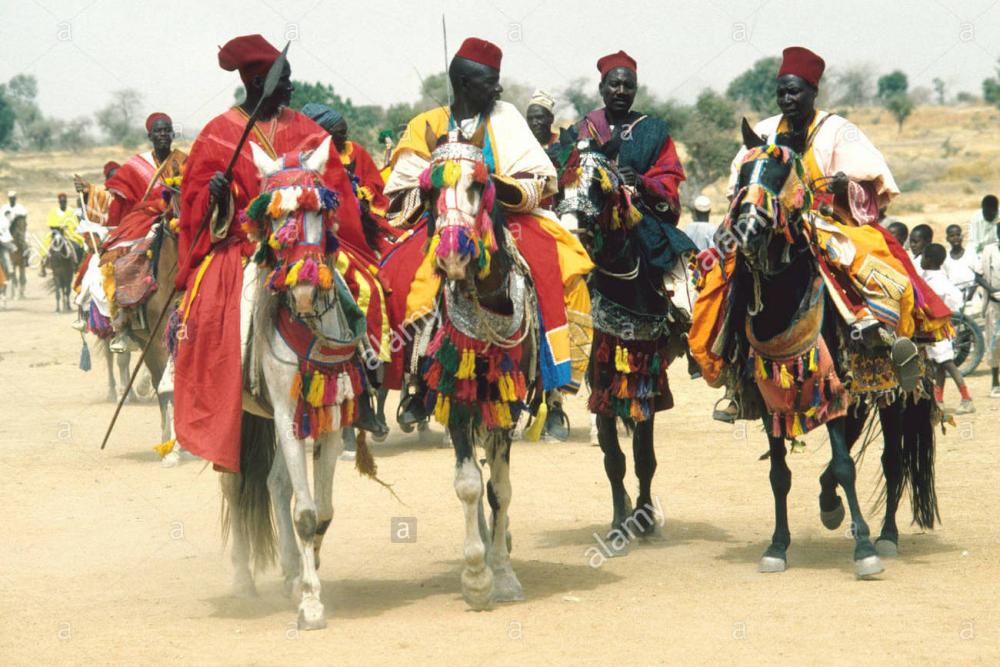
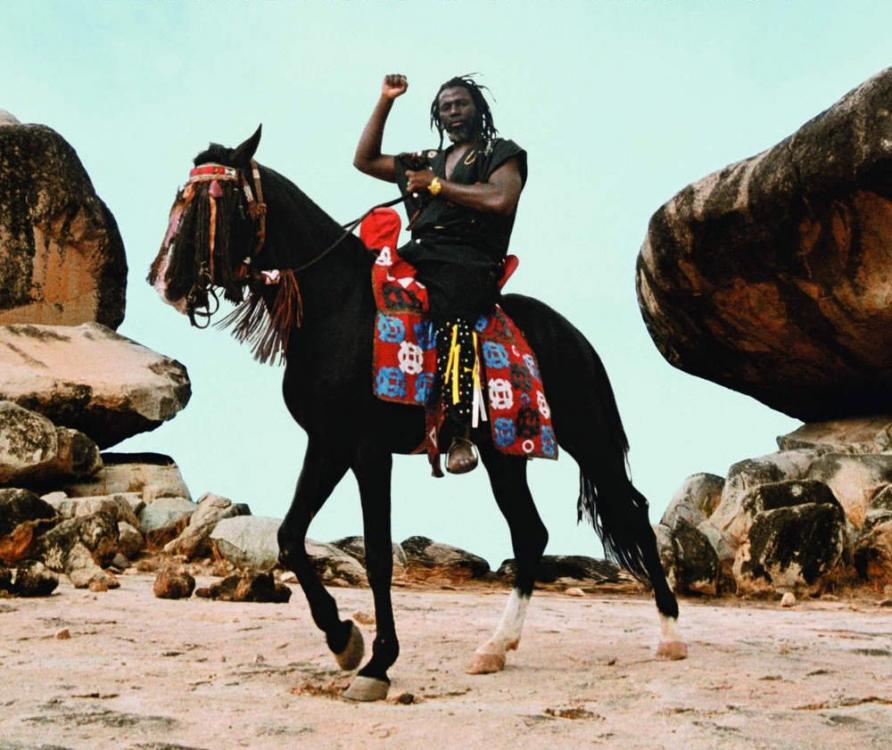
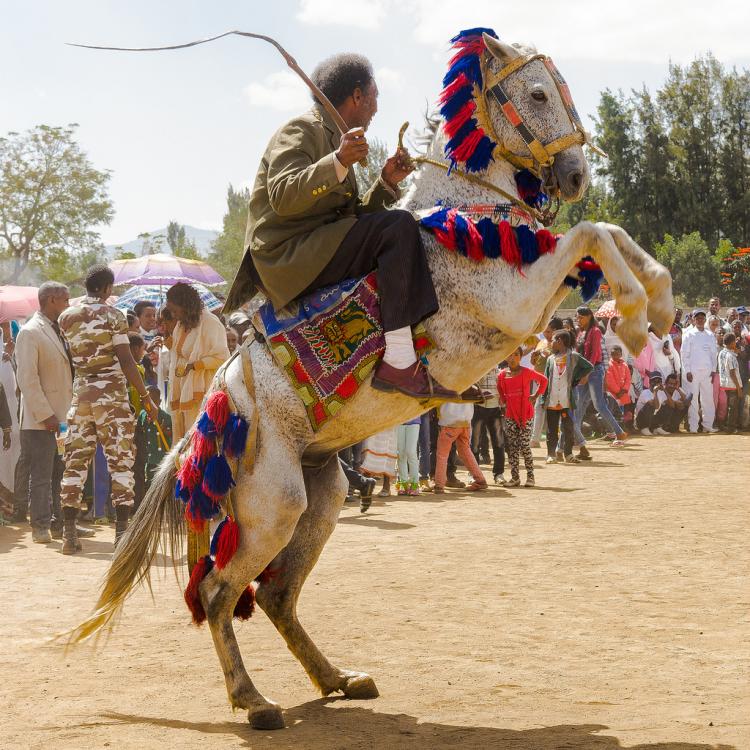
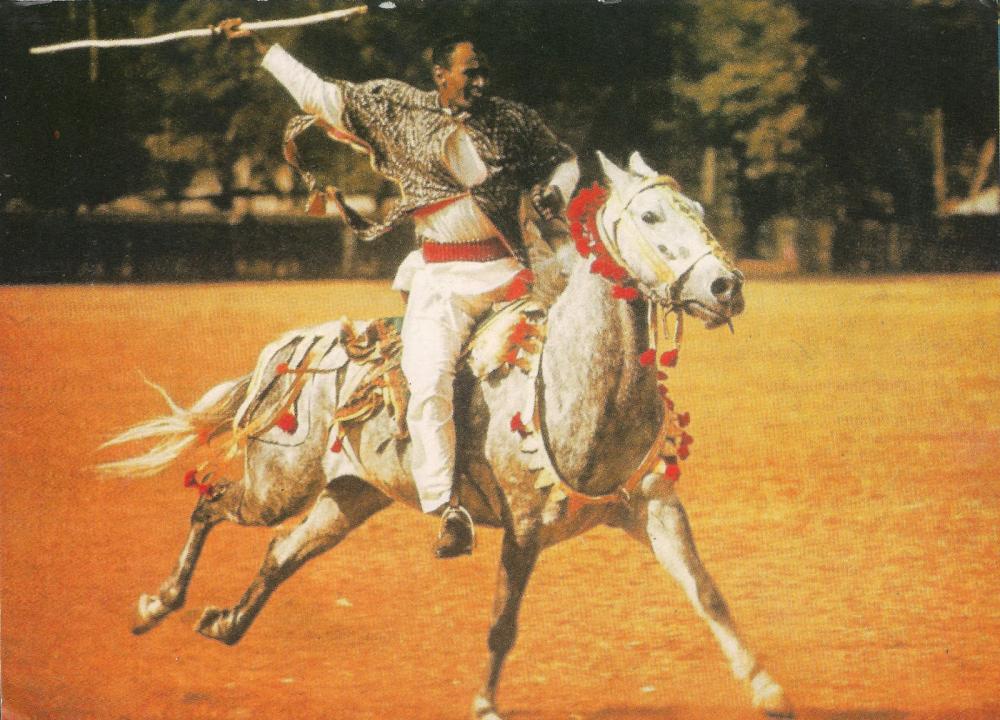
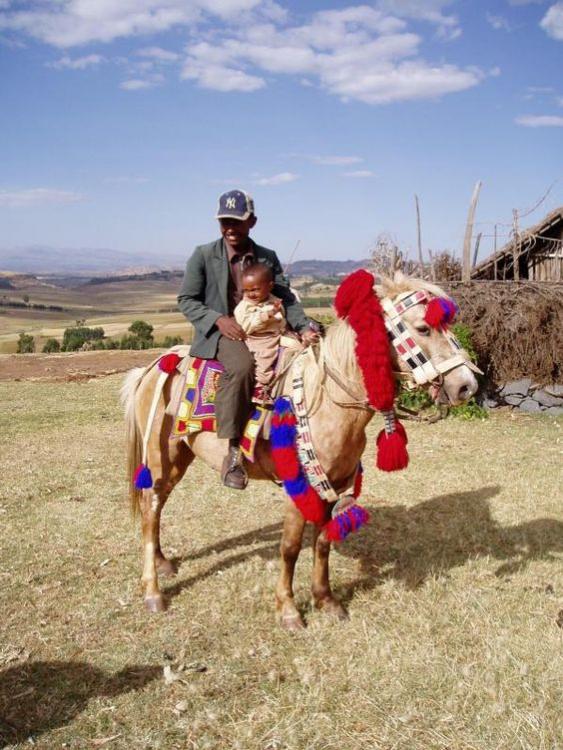
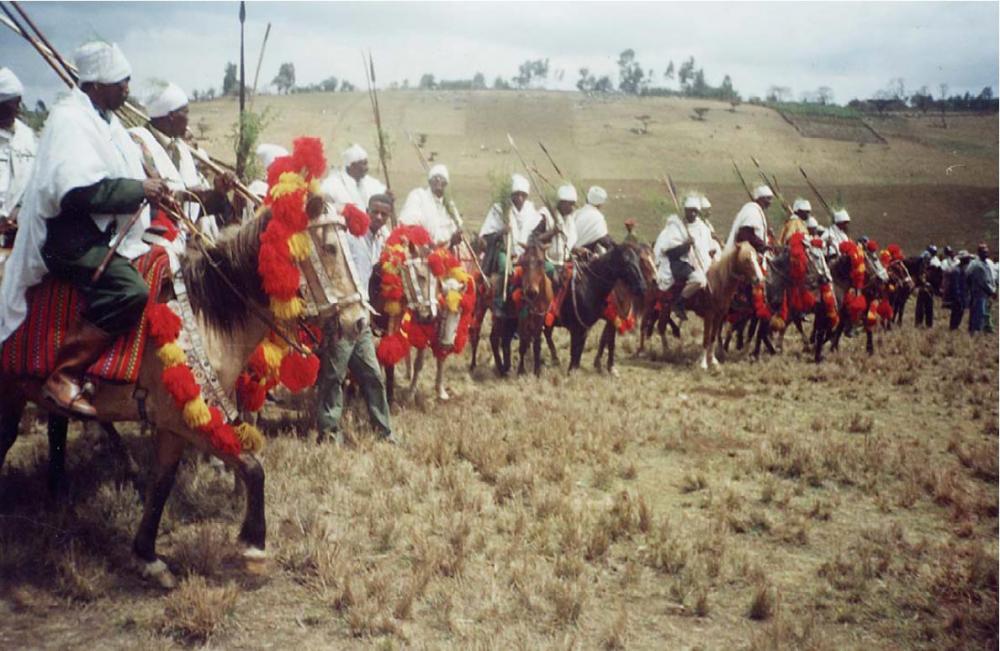
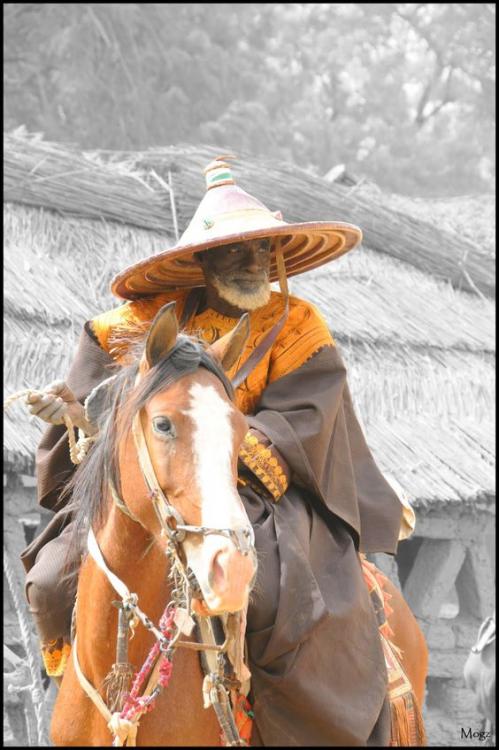
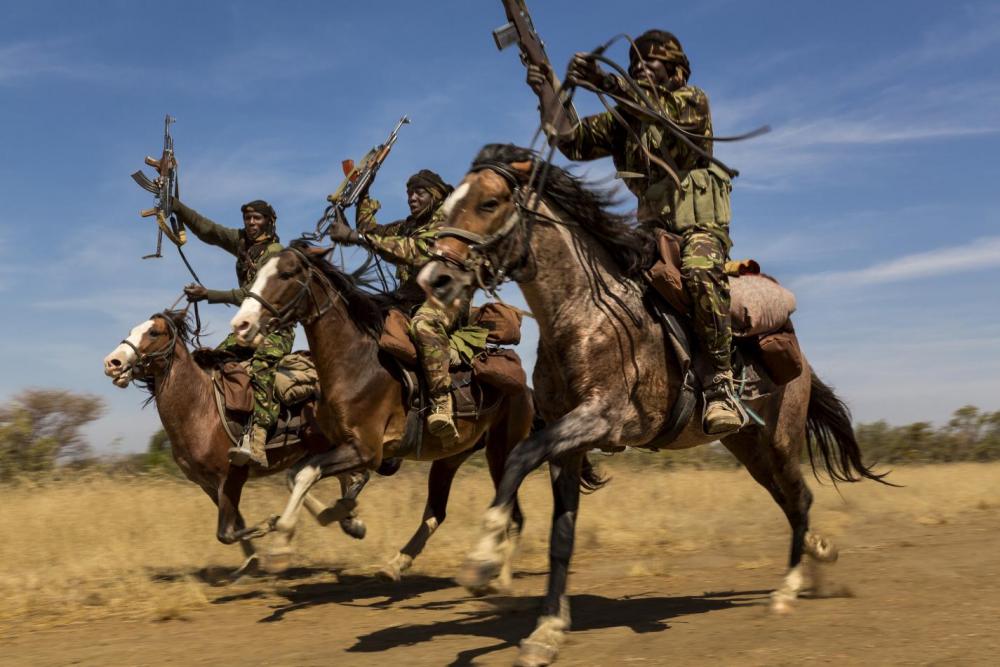
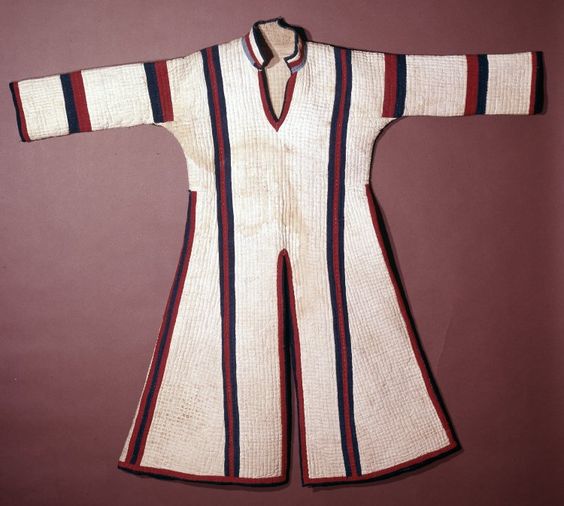
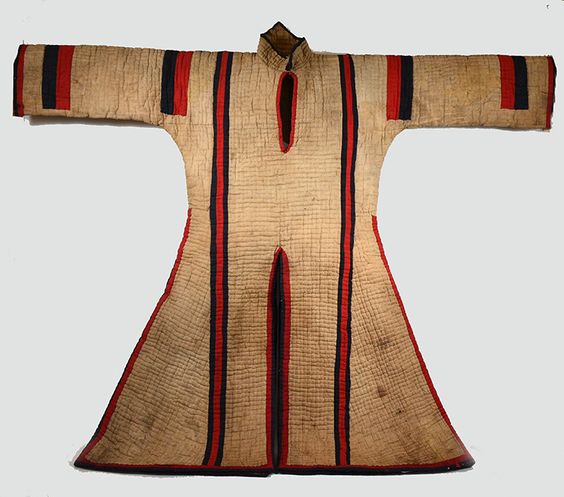
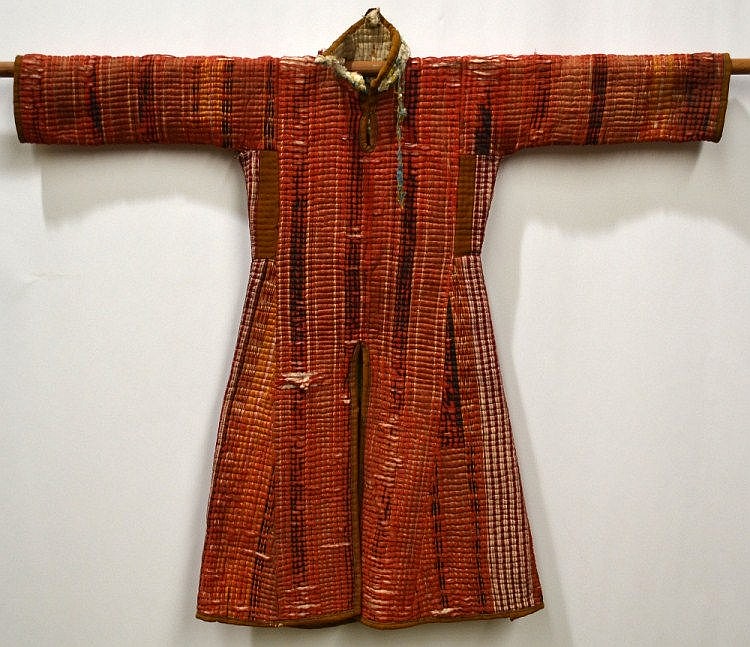
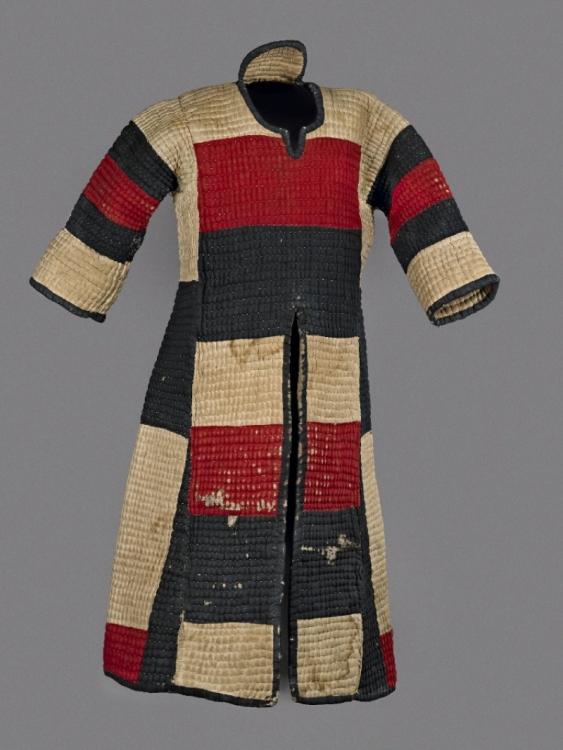
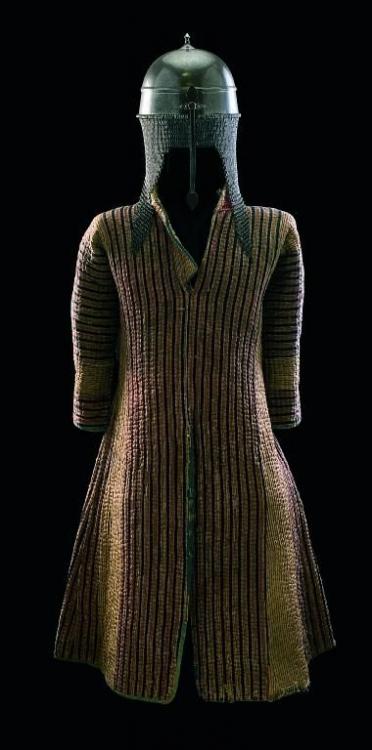
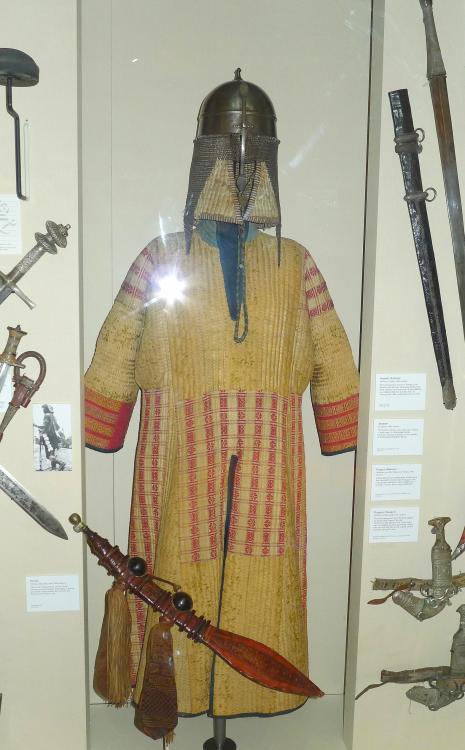
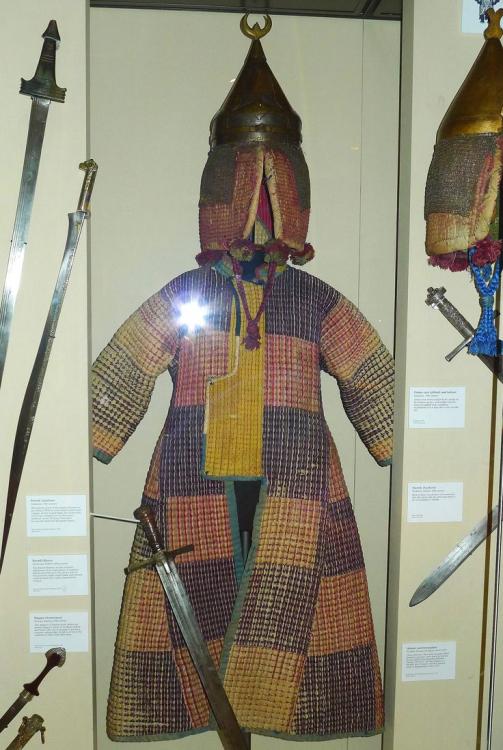
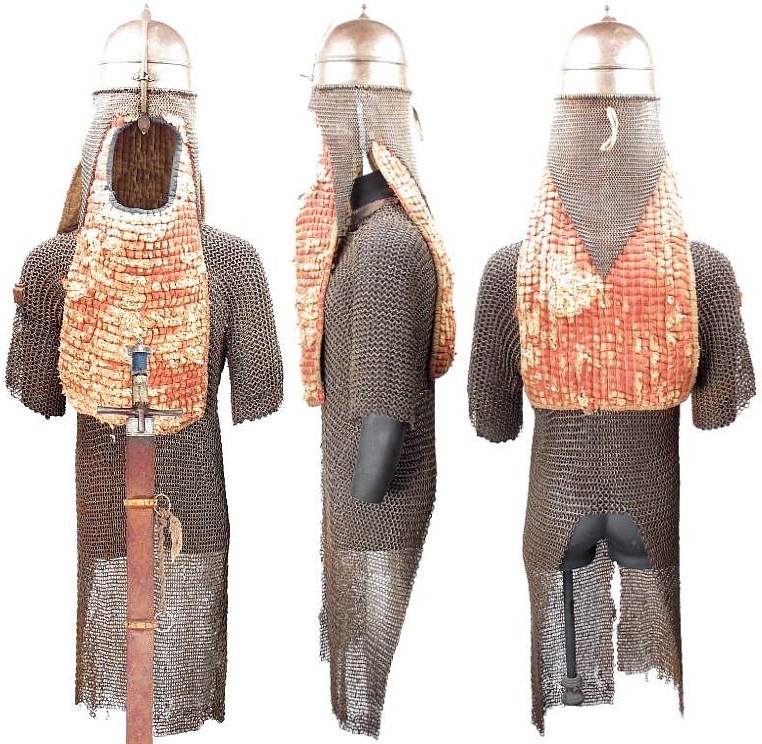
Rome Total War II Desert kingdoms
in Introductions & Off-Topic Discussion
Posted
Exactly... When it comes to Kushites it's impossible not to come across this forum when you're doing a bit of in depth searching. And indeed, by no means is it limited to the Kushites. When I'm searching for good reference stuff for other 0AD factions, much of the best stuff redirects back to some thread on this very forum, lol...
Anyway, I have my suspicions about Civ VI and their "Nubians" as well...
Hey, it's open-source and I don't own most of the reference material anyway, so who cares, right...
What I don't get about Total War is that they have such beautiful models, yet increasingly negligent in the historicity department. It's like historical-fantasy now...
Those female archers? Sexy, but what's the source, other than that one dude saying their women also fought (which I believe, but that doesn't mean you know what they looked like). Why do they use falcatas? Why does the female swordswoman (?) carry a Touareg hide shield? Why do Kushites employ Greeks in giant towered African war-elephants of the large bush-elephant type? I'm going to lose my @#$% over those zebra hide shields... Nabatean cavalry uses Seleucid horse-crown? Sabaeans look like Hellenised Persians... And that's just the intro-video..
I'd be more impressed if they didn't just try to monetise free mods.